Medicinal Herbs
Medicinal herbs are plant-based substances used to promote health and well-being, typically in the form of teas, tinctures, or capsules.
They are a great natural remedy because they are often free from harsh chemicals and can be tailored to individual needs, making them a popular choice for those seeking a holistic approach to health.
Examples of popular medicinal herbs include ginger, which is commonly used to alleviate nausea and inflammation, and peppermint, which is known for its digestive benefits and ability to calm the mind.
By incorporating medicinal herbs into their daily routine, individuals can experience a range of health benefits and improve their overall quality of life.
This page lists the best medicinal herbs used in herbalism.
Table of Contents
- 1. Achillea millefolium
- 2. Acorus calamus
- 3. Aesculus hippocastanum
- 4. Allium sativum
- 5. Aloe vera
- 6. Alpinia officinarum
- 7. Ammi visnaga
- 8. Angelica sinensis
- 9. Apium graveolens
- 10. Arctium lappa
- 11. Artemisia absinthium
- 12. Artemisia annua
- 13. Astragalus membranaceus
- 14. Azadirachta indica
- 15. Barosma betulina
- 16. Bupleurum chinense
- 17. Calendula officinalis
- 18. Capsicum annuum
- 19. Cassia senna
- 20. Centella asiatica
- 21. Chamomilla recutita
- 22. Cimicifuga racemosa
- 23. Cinchona officinalis
- 24. Cinnamomum camphora
- 25. Codonopsis pilosula
- 26. Coleus forskohlii
- 27. Commiphora molmol
- 28. Corydalis yanhusuo
- 29. Crataegus oxyacantha
- 30. Curcuma longa
- 31. Dioscorea villosa
- 32. Echinacea purpurea
- 33. Elettaria cardamomum
- 34. Eleutherococcus senticosus
- 35. Ephedra sinica
- 36. Eucalyptus globulus
- 37. Eugenia caryophyllata
- 38. Filipendula ulmaria
- 39. Gentiana lutea
- 40. Ginkgo biloba
- 41. Glycyrrhiza glabra
- 42. Hamamelis virginiana
- 43. Harpagophytum procumbens
- 44. Humulus lupulus
- 45. Hydrastis canadensis
- 46. Hypericum perforatum
- 47. Inula helenium
- 48. Lavandula angustifolia
- 49. Linum usitatissimum
- 50. Lobelia inflata
- 51. Lycium chinense
- 52. Melaleuca alternifolia
- 53. Melissa officinalis
- 54. Myristica fragrans
- 55. Ocimum tenuiflorum
- 56. Paeonia lactiflora
- 57. Panax ginseng
- 58. Passiflora incarnata
- 59. Pelargonium sidoides
- 60. Persea americana
- 61. Piper methysticum
- 62. Plantago major
- 63. Polygonum multiflorum
- 64. Rehmannia glutinosa
- 65. Rheum palmatum
- 66. Rhodiola rosea
- 67. Rosmarinus officinalis
- 68. Salix alba
- 69. Salvia miltiorrhiza
- 70. Salvia officinalis
- 71. Sambucus nigra
- 72. Schisandra chinensis
- 73. Scutellaria baicalensis
- 74. Scutellaria lateriflora
- 75. Serenoa repens
- 76. Silybum marianum
- 77. Symphytum officinale
- 78. Tabebuia rosea
- 79. Tanacetum parthenium
- 80. Taraxacum officinale
- 81. Terminalia arjuna
- 82. Thymus vulgaris
- 83. Turnera diffusa
- 84. Ulmus rubra
- 85. Urtica dioica
- 86. Vaccinium myrtillus
- 87. Valeriana officinalis
- 88. Verbena officinalis
- 89. Viburnum opulus
- 90. Vitex agnus-castus
- 91. Withania somnifera
- 92. Zanthoxylum americanum
- 93. Zea mays
- 94. Zingiber officinale
- 95. Abies balsamea
- 96. Abrus precatorius
- 97. Abutilon indicum
- 98. Acacia catechu
- 99. Acacia nilotica
- 100. Acanthus mollis
- 101. Achyranthes bidentata
- 102. Aconitum napellus
- 103. Adhatoda vasica
- 104. Adiantum capillus-veneris
- 105. Adonis vernalis
1. Achillea millefolium
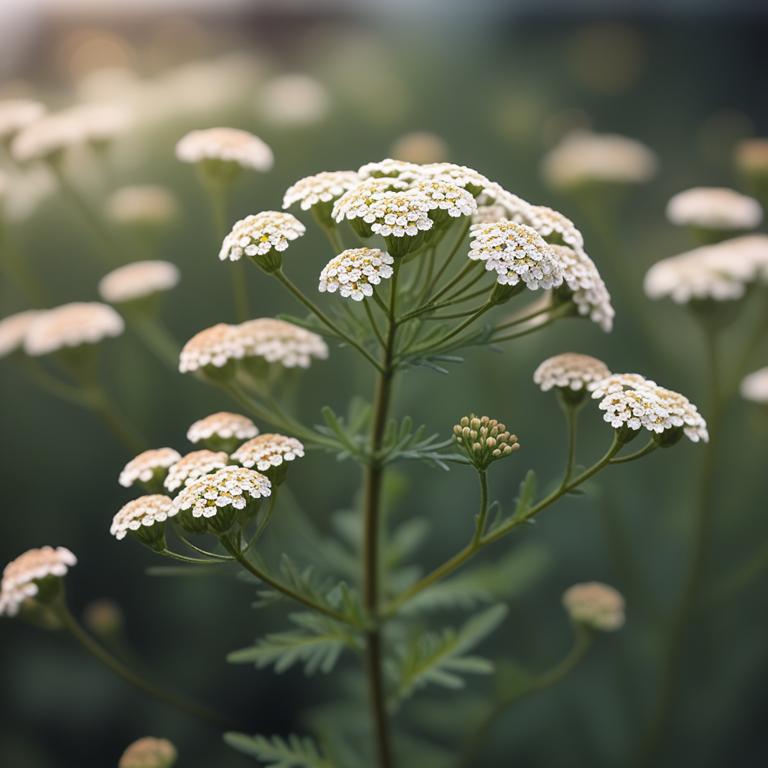
Achillea millefolium is a flowering plant, commonly known as yarrow, that has been used for centuries in traditional medicine due to its numerous health benefits.
The bioactive constituents of this herb include sesquiterpene lactones, flavonoids, and phenolic acids, which have been shown to exhibit anti-inflammatory, antimicrobial, and antioxidant properties.
The benefits of yarrow include reducing inflammation and pain, promoting wound healing, and supporting digestive health, as well as its potential to reduce fever and alleviate symptoms of menopause.
Yarrow is used in herbal teas, infusions, and topical applications, such as creams and salves, to take advantage of its medicinal properties and is also used in traditional cosmetics and perfumes for its fragrance and preservative qualities.
Example Benefits:
- Reduces inflammation
- Eases pain
- Soothes digestion
The following table displays the major preparations of Achillea millefolium and examples of ailments they help cure.
| Preparation | Ailments |
|---|---|
| Millefolium tincture | Menstrual cramps, insect bites, fever |
| Yarrow tea | Gastrointestinal issues, anxiety, inflammatory conditions |
| Millefolium infusion | Wounds, diarrhea, menstrual irregularities |
| Yarrow oil | Skin conditions, respiratory issues, muscle spasms |
| Millefolium salve | Burns, eczema, rashes |
Check Achillea Millefolium Complete Medicinal Profile.
2. Acorus calamus
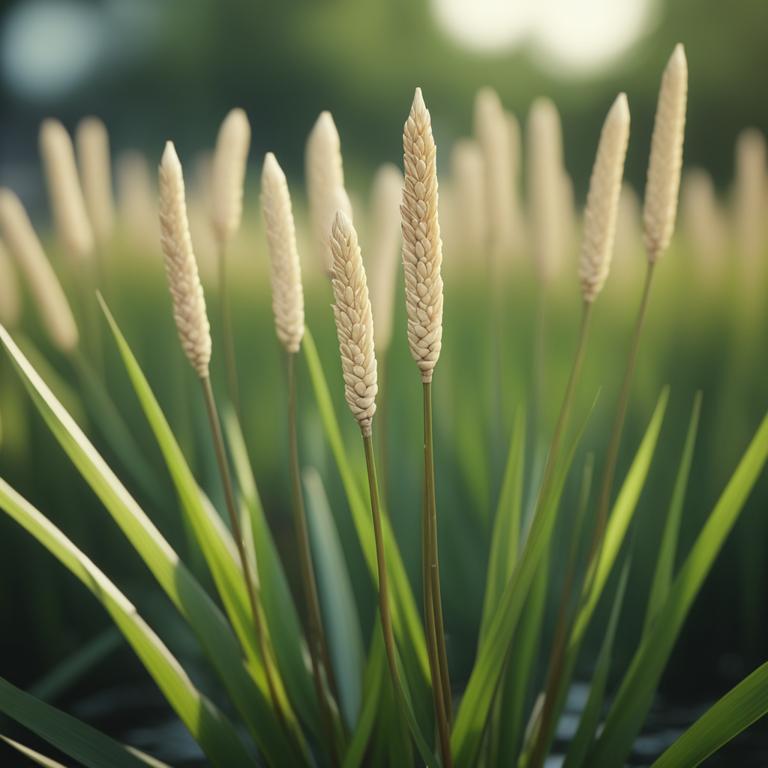
Acorus calamus is a perennial herb belonging to the Acoraceae family, commonly known as sweet flag or calamus root.
The bioactive constituents of Acorus calamus include volatile oils, such as beta-asarone, beta-bisabolol, and beta-asaronol, which have been found to possess anti-inflammatory and antimicrobial properties.
The herb has been traditionally used to treat various health issues, including digestive problems, anxiety, and insomnia, due to its sedative and carminative effects.
Acorus calamus is used in traditional medicine, as an ingredient in aromatherapy, and as a flavoring agent in food and beverages.
Example Benefits:
- Reduces anxiety
- Alleviates fever
- Relieves stress
- Eases insomnia
The following table displays the major preparations of Acorus calamus and examples of ailments they help cure.
| Preparation | Ailments |
|---|---|
| Calamus tincture | Digestive issues, anxiety, insomnia |
| Calamus essential oil | Pain relief, skin irritations, respiratory issues |
| Calamus infusion | Fever reduction, coughs, colic in infants |
| Calamus decoction | Gas and bloating, nausea, headaches |
| Calamus syrup | Sore throats, coughs, digestive issues |
Check Acorus Calamus Complete Medicinal Profile.
3. Aesculus hippocastanum
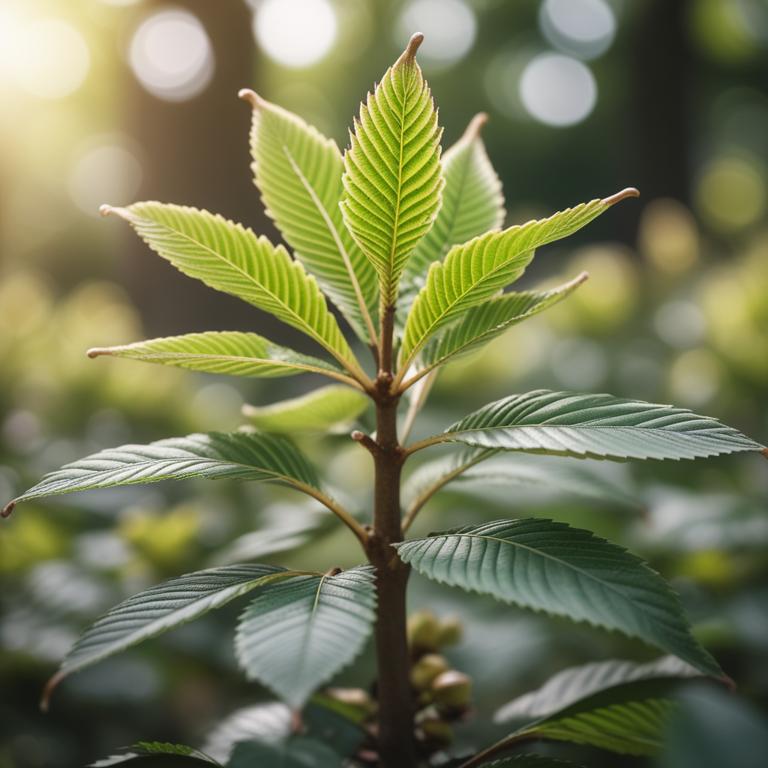
Aesculus hippocastanum is a herb, also known as the Horse Chestnut tree, which is native to the Balkan Peninsula and parts of southern Europe.
The bioactive constituents of this herb include aescin, a saponin compound that has anti-inflammatory and vascular-protective properties, as well as flavonoids and phenolic acids that have antioxidant and antimicrobial activities.
The benefits of Aesculus hippocastanum herb include its ability to reduce inflammation and improve symptoms of conditions such as varicose veins, hemorrhoids, and swelling, as well as its potential to support heart health and lower cholesterol levels.
The herb can be used in various forms, including topical creams and ointments for skin conditions, oral supplements for cardiovascular health, and tea for its antioxidant properties.
Example Benefits:
- Improves circulation
- Reduces hypertension
- Relieves pain
- Reduces risk of heart disease
The following table displays the major preparations of Aesculus hippocastanum and examples of ailments they help cure.
| Preparation | Ailments |
|---|---|
| Aesculus tincture | Varicose veins, itching, insect bites |
| Aesculus cream | Eczema, itchy skin, skin irritations |
| Aesculus oil | Dry skin, skin cracks, skin fissures |
| Aesculus extract | Insect stings, itchy rashes, allergic reactions |
Check Aesculus Hippocastanum Complete Medicinal Profile.
4. Allium sativum
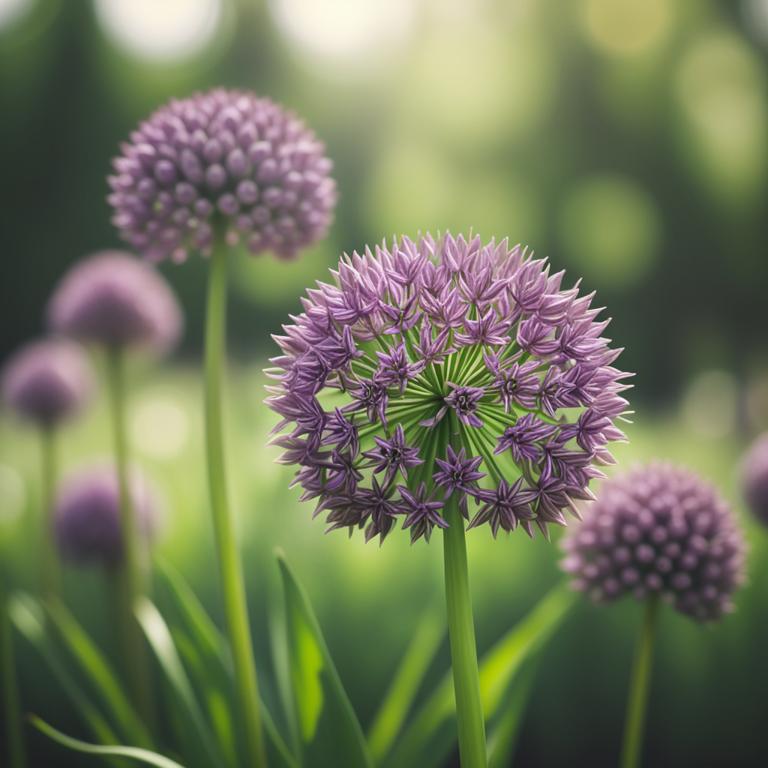
Allium sativum is a perennial herb belonging to the Allium genus, commonly known as garlic.
The bioactive constituents of this herb include flavonoids, such as quercetin and kaempferol, and organosulfur compounds like allicin, which are responsible for its pungent aroma and health benefits.
The benefits of consuming Allium sativum include its ability to lower cholesterol levels, reduce blood pressure, and exhibit antimicrobial properties, which can help protect against infections and diseases.
This herb is widely used in traditional medicine and as a flavoring agent in cooking, with applications ranging from natural remedies for colds and flu to culinary uses in sauces, marinades, and seasonings.
Example Benefits:
- Reduces inflammation
- Boosts immune system
- Fights cancer cells
- Improves heart health
- Fights bacterial infections
The following table displays the major preparations of Allium sativum and examples of ailments they help cure.
| Preparation | Ailments |
|---|---|
| Garlic oil | Insect bites, cold sores, earaches |
| Garlic tincture | Flatulence, indigestion, sinusitis |
| Garlic capsules | High blood pressure, fungal infections, cold and flu |
| Raw garlic juice | Gum inflammation, bad breath, allergies |
| Garlic tea | Coughs, bronchitis, stress |
Check Allium Sativum Complete Medicinal Profile.
5. Aloe vera
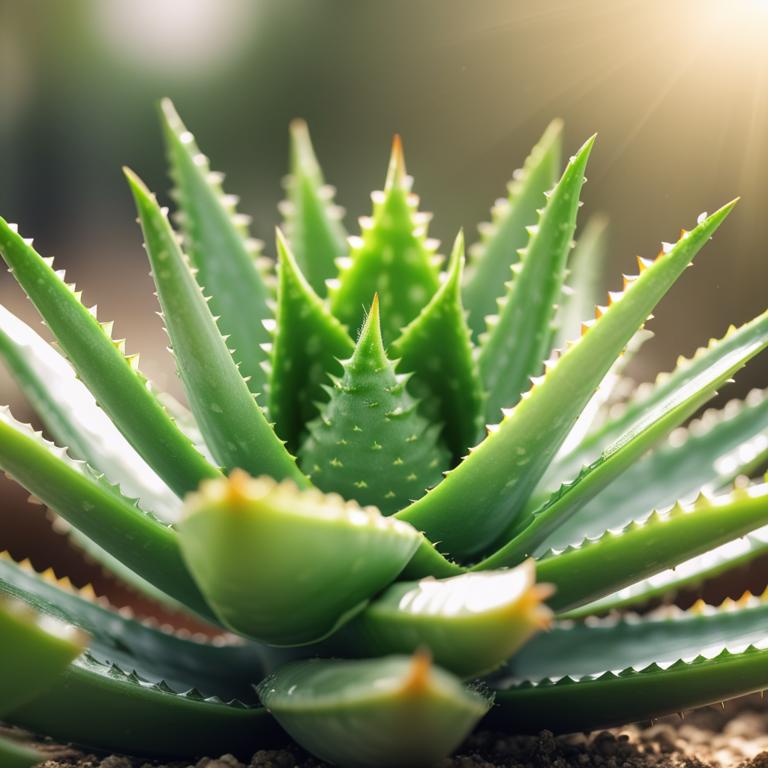
Aloe vera is a succulent plant species that belongs to the Asphodelaceae family, commonly known as the aloe vera herb.
The herb contains bioactive constituents such as aloin, aloe-emodin, and vitamins A, C, and E, which contribute to its medicinal properties.
Aloe vera has been associated with various health benefits, including reducing inflammation, soothing skin irritations, and aiding in wound healing.
It is used in skincare products, hair care products, and natural remedies for digestive issues and oral health, showcasing its versatility and potential applications.
Example Benefits:
- Heals burns
- Reduces acne
- Soothes sunburn
- Reduces inflammation
The following table displays the major preparations of Aloe vera and examples of ailments they help cure.
| Preparation | Ailments |
|---|---|
| Aloe vera gel | Burns, itching, inflammation |
| Aloe vera juice | Constipation, digestive issues, irritable bowel syndrome |
| Aloe vera ointment | Eczema, psoriasis, skin irritation |
| Aloe vera cream | Dry skin, acne, wound healing |
| Aloe vera toner | Acne, blackheads, pores |
Check Aloe Vera Complete Medicinal Profile.
6. Alpinia officinarum

Alpinia officinarum is a tropical plant species commonly known as the lesser galangal or alpinia, which belongs to the Zingiberaceae family.
This herb is rich in bioactive constituents, including flavonoids, alkaloids, and sesquiterpenes, such as galangin, alpinetin, and β-sitosterol.
The benefits of Alpinia officinarum include its anti-inflammatory, antimicrobial, and antioxidant properties, which may help to reduce fever, alleviate digestive issues, and protect against oxidative stress.
Alpinia officinarum is used in traditional medicine and as a spice in various cuisines, particularly in Southeast Asian and Indian cooking, and is also employed in the production of perfumes and traditional remedies.
Example Benefits:
- Treats diabetes
- Treats bacterial infections
- Reduces fever
The following table displays the major preparations of Alpinia officinarum and examples of ailments they help cure.
| Preparation | Ailments |
|---|---|
| Tinosan | Inflammation, diarrhea, fever |
| Alpinin | Asthma, cough, allergies |
| Galbulin | Cold, sinusitis, respiratory issues |
| Tinosporin | Infections, inflammation, pain |
Check Alpinia Officinarum Complete Medicinal Profile.
7. Ammi visnaga
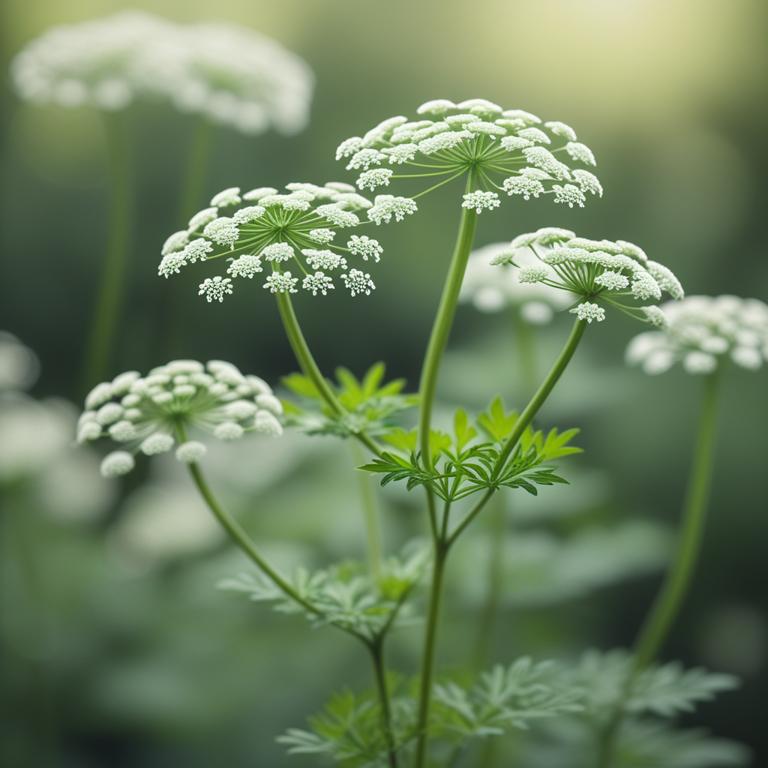
Ammi visnaga is a flowering plant native to the Mediterranean region, also known as the sea fleece flower or bishop's weed.
The bioactive constituents of this herb include coumarins, alkaloids, and phenolic compounds such as scopoletin, scopoletin glucoside, and visnagin, which possess anti-inflammatory, antispasmodic, and antioxidant properties.
The benefits of Ammi visnaga herb include its use in treating respiratory issues, such as bronchitis and asthma, as well as its ability to reduce inflammation and alleviate menstrual cramps.
Traditionally, Ammi visnaga has been used in herbal medicine to treat various conditions, including digestive issues, insomnia, and skin problems, often in the form of teas, infusions, or dried extracts.
Example Benefits:
- Relieves arthritis
- Reduces inflammation
- Reduces pain
- Heals wounds
The following table displays the major preparations of Ammi visnaga and examples of ailments they help cure.
| Preparation | Ailments |
|---|---|
| Visnaga tincture | Asthma, cough, bronchitis |
| Visnaga extract | Anxiety, insomnia, nervousness |
| Visnaga tea | Digestive issues, flatulence, colic |
| Visnaga infusion | Urinary tract infections, kidney stones, cystitis |
| Visnaga oil | Muscle spasms, menstrual cramps, arthritis |
Check Ammi Visnaga Complete Medicinal Profile.
8. Angelica sinensis
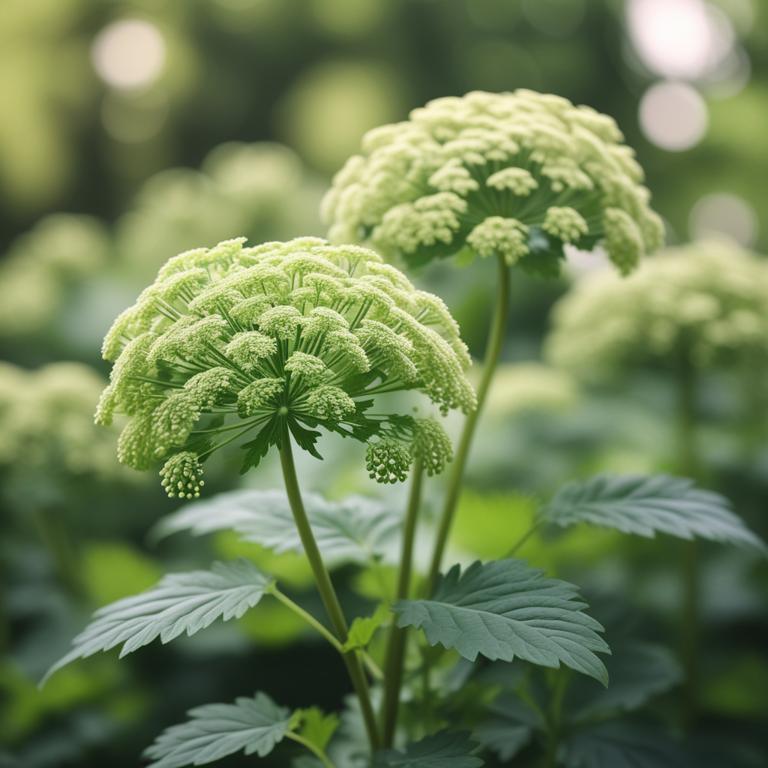
Angelica sinensis is a traditional Chinese medicinal herb, also known as dong quai, which has been used for centuries to promote women's health and well-being.
The bioactive constituents of this herb include ferulic acid, isoflavones, and polysaccharides, which have been shown to exhibit anti-inflammatory, antioxidant, and immunomodulatory properties.
The benefits of Angelica sinensis include reducing menstrual cramps and improving symptoms of menopause, as well as potentially lowering cholesterol levels and reducing the risk of cardiovascular disease.
Angelica sinensis is commonly used in teas, capsules, and tinctures to promote menstrual health, reduce stress and anxiety, and support overall women's health.
Example Benefits:
- Reduces inflammation
- Relieves pain
- Antioxidant properties
- Improves cardiovascular health
The following table displays the major preparations of Angelica sinensis and examples of ailments they help cure.
| Preparation | Ailments |
|---|---|
| Dong quai tincture | Menstrual cramps, anemia, endometriosis |
| Angelica sinensis extract | Fatigue, anxiety, insomnia |
| Dong quai tea | Digestive issues, menopausal symptoms, cold and flu |
| Dong quai capsules | Menstrual irregularities, hormonal imbalance, thyroid issues |
| Dong quai infusion | Stress, adrenal fatigue, autism spectrum disorder |
Check Angelica Sinensis Complete Medicinal Profile.
9. Apium graveolens
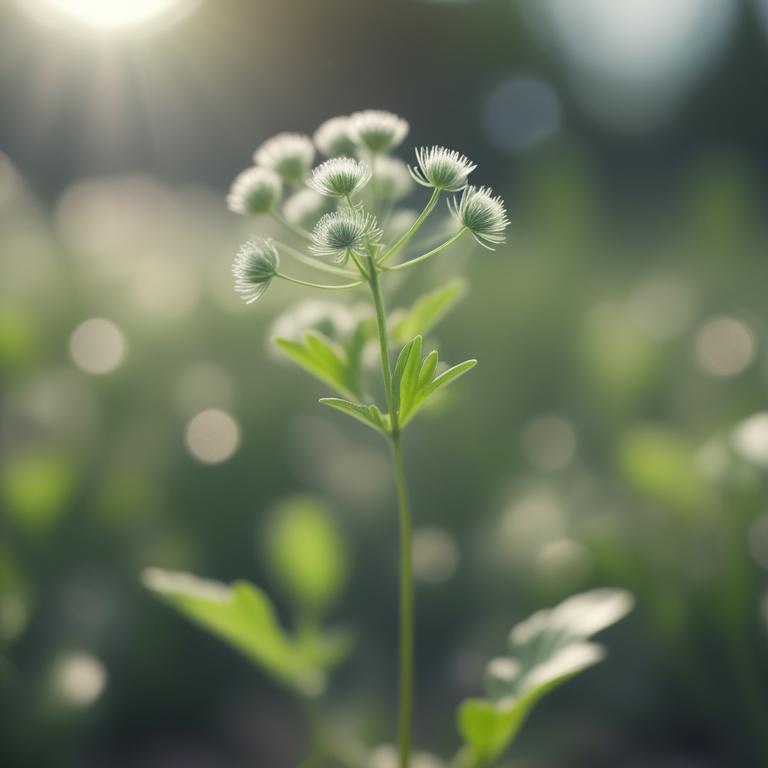
Apium graveolens is a type of herb commonly known as celery or wild celery, belonging to the carrot family (Apiaceae).
It is a rich source of bioactive constituents, including apigenin, luteolin, and sesquiterpenes, which have been found to possess antioxidant, anti-inflammatory, and antimicrobial properties.
The benefits of Apium graveolens include its potential to reduce inflammation, improve cardiovascular health, and exhibit anticancer properties.
This herb is commonly used in traditional medicine and as a flavoring agent in various cuisines, with uses including soups, salads, and as a garnish for various dishes.
Example Benefits:
- Reduces inflammation
- Suppresses cancer cells
- Boosts immune system
- Kills bacteria
- Fights off parasites
The following table displays the major preparations of Apium graveolens and examples of ailments they help cure.
| Preparation | Ailments |
|---|---|
| Celery seed tincture | Menstrual cramps, digestive issues, rheumatism |
| Celery root tea | Inflammation, urinary issues, kidney stones |
| Celery oil | Antibacterial, antiviral, skin irritations |
| Celery extract capsules | Antioxidant, immune system, cancer prevention |
| Celery infused oil | Skin conditions, hair care, wound healing |
Check Apium Graveolens Complete Medicinal Profile.
10. Arctium lappa
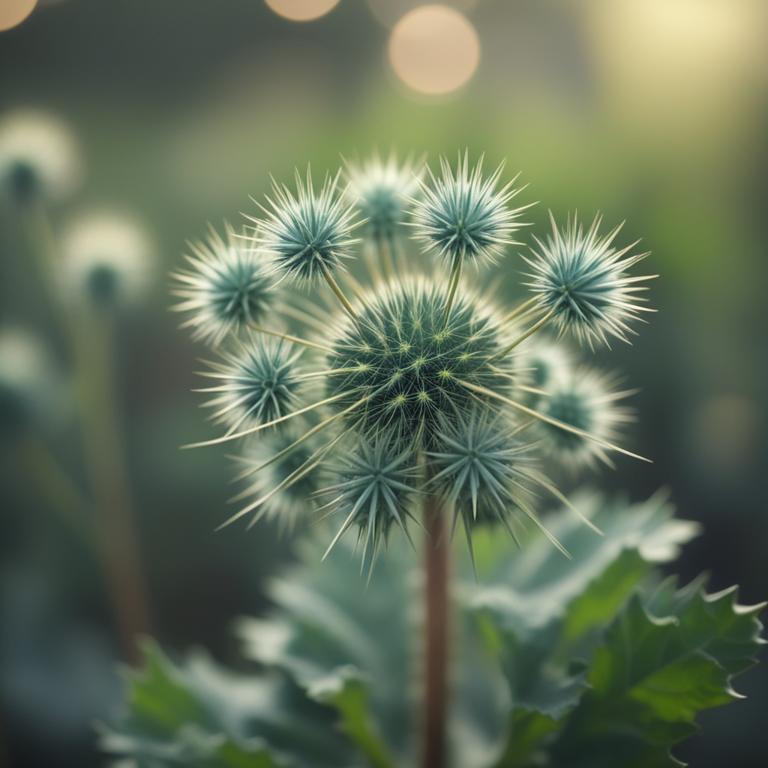
Arctium lappa is a perennial herb also known as burdock, belonging to the Asteraceae family.
The bioactive constituents of Arctium lappa include inulin, arctiin, and arctigenin, which have been shown to possess anti-inflammatory, antioxidant, and antimicrobial properties.
The herb has been associated with various benefits, including reducing inflammation, improving skin health, and supporting immune function.
Arctium lappa is used in traditional medicine to treat various conditions, such as arthritis, eczema, and digestive issues, and is also used in skincare products due to its anti-aging and skin-soothing properties.
Example Benefits:
- Reduces inflammation
- Lowers cholesterol
- Boosts immune system
The following table displays the major preparations of Arctium lappa and examples of ailments they help cure.
| Preparation | Ailments |
|---|---|
| Lappa tincture | Diarrhea, fever, inflammation |
| Burdock root tea | Arthritis, digestive issues, skin conditions |
| Lappa infusion | Constipation, menstrual cramps, nervous disorders |
| Dried burdock root | Kidney stones, poisoning, rheumatism |
| Lappa extract capsules | Allergies, cancer prevention, infections |
Check Arctium Lappa Complete Medicinal Profile.
11. Artemisia absinthium

Artemisia absinthium is a perennial herb, also known as wormwood, belonging to the Asteraceae family.
It is defined by its bitter taste and distinctive aroma, which is often associated with the spirit absinthe.
Bioactive constituents of this herb include thujone, camphor, and borneol, as well as flavonoids and phenolic acids, which contribute to its medicinal properties.
The benefits of this herb include its anti-inflammatory, antimicrobial, and antioxidant effects, which can be used to treat conditions such as digestive issues, fever, and skin problems, and it is often used in traditional medicine, as an ingredient in teas, infusions, and tinctures.
Example Benefits:
- Reduces fever
- Eliminates worms
- Relieves arthritis
- Treats respiratory issues
- Cures malaria
The following table displays the major preparations of Artemisia absinthium and examples of ailments they help cure.
| Preparation | Ailments |
|---|---|
| Absinthe tincture | Nervous disorders, sleep problems, digestive issues |
| Artemisia infusion | Migraines, anxiety, menstrual cramps |
| Wormwood extract | Intestinal parasites, fungal infections, bacterial infections |
| Absinthe oil | Skin conditions, muscle pain, respiratory issues |
Check Artemisia Absinthium Complete Medicinal Profile.
12. Artemisia annua
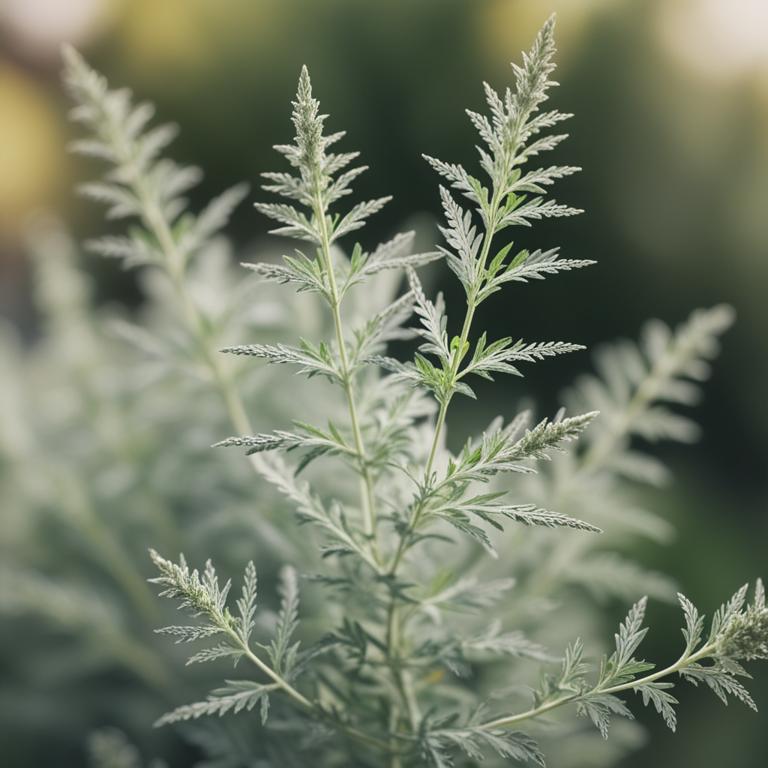
Artemisia annua is a perennial herb native to Asia, commonly known as sweet wormwood or annual wormwood.
It is defined as a plant containing a high concentration of artemisinin, a bioactive compound with potent antimalarial properties.
The bioactive constituents of Artemisia annua include artemisinin, artemisinic acid, and sesquiterpenes, which are responsible for its therapeutic effects.
The benefits of this herb include its ability to treat malaria, reduce inflammation, and exhibit antioxidant and anti-cancer properties, making it useful in traditional medicine and modern pharmaceutical applications.
Example Benefits:
- Treats malaria
- Reduces fever
- Prevents oxidative stress
- Prevents cell aging
The following table displays the major preparations of Artemisia annua and examples of ailments they help cure.
| Preparation | Ailments |
|---|---|
| Artemisinin tincture | Malaria, fever, inflammation |
| Artemisinin capsules | Pneumonia, fever, bacterial infections |
| Artemisinin tea | Digestive issues, menstrual cramps, fatigue |
| Artemisinin extract | Skin infections, wounds, ulcers |
| Artemisinin oil | Pain, inflammation, antibacterial properties |
Check Artemisia Annua Complete Medicinal Profile.
13. Astragalus membranaceus
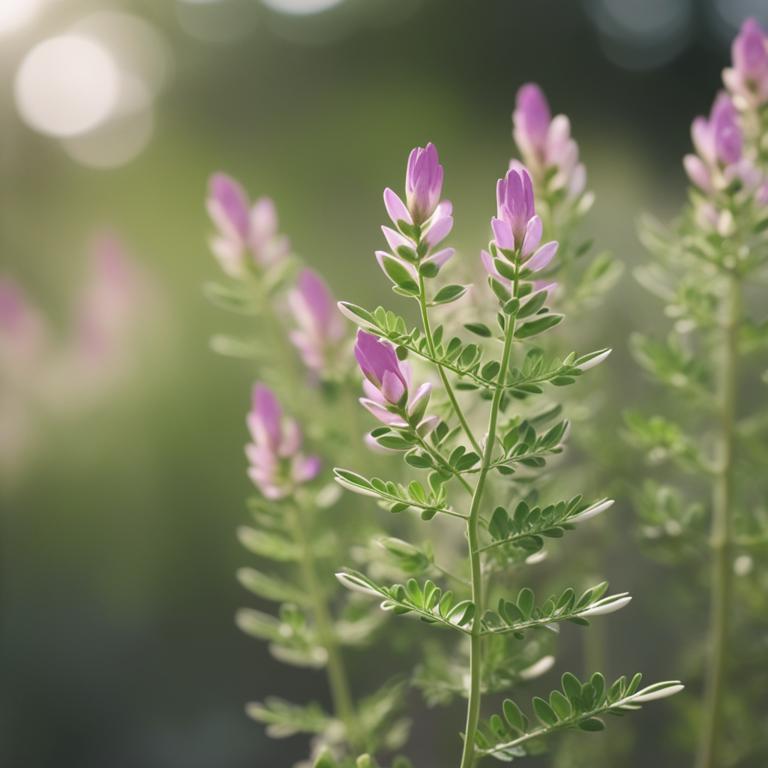
Astragalus membranaceus is a traditional Chinese herb also known as Huang Qi, which is derived from the root of the Astragalus membranaceus plant.
It is rich in bioactive constituents such as astragalosides, polysaccharides, and flavonoids, which have been shown to possess anti-inflammatory, antioxidant, and immunomodulatory properties.
The benefits of Astragalus membranaceus include its ability to boost the immune system, reduce fatigue and stress, and improve cardiovascular health.
This herb is used in traditional Chinese medicine to treat a variety of conditions, including respiratory infections, digestive issues, and immune system disorders.
Example Benefits:
- Boosts immune system
- Suppresses inflammation
- Reduces oxidative stress
- Fights off viruses
The following table displays the major preparations of Astragalus membranaceus and examples of ailments they help cure.
| Preparation | Ailments |
|---|---|
| Astragalus extract capsules | Fatigue, weakened immune system, chronic bronchitis |
| Astragalus tonic syrup | Cough, sore throat, respiratory infections |
| Astragalus tea | Digestive issues, menstrual cramps, anxiety |
| Astragalus infusion liquid | Inflammation, skin conditions, allergies |
| Astragalus granules | Low blood pressure, impaired cognitive function, hypoglycemia |
Check Astragalus Membranaceus Complete Medicinal Profile.
14. Azadirachta indica

Azadirachta indica is a medicinal herb also known as neem, which is native to the Indian subcontinent and Southeast Asia.
This herb contains a variety of bioactive constituents, including limonoids, terpenoids, and flavonoids, such as azadirachtin, nimbin, and nimandial, which are responsible for its medicinal properties.
The benefits of neem include its antimicrobial, antifungal, and anti-inflammatory properties, as well as its ability to act as an antioxidant and to support the immune system.
Neem has been used in traditional medicine for various purposes, including as an antiseptic, insect repellent, and hair and skin treatment, and it is also used in modern medicine to treat conditions such as skin infections, parasites, and dental problems.
Example Benefits:
- Repels mosquitoes
- Treats malaria
- Reduces fever
The following table displays the major preparations of Azadirachta indica and examples of ailments they help cure.
| Preparation | Ailments |
|---|---|
| Neem oil | Lice infestation, scabies, fungal infections |
| Azadirachta tincture | Insect bites, skin infections, fungal infections |
| Neem cream | Acne, psoriasis, eczema |
| Neem powder | Wound infections, fever reduction, insect repellent |
| Neem tea | Fever reduction, digestive issues, skin conditions |
Check Azadirachta Indica Complete Medicinal Profile.
15. Barosma betulina
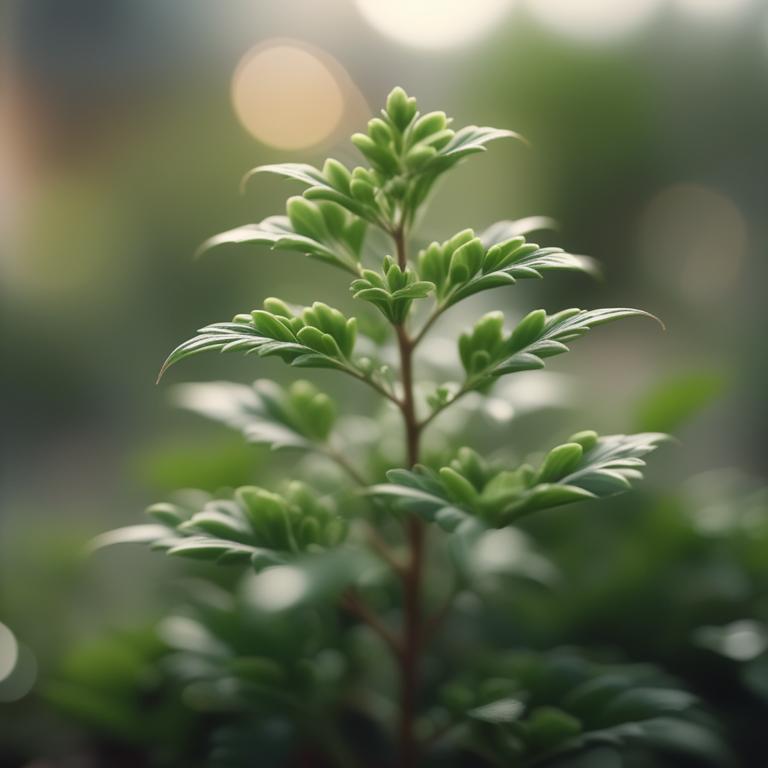
Barosma betulina is a plant species native to South Africa, commonly known as the 'Buchu' herb, which belongs to the Rutaceae family.
The bioactive constituents of Barosma betulina include essential oils (e.g., limonene, beta-pinene), flavonoids (e.g., quercetin, kaempferol), and phenolic acids (e.g., gallic acid, ellagic acid), which are responsible for its medicinal properties.
The benefits of Barosma betulina include its antimicrobial, anti-inflammatory, and antioxidant effects, which can help to alleviate urinary tract infections, digestive issues, and skin problems.
Traditionally, the herb is used in tea form to treat various health conditions, and its essential oil is used in aromatherapy and as a natural insect repellent.
Example Benefits:
- Fights infections
- Reduces inflammation
- Supports immune system
- Heals wounds
- Relieves cough
The following table displays the major preparations of Barosma betulina and examples of ailments they help cure.
| Preparation | Ailments |
|---|---|
| Barosma oil | Digestive issues, flatulence, bad breath |
| Betulinic ointment | Skin infections, boils, acne |
| Betulinic extract | Cancer prevention, fungal infections, antimicrobial properties |
| Betulinic capsules | Digestive issues, inflammation, antioxidant properties |
| Betulinic powder | Wound healing, infection prevention, antimicrobial properties |
Check Barosma Betulina Complete Medicinal Profile.
16. Bupleurum chinense
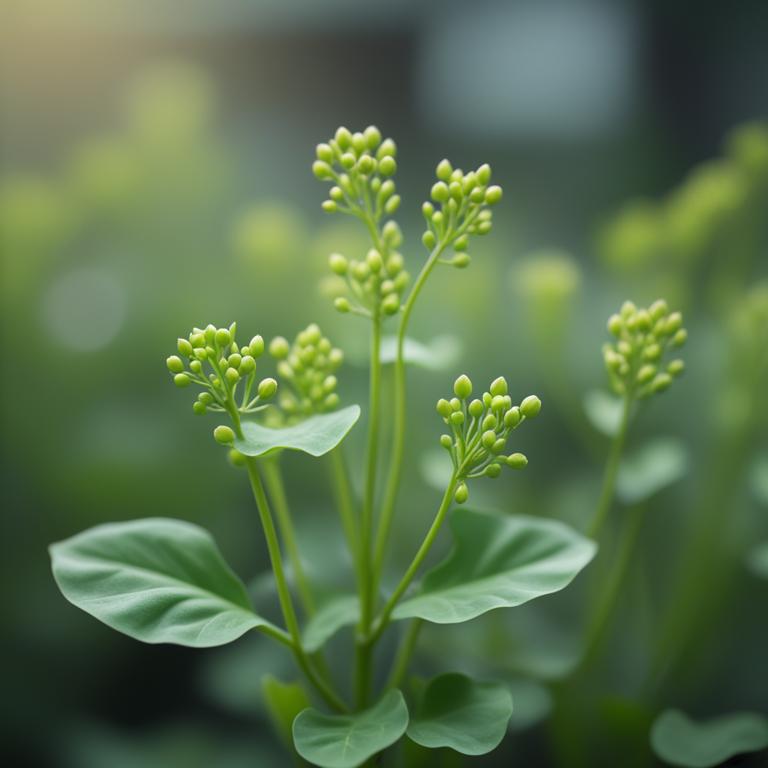
Bupleurum chinense is a traditional Chinese medicinal herb, also known as Chai Hu, which is derived from the root of the Bupleurum chinense plant.
This herb contains bioactive constituents such as saikosaponins, flavonoids, and alkaloids, which are responsible for its medicinal properties.
The benefits of Bupleurum chinense include its anti-inflammatory, antiviral, and immunomodulatory effects, which can help alleviate symptoms of anxiety, depression, and respiratory diseases.
It is commonly used in traditional Chinese medicine to treat a range of conditions, including fever, rheumatism, and digestive issues, and is often combined with other herbs to enhance its therapeutic effects.
Example Benefits:
- Reduces inflammation
- Boosts immune system
- Heals anxiety
- Lowers blood pressure
The following table displays the major preparations of Bupleurum chinense and examples of ailments they help cure.
| Preparation | Ailments |
|---|---|
| Xiao chai hu tang | Liver disease, fever, inflammation |
| Chai hu shu gan san | Anxiety, depression, insomnia |
| Bupleurum-scutellaria decoction | Digestive issues, allergies, respiratory problems |
| Jin shin san | Pain relief, menstrual issues, fatigue |
| Huang qi chai hu tang | Weakened immune system, skin problems, hormonal imbalance |
Check Bupleurum Chinense Complete Medicinal Profile.
17. Calendula officinalis
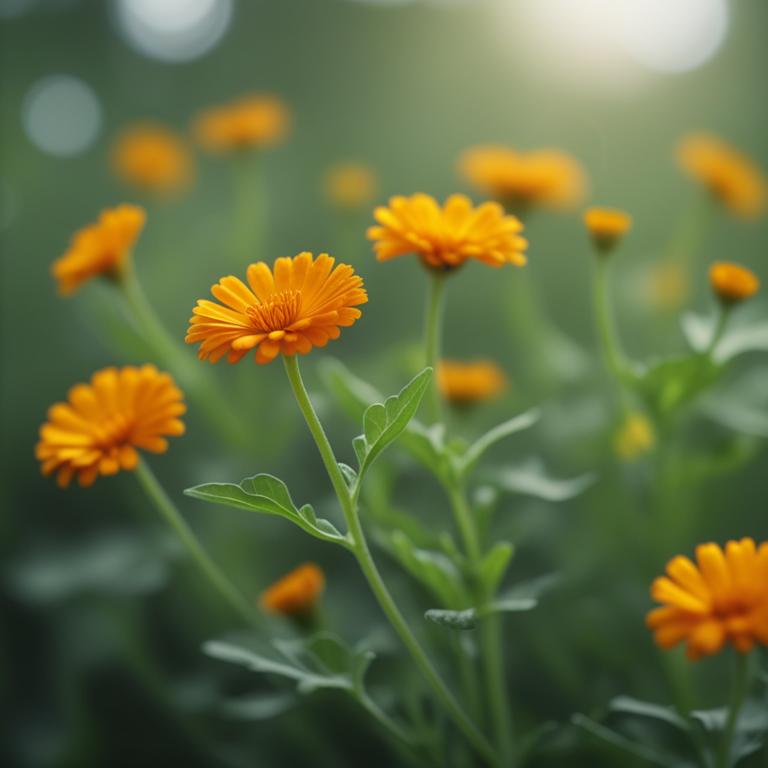
Calendula officinalis is a flowering plant belonging to the daisy family, commonly known as pot marigold.
The bioactive constituents of this herb include flavonoids, such as quercetin and kaempferol, as well as terpenoids like triterpenes and saponins.
The benefits of calendula officinalis include its anti-inflammatory, antimicrobial, and antioxidant properties, which have been associated with wound healing, skin protection, and the treatment of minor skin irritations and infections.
This herb is used in various forms, including teas, infusions, topical creams, and ointments, to soothe skin conditions, promote skin health, and provide relief from minor burns and scrapes.
Example Benefits:
- Heals wounds
- Reduces inflammation
- Fights infections
- Soothes skin irritations
The following table displays the major preparations of Calendula officinalis and examples of ailments they help cure.
| Preparation | Ailments |
|---|---|
| Calendula cream | Eczema, minor burns, skin irritations |
| Calendula tincture | Wounds, insect bites, inflammatory conditions |
| Calendula salve | Psoriasis, chapped skin, abrasions |
| Calendula infused oil | Sunburns, dry skin, muscle soreness |
Check Calendula Officinalis Complete Medicinal Profile.
18. Capsicum annuum
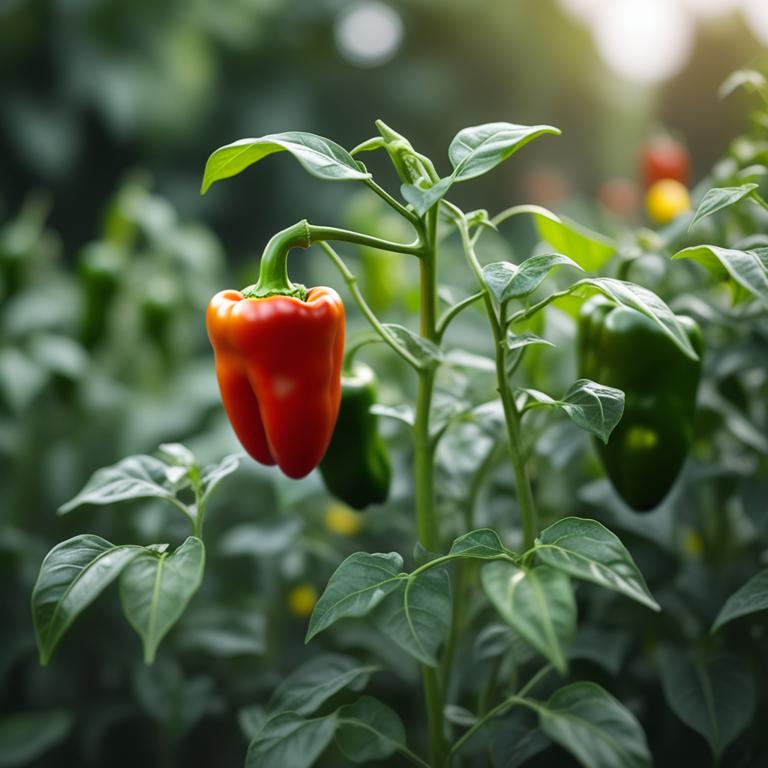
Capsicum annuum is a popular herb belonging to the nightshade family, scientifically known as Solanaceae, and is commonly referred to as sweet or bell pepper.
It is a rich source of bioactive constituents such as capsaicin, quercetin, and ferulic acid, which have been shown to possess antioxidant, anti-inflammatory, and analgesic properties.
The benefits of consuming Capsicum annuum include its ability to improve cardiovascular health, reduce inflammation, and provide antioxidant protection, while also supporting weight loss and exercise performance.
This herb is widely used in various forms, including fresh peppers, supplements, and spices, in traditional medicine, cooking, and as a natural remedy for pain relief and digestive issues.
Example Benefits:
- Reduces inflammation
- Boosts immune system
- Reduces oxidative stress
- Reduces risk of heart disease
- Reduces pain and discomfort
The following table displays the major preparations of Capsicum annuum and examples of ailments they help cure.
| Preparation | Ailments |
|---|---|
| Capsicum tincture | Arthritis, gout, muscle pain |
| Capsaicin cream | Back pain, nerve pain, sciatica |
| Dried capsicum | Digestive issues, menstrual cramps, sinus congestion |
| Capsicum tea | Cold, flu, nasal congestion |
| Capsaicin oil | Itching, psoriasis, skin irritation |
Check Capsicum Annuum Complete Medicinal Profile.
19. Cassia senna
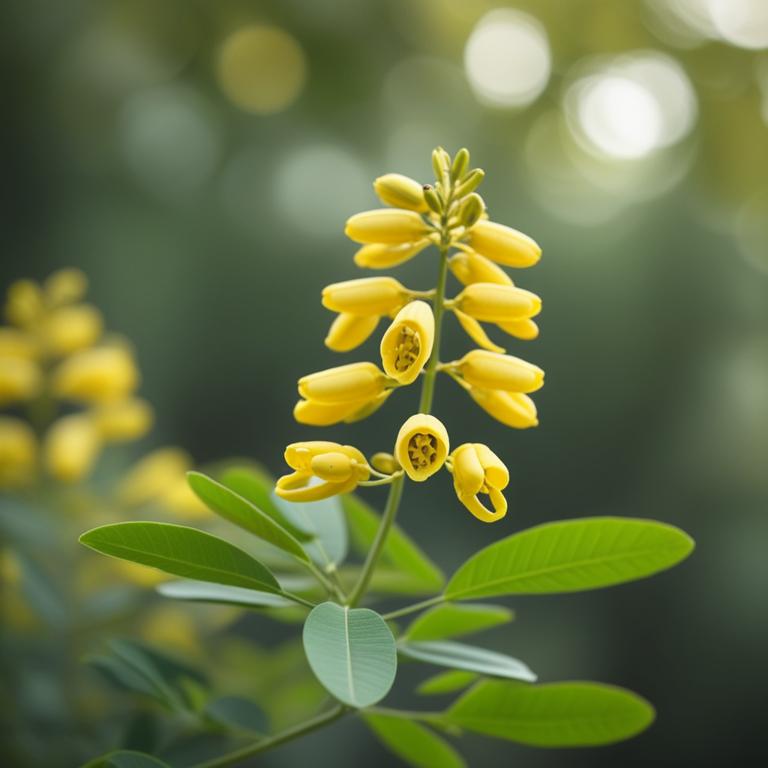
Cassia senna is a traditional herbal remedy derived from the leaves of the Cassia auriculata plant, commonly known as the golden shower tree.
The leaves of this plant contain a range of bioactive constituents, including glycosides, flavonoids, and terpenoids, which have been shown to possess anti-inflammatory, antioxidant, and immunomodulatory properties.
The benefits of Cassia senna include its potential to support digestive health, reduce inflammation, and exhibit antimicrobial activity, making it a popular ingredient in traditional medicine.
Cassia senna is used in various forms, including tea, capsules, and topical creams, to promote overall well-being and alleviate symptoms of various health conditions.
Example Benefits:
- Improves digestion
- Reduces blood sugar levels
- Relieves constipation
The following table displays the major preparations of Cassia senna and examples of ailments they help cure.
| Preparation | Ailments |
|---|---|
| Senna tea | Constipation, irritable bowel syndrome, diarrhea |
| Cascara sagrada | Constipation, bloating, indigestion |
| Senna pods | Diarrhea, bowel obstruction, gastroenteritis |
| Sennosides | Constipation, gastrointestinal obstruction, colic |
| Senna liquid extract | Irritable bowel syndrome, gastroenteritis, bloating |
Check Cassia Senna Complete Medicinal Profile.
20. Centella asiatica
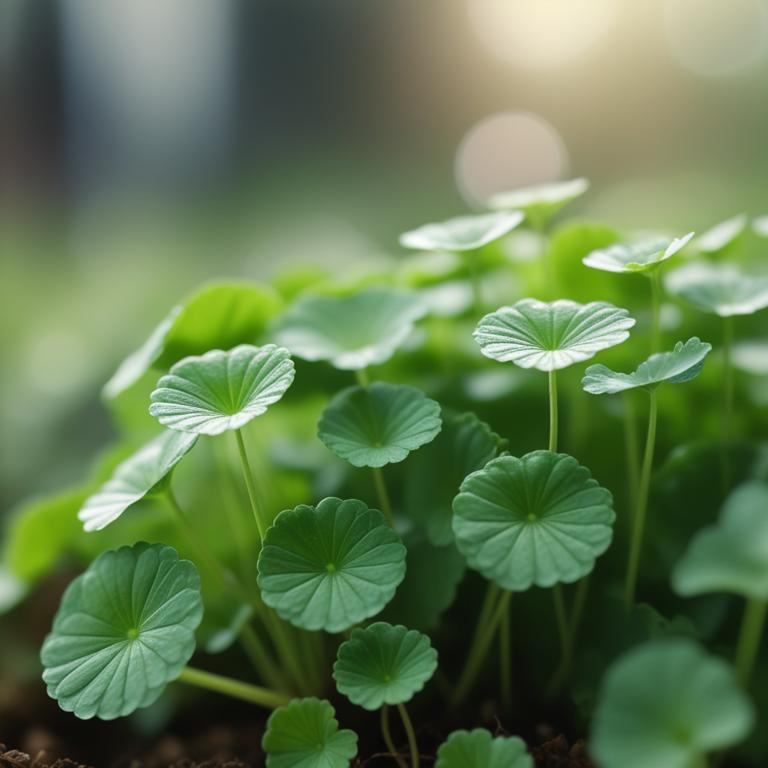
Centella asiatica is an herb also known as gotu kola, a plant species native to Asia and Africa, which has been used in traditional medicine for centuries.
The bioactive constituents of centella asiatica include triterpenoid saponins, flavonoids, and phenolic acids, such as brahmoside, asiaticoside, and madecassoside.
This herb has been reported to have various benefits, including anti-inflammatory, antioxidant, and wound-healing properties, as well as neuroprotective and antimicrobial effects.
Centella asiatica is used in traditional medicine to treat conditions such as anxiety, insomnia, and skin conditions, and it is also used as a dietary supplement to support cognitive function and overall health.
Example Benefits:
- Reduces stress
- Enhances cognitive function
- Reduces inflammation
- Improves overall well-being
- Improves memory
The following table displays the major preparations of Centella asiatica and examples of ailments they help cure.
| Preparation | Ailments |
|---|---|
| Gotu kola tincture | Memory loss, anxiety, digestive issues |
| Centella extract capsules | Skin conditions, wound healing, inflammation |
| Gotu kola tea | Fatigue, sleep disorders, stress |
| Centella oil | Muscle soreness, arthritis, nerve pain |
| Gotu kola powder | Cognitive function, immune system, antioxidant |
Check Centella Asiatica Complete Medicinal Profile.
21. Chamomilla recutita
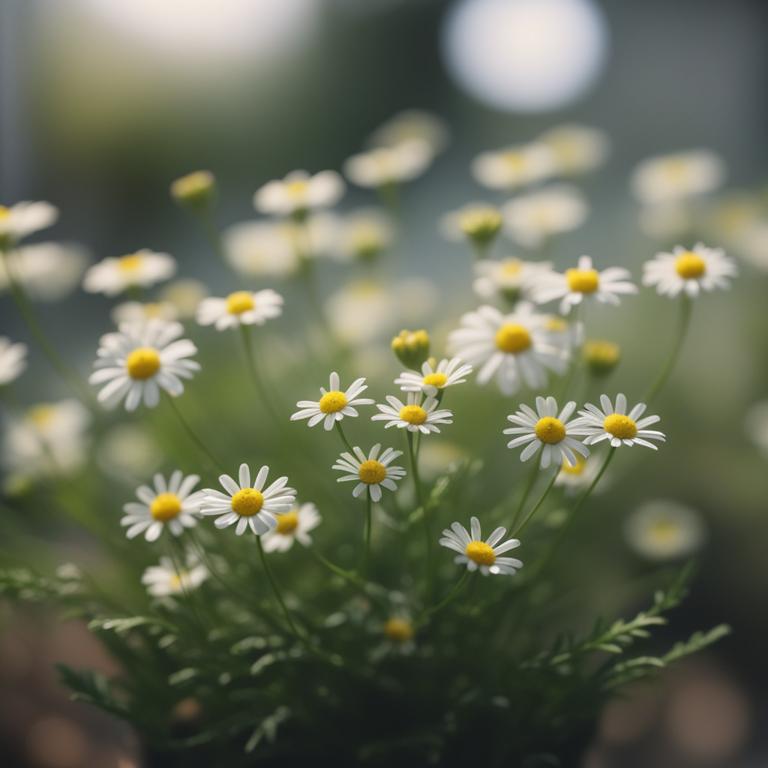
Chamomilla recutita is a flowering plant in the daisy family, commonly known as German chamomile or true chamomile.
It is a medicinal herb that has been used for centuries due to its bioactive constituents such as flavonoids (apigenin and luteolin), terpenoids (alpha-bisabolol and alpha-bisabolol acetate), and sesquiterpenes.
The benefits of this herb include its anti-inflammatory, antiseptic, and sedative properties, which can help with anxiety, insomnia, and wound healing.
Examples of uses of chamomilla recutita include teas, essential oils, and topical creams, often used to soothe skin irritations and promote relaxation.
Example Benefits:
- Relieves stress
- Reduces anxiety
- Promotes relaxation
The following table displays the major preparations of Chamomilla recutita and examples of ailments they help cure.
| Preparation | Ailments |
|---|---|
| Chamomile tea | Insomnia, anxiety, digestive issues |
| Chamomile oil | Skin irritations, muscle tension, insect bites |
| Chamomile tincture | Migraines, nausea, menstrual cramps |
Check Chamomilla Recutita Complete Medicinal Profile.
22. Cimicifuga racemosa
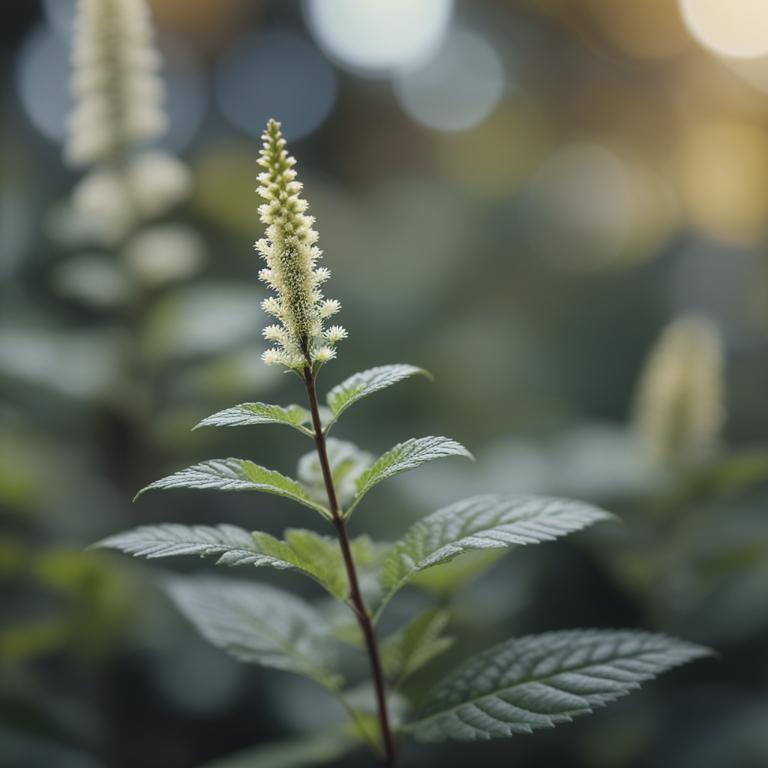
Cimicifuga racemosa is a perennial herb belonging to the Ranunculaceae family, commonly known as black cohosh.
The bioactive constituents of this herb include triterpene glycosides, such as cimicifugoside, 23-epi-26-deoxyactein, and 26-deoxyactein, as well as phenolic acids like ferulic acid and caffeic acid.
Benefits of Cimicifuga racemosa include its potential to alleviate menopausal symptoms, such as hot flashes and night sweats, and to support bone health by inhibiting the activity of osteoclasts.
This herb has been traditionally used in herbal medicine to treat a range of conditions, including anxiety, insomnia, and menstrual cramps, and is often used in combination with other herbs to enhance its therapeutic effects.
Example Benefits:
- Reduces inflammation
- Eases menstrual cramps
- Lowers anxiety levels
- Eases symptoms of menopause
- Relaxes muscles
The following table displays the major preparations of Cimicifuga racemosa and examples of ailments they help cure.
| Preparation | Ailments |
|---|---|
| Black cohosh tincture | Menstrual cramps, hot flashes, anxiety |
| Cimicifuga capsules | Migraines, insomnia, depression |
| Black cohosh tea | Menopause symptoms, digestive issues, pms |
| Cimicifuga extract | Epilepsy, pms symptoms, mood swings |
Check Cimicifuga Racemosa Complete Medicinal Profile.
23. Cinchona officinalis
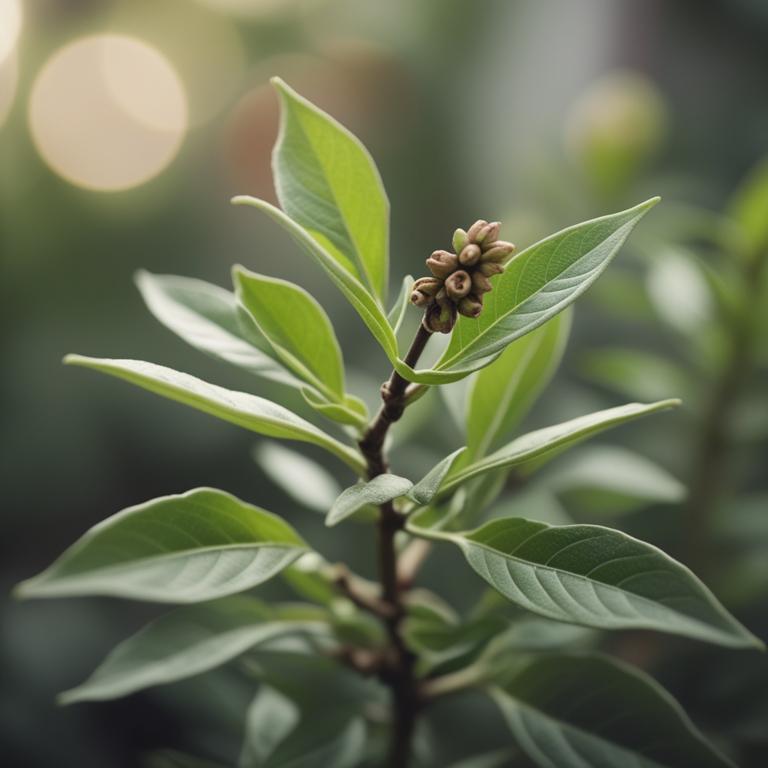
Cinchona officinalis is a tropical flowering plant native to the Andean region of South America, known for its bark which contains a group of bioactive compounds called alkaloids, specifically quinine, quinidine, cinchonine, and cinchonidine.
These alkaloids are responsible for the herb's medicinal properties, which include anti-inflammatory, antimicrobial, and antimalarial activities.
The benefits of Cinchona officinalis include its ability to treat malaria, reduce fever, and alleviate symptoms of altitude sickness, as well as its use as a cardiac stimulant and in the treatment of certain types of heart conditions.
Cinchona officinalis has been traditionally used in herbal medicine for centuries and is still used today in various forms, including tea, tinctures, and extracts, to take advantage of its bioactive constituents and therapeutic benefits.
Example Benefits:
- Reduces malaria
- Treats fever
- Fights infections
- Calms palpitations
The following table displays the major preparations of Cinchona officinalis and examples of ailments they help cure.
| Preparation | Ailments |
|---|---|
| Cinchonine tincture | Malaria, fever, chills |
| Quinine elixir | Dysentery, diarrhea, cholera |
| Cinchona bark extract | Arthritis, rheumatism, inflammation |
| Cinchonidine tonic | Anemia, fatigue, weakness |
Check Cinchona Officinalis Complete Medicinal Profile.
24. Cinnamomum camphora

Cinnamomum camphora is a tropical evergreen tree native to Asia, also known as camphor tree or Japanese camphor.
The herb is defined as the dried, unripe seed cones of the tree, which contain a mixture of bioactive constituents such as camphor, eucalyptol, and borneol.
These bioactive constituents have been shown to exhibit analgesic, anti-inflammatory, and antiseptic properties, contributing to the herb's benefits, which include reducing pain and inflammation, as well as promoting wound healing and relaxation.
Cinnamomum camphora is used in traditional medicine and has become a popular ingredient in aromatherapy, with applications in inhalers, salves, and other topical products.
Example Benefits:
- Reduces inflammation
- Heals anxiety
- Cures fever
- Fights infections
The following table displays the major preparations of Cinnamomum camphora and examples of ailments they help cure.
| Preparation | Ailments |
|---|---|
| Camphor oil | Coughs, respiratory issues, skin irritations |
| Camphor cream | Muscle pains, skin rashes, itching |
| Camphor liniment | Arthritis, sprains, bruises |
| Camphor ointment | Fungal infections, warts, cold sores |
Check Cinnamomum Camphora Complete Medicinal Profile.
25. Codonopsis pilosula
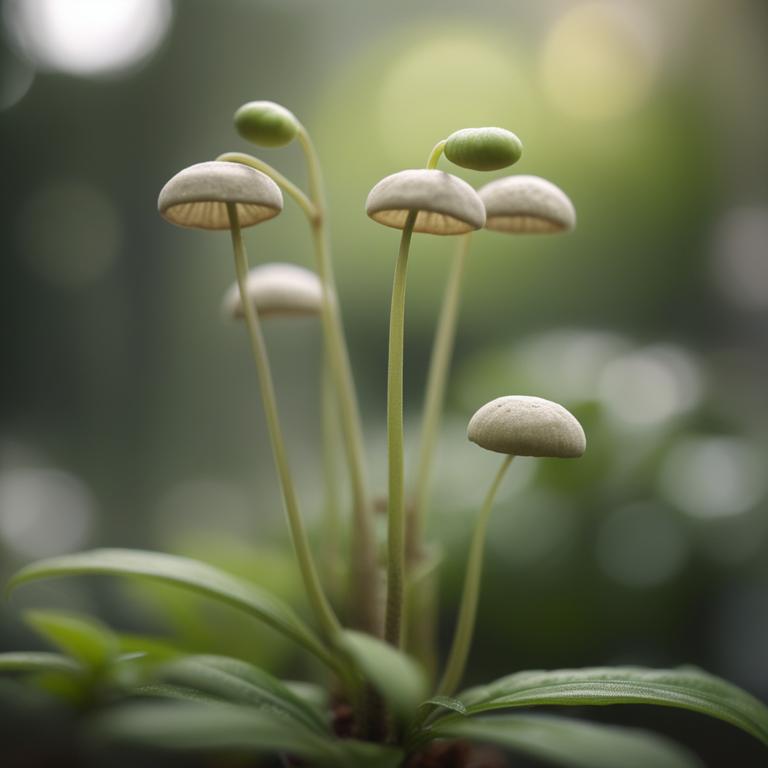
Codonopsis pilosula is a traditional Chinese herb also known as Dong Chong Xia Cao, which is used in traditional medicine to promote vitality and enhance overall well-being.
The bioactive constituents of Codonopsis pilosula include saponins, glycosides, and alkaloids, which have been shown to possess immunomodulatory, anti-inflammatory, and antioxidant properties.
This herb is believed to have various benefits, including reducing fatigue and improving cognitive function, as well as supporting the immune system and reducing stress.
Codonopsis pilosula is commonly used in traditional Chinese medicine to invigorate the spleen, promote digestion, and enhance energy levels, making it a popular ingredient in herbal teas, supplements, and tonics.
Example Benefits:
- Heals digestive issues
- Reduces stress
- Boosts immune system
- Lowers blood pressure
The following table displays the major preparations of Codonopsis pilosula and examples of ailments they help cure.
| Preparation | Ailments |
|---|---|
| Codonopsis pilosula tincture | Fatigue, anemia, asthenia |
| Dang shen extract | Chronic fatigue, hypotension, diabetes |
| Codonopsis root tea | Digestive issues, inflammation, stress |
| Dang gui wan | Menstrual issues, infertility, menopause symptoms |
| Codonopsis pill | Diarrhea, constipation, gastrointestinal issues |
Check Codonopsis Pilosula Complete Medicinal Profile.
26. Coleus forskohlii
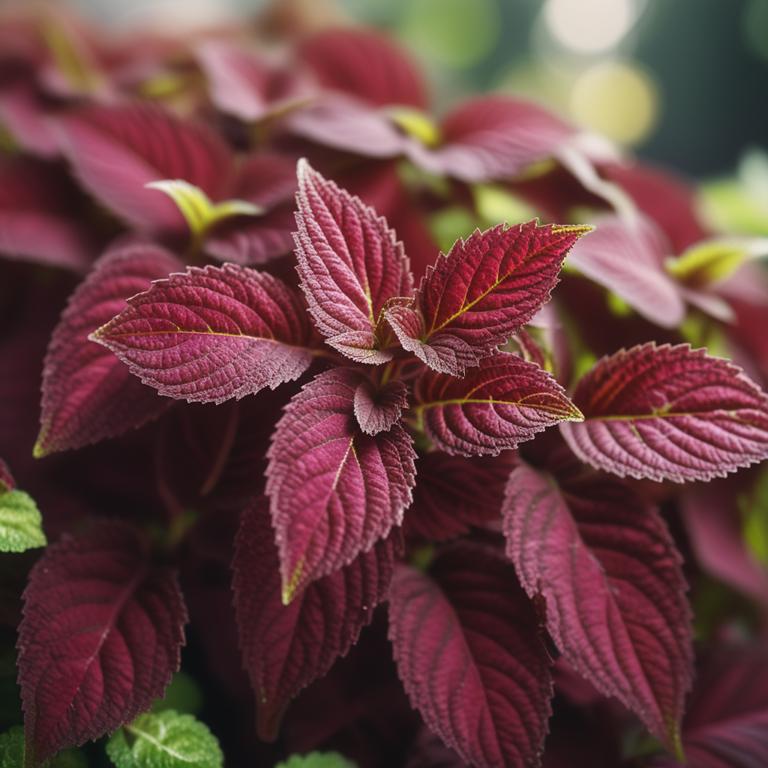
Coleus forskohlii is a perennial herb native to India and other parts of Asia, commonly known as 'Forskohlii root' or 'Indian Coleus'.
This herb contains bioactive constituents such as forskolin, which is a diterpene compound responsible for its medicinal properties, as well as other compounds like isobutyrate, acetyl isobutyrate, and other terpenoids.
The benefits of Coleus forskohlii include its potential to aid in weight loss, improve cardiovascular health, and exhibit anti-inflammatory properties.
Traditionally, this herb has been used in Ayurvedic medicine for various purposes, including as a treatment for asthma and other respiratory issues, and as a natural remedy for digestive problems.
Example Benefits:
- Heals inflammation
- Improves thyroid function
- Improves heart health
The following table displays the major preparations of Coleus forskohlii and examples of ailments they help cure.
| Preparation | Ailments |
|---|---|
| Forskolin extract | High blood pressure, asthma, allergies |
| Forskohlii capsules | Obesity, bone loss, anxiety |
| Forskolin tincture | Glaucoma, psoriasis, insomnia |
| Coleonol | Inflammatory conditions, cardiovascular issues, cancer prevention |
| Forskolin oil | Menopausal symptoms, thyroid issues, fatigue |
Check Coleus Forskohlii Complete Medicinal Profile.
27. Commiphora molmol
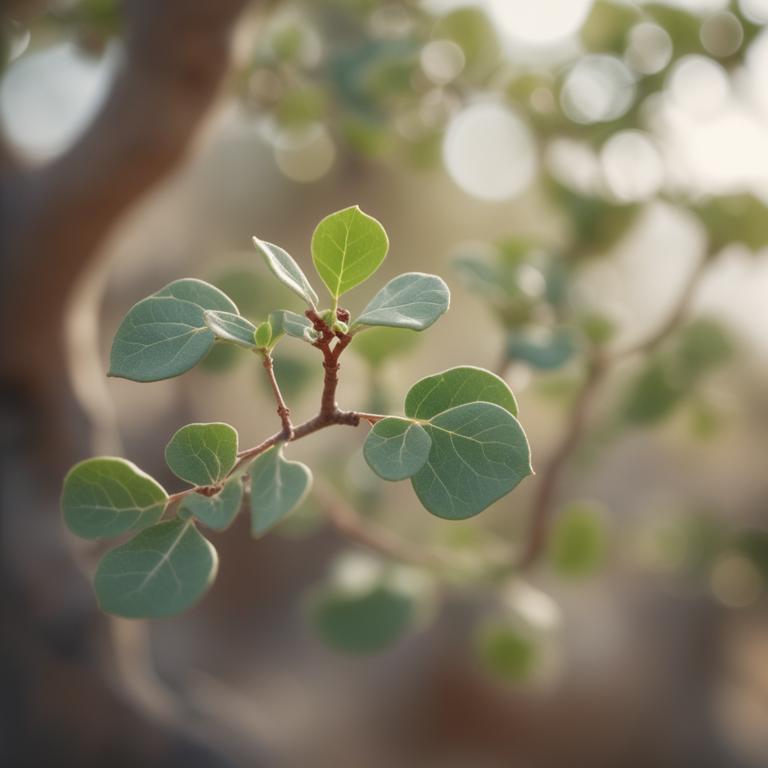
Commiphora molmol is a traditional medicinal herb native to the Arabian Peninsula, commonly known as myrrh.
It is a resinous sap obtained from the tree Commiphora molmol, which has been used for centuries in traditional medicine due to its diverse range of bioactive constituents, including terpenoids, flavonoids, and phenolic acids.
These constituents are responsible for the herb's anti-inflammatory, antimicrobial, and antioxidant properties, which have been associated with various health benefits, including wound healing, pain relief, and protection against cardiovascular disease.
Traditionally, Commiphora molmol is used in the production of incense, perfumes, and as a natural remedy for various health conditions, making it a valuable resource in traditional medicine.
Example Benefits:
- Reduces inflammation
- Prevents infections
- Antioxidant properties
The following table displays the major preparations of Commiphora molmol and examples of ailments they help cure.
| Preparation | Ailments |
|---|---|
| Boswellia oil | Arthritis, inflammation, pain relief |
| Boswellia resin | Gastrointestinal issues, ulcers, digestive problems |
| Boswellia capsules | Fever, cough, respiratory issues |
| Boswellia tincture | Skin issues, wounds, infections |
| Boswellia tea | Stress, anxiety, sleep disorders |
Check Commiphora Molmol Complete Medicinal Profile.
28. Corydalis yanhusuo
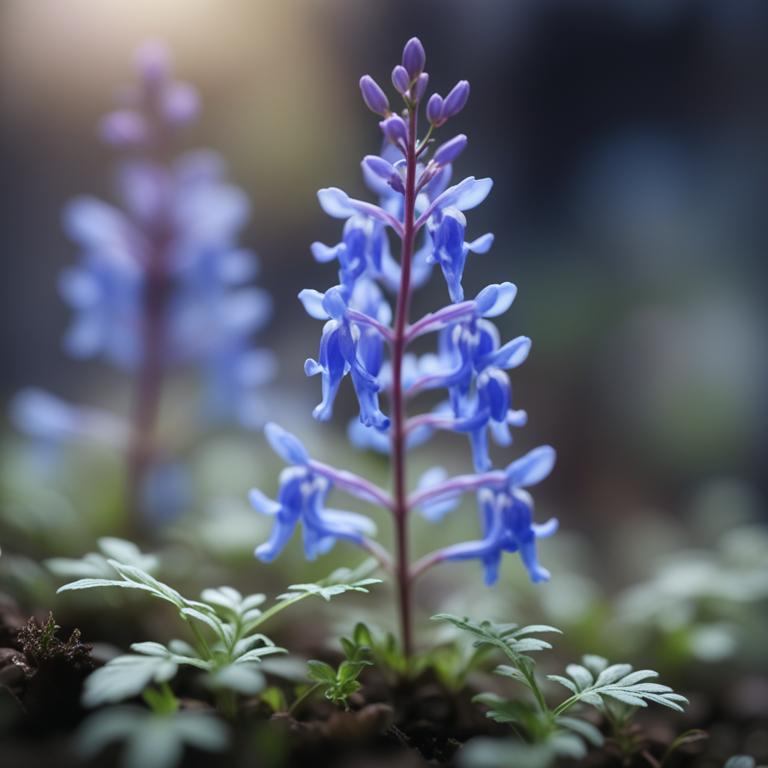
Corydalis yanhusuo is a traditional Chinese herb, also known as Yanhusuo or Tian Keng, which belongs to the family Papaveraceae.
It is a perennial plant native to China, rich in bioactive constituents such as alkaloids (including tetrahydroprotoberberine and protoberberine), phenolic compounds (including ferulic acid and vanillic acid), and volatile oils (including corydalis and corynoxide).
The benefits of this herb include its potential anti-inflammatory, anti-anxiety, and analgesic properties, which may help alleviate pain, improve sleep quality, and reduce stress levels.
Corydalis yanhusuo is used in traditional Chinese medicine to treat various conditions, including arthritis, insomnia, and menstrual disorders, and is often combined with other herbs in formulations for its medicinal properties.
Example Benefits:
- Reduces pain
- Relieves anxiety
- Decreases inflammation
- Improves cognitive function
- Improves sleep
The following table displays the major preparations of Corydalis yanhusuo and examples of ailments they help cure.
| Preparation | Ailments |
|---|---|
| Yan hu suo wan | Sciatica, neuralgia, rheumatism |
| Yan hu suo tablet | Muscle spasm, pain relief, nerve regeneration |
| Yan hu suo capsule | Trauma recovery, pain management, spinal cord injury |
| Yan hu suo injection | Pain relief, inflammation, wound healing |
| Yan hu suo tea | Relaxation, pain management, mood enhancement |
Check Corydalis Yanhusuo Complete Medicinal Profile.
29. Crataegus oxyacantha
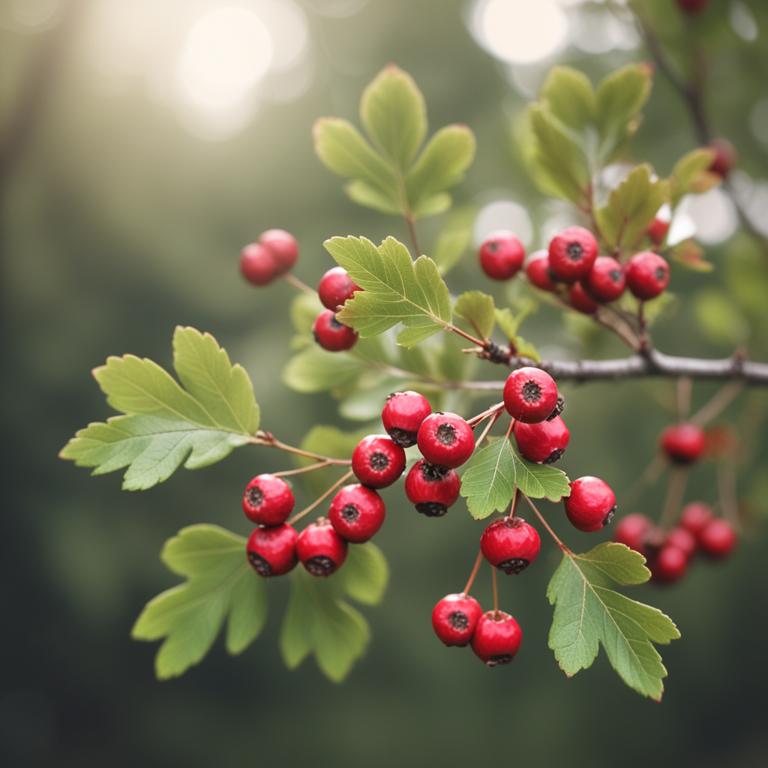
Crataegus oxyacantha is a deciduous shrub or small tree native to Europe, known for its medicinal properties.
It is also known as the hawthorn tree, and its flowers, leaves, and fruits are used in herbal medicine.
The bioactive constituents of Crataegus oxyacantha include flavonoids, such as quercetin and rutin, as well as oligomeric proanthocyanidins (OPCs), which have antioxidant properties.
The benefits of this herb include improving cardiovascular health, lowering blood pressure, and reducing inflammation, making it a popular ingredient in supplements and teas for heart health and antioxidant support.
Example Benefits:
- Reduces blood pressure
- Improves cardiovascular health
- Antioxidant properties
- Reduces risk of heart disease
- Lowers cholesterol levels
The following table displays the major preparations of Crataegus oxyacantha and examples of ailments they help cure.
| Preparation | Ailments |
|---|---|
| Crataegus oxyacantha tincture | Cardiac insufficiency, high blood pressure, varicose veins |
| Crataegus oxyacantha extract capsules | Heart failure, angina pectoris, myocardial infarction |
| Crataegus oxyacantha tea | Digestive issues, anxiety, sleep disorders |
| Crataegus oxyacantha infusion | Cholesterol levels, menopausal symptoms, circulatory problems |
Check Crataegus Oxyacantha Complete Medicinal Profile.
30. Curcuma longa

Curcuma longa is a perennial herb belonging to the ginger family (Zingiberaceae), commonly known as turmeric.
This herb contains a variety of bioactive constituents, including curcumin, demethoxycurcumin, and bisdemethoxycurcumin, which are responsible for its medicinal properties.
The benefits of curcuma longa include its anti-inflammatory, antioxidant, and antimicrobial properties, which can help alleviate symptoms of arthritis, improve cognitive function, and support digestive health.
The herb is used in traditional medicine and is also commonly added to food and beverages, such as curries and lattes, due to its vibrant color and distinct flavor.
Example Benefits:
- Reduces inflammation
- Fights cancer cells
- Lowers cholesterol
- Improves heart health
The following table displays the major preparations of Curcuma longa and examples of ailments they help cure.
| Preparation | Ailments |
|---|---|
| Turmeric powder | Inflammation, arthritis, diabetes |
| Golden milk | Indigestion, nausea, anxiety |
| Turmeric tincture | Pain relief, antibacterial, antiviral |
| Turmeric capsules | Digestive issues, immune system, antioxidant |
Check Curcuma Longa Complete Medicinal Profile.
31. Dioscorea villosa
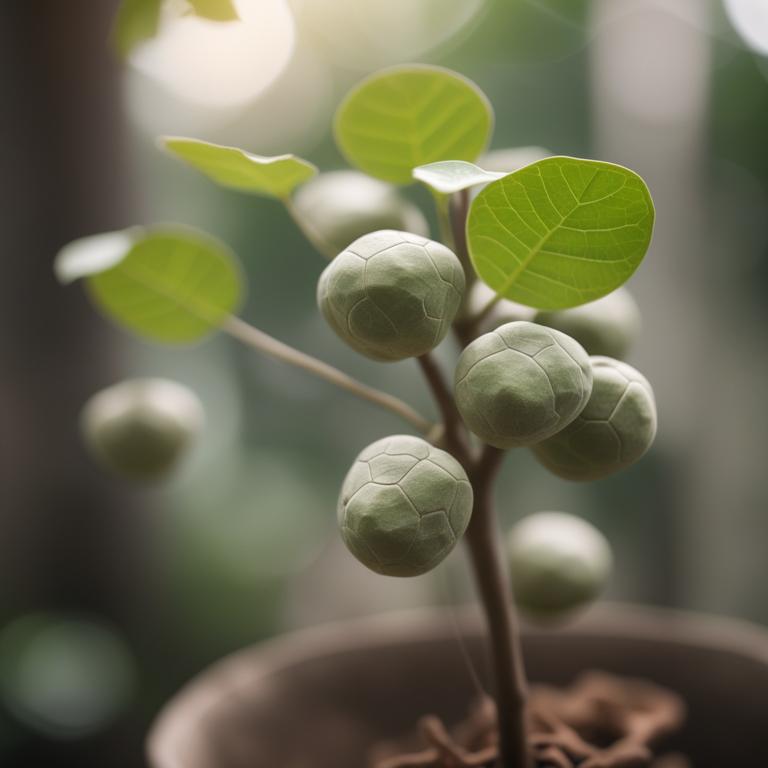
Dioscorea villosa is a perennial vine native to North America, also known as wild yam or American ginseng.
The bioactive constituents of this herb include diosgenin, a steroidal saponin, as well as other compounds such as dioscorin, dioscin, and diosbulbin.
Dioscorea villosa has been used to treat various health conditions, including menstrual cramps, menopausal symptoms, and arthritis, due to its anti-inflammatory and antioxidant properties.
It has been traditionally used in herbal medicine to support women's health, as well as for its potential to reduce pain and improve overall well-being.
Example Benefits:
- Antioxidant
- Treats diabetes
- Antibacterial
- Treats fever
- Relieves pain
The following table displays the major preparations of Dioscorea villosa and examples of ailments they help cure.
| Preparation | Ailments |
|---|---|
| Yam root extract | Rheumatism, joint pain, arthritis |
| Wild yam tincture | Menstrual cramps, menopause symptoms, fibromyalgia |
| Vitex root powder | Infertility, endometriosis, pms |
| Dioscorea complex capsules | Fatigue, anemia, low libido |
| Wild yam capsules | Anxiety, depression, insomnia |
Check Dioscorea Villosa Complete Medicinal Profile.
32. Echinacea purpurea
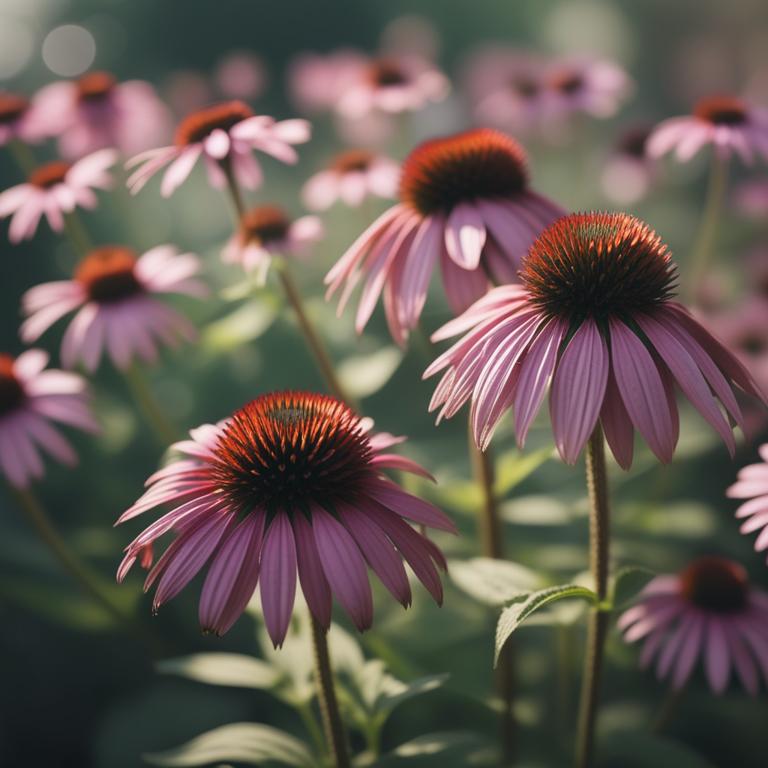
Echinacea purpurea is a perennial herb native to North America, commonly known as the purple coneflower.
It contains bioactive constituents such as alkylamides, caffeic acid, chicoric acid, and phenolic acids, which contribute to its medicinal properties.
The herb is valued for its anti-inflammatory, antioxidant, and immunomodulatory effects, which can help to alleviate symptoms of the common cold, flu, and other infections.
Echinacea purpurea is used in herbal medicine to support immune function, reduce inflammation, and promote wound healing, making it a popular remedy for respiratory issues and skin conditions.
Example Benefits:
- Boosts immune system
- Fights infections
- Fights flu
- Fights respiratory infections
The following table displays the major preparations of Echinacea purpurea and examples of ailments they help cure.
| Preparation | Ailments |
|---|---|
| Echinacea tincture | Common cold, flu, sinusitis |
| Echinacea capsule | Immune system boost, herpes simplex, bronchitis |
| Echinacea tea | Throat infection, mouth ulcers, urinary tract infection |
| Echinacea extract | Pneumonia, tonsillitis, measles |
| Echinacea topical cream | Wound healing, skin infection, psoriasis |
Check Echinacea Purpurea Complete Medicinal Profile.
33. Elettaria cardamomum
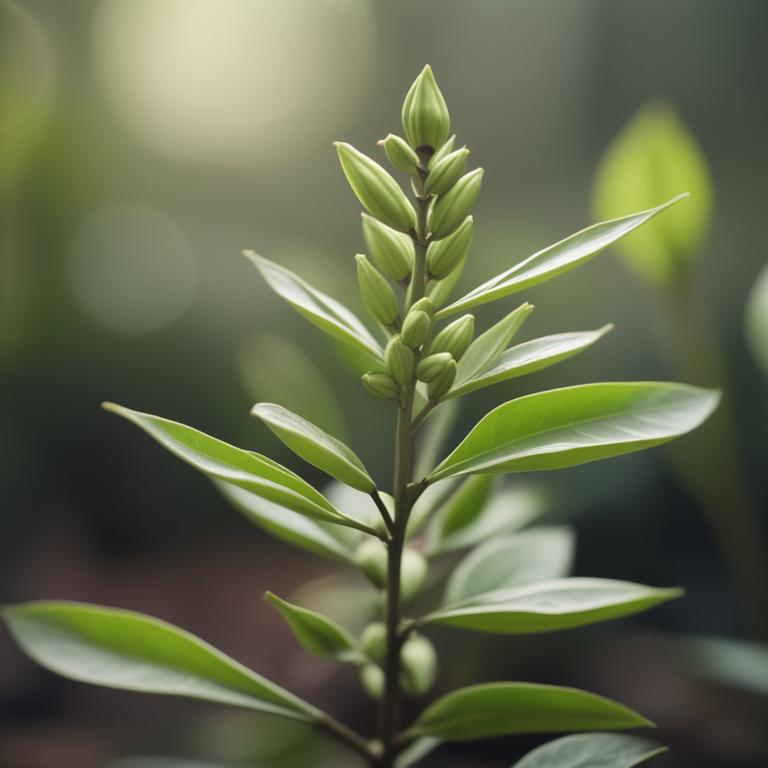
Elettaria cardamomum is a perennial herb commonly known as green cardamom, belonging to the ginger family (Zingiberaceae).
The bioactive constituents of Elettaria cardamomum include terpenoids, such as 1,8-cineole, limonene, and beta-pinene, as well as flavonoids and phenolic acids.
The benefits of this herb include its antioxidant, anti-inflammatory, and antimicrobial properties, which have been shown to aid in digestion, relieve nausea and vomiting, and help manage blood sugar levels.
Elettaria cardamomum is used in traditional medicine and is also commonly used as a spice in cooking, particularly in Indian and Middle Eastern cuisine.
Example Benefits:
- Reduces inflammation
- Lowers blood pressure
- Boosts immune system
The following table displays the major preparations of Elettaria cardamomum and examples of ailments they help cure.
| Preparation | Ailments |
|---|---|
| Cardamom tea | Indigestion, bad breath, nausea |
| Cardamom oil | Stomach pain, gas, muscle spasm |
| Cardamom extract | Cough, sore throat, digestive issues |
| Cardamom capsules | Diarrhea, constipation, anxiety |
| Cardamom tincture | Inflammation, pain, fever |
Check Elettaria Cardamomum Complete Medicinal Profile.
34. Eleutherococcus senticosus
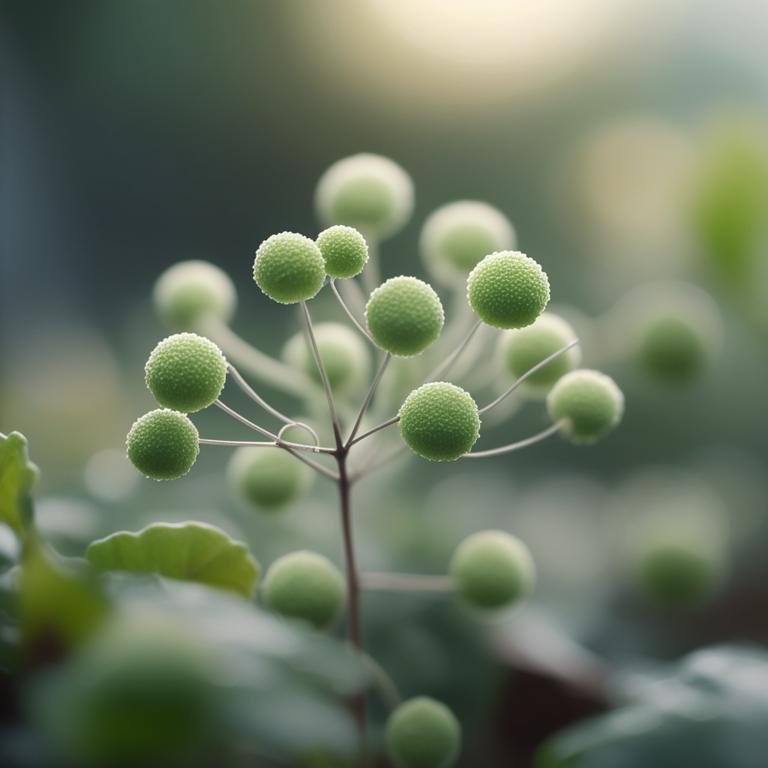
Eleutherococcus senticosus is a plant-based herb, also known as Siberian ginseng or Russian root, that is traditionally used in Eastern medicine for its adaptogenic properties.
The bioactive constituents of this herb include eleutherosides, flavonoids, and triterpenoids, which are believed to contribute to its health benefits.
Eleutherococcus senticosus has been reported to provide benefits such as reducing stress and fatigue, improving immune function, and enhancing physical performance.
It is used in traditional medicine to treat a range of conditions, including anxiety, fatigue, and respiratory issues, and is also used as a dietary supplement to support overall health and well-being.
Example Benefits:
- Reduces stress
- Boosts immune system
- Regulates adrenal function
- Reduces anxiety
- Increases energy levels
The following table displays the major preparations of Eleutherococcus senticosus and examples of ailments they help cure.
| Preparation | Ailments |
|---|---|
| Eleuthero tincture | Fatigue, stress, anxiety |
| Eleuthero capsules | Cognitive decline, immune system boost, adrenal support |
| Eleuthero tea | Digestive issues, sleep problems, menstrual cramps |
| Eleuthero extract | Inflammation, pain relief, antioxidant properties |
Check Eleutherococcus Senticosus Complete Medicinal Profile.
35. Ephedra sinica

Ephedra sinica is a traditional Chinese herb also known as Ma Huang, belonging to the genus Ephedra.
This herb contains bioactive constituents such as ephedrine, pseudoephedrine, and norpseudoephedrine, which are responsible for its medicinal properties.
The benefits of Ephedra sinica include its ability to relieve respiratory issues like bronchitis, asthma, and congestion, as well as its potential to aid in weight loss and improve cardiovascular health.
Traditionally, Ephedra sinica is used in herbal medicine to treat respiratory problems, and it is often combined with other herbs to enhance its effects and minimize potential side effects.
Example Benefits:
- Increases energy levels
- Treats respiratory issues
- Improves immune function
- Treats colds and flu
The following table displays the major preparations of Ephedra sinica and examples of ailments they help cure.
| Preparation | Ailments |
|---|---|
| Ma huang tang | Common cold, flu, congestion |
| Ephedra extract | Asthma, allergies, sinusitis |
| Wu zao ma huang tang | Migraine, headache, fatigue |
| Ma huang fu zi | Cough, sore throat, bronchitis |
| Qing gu ma huang | Anxiety, depression, insomnia |
Check Ephedra Sinica Complete Medicinal Profile.
36. Eucalyptus globulus

Eucalyptus globulus is a species of eucalyptus that is commonly referred to as the Tasmanian blue gum.
It is a herb that has been traditionally used for its medicinal properties and is defined as Eucalyptus globulus Labill.
Eucalyptus globulus contains bioactive constituents such as eucalyptol, limonene, and alpha-pinene, which have been shown to have anti-inflammatory, antimicrobial, and antioxidant properties.
The herb has been used to help alleviate symptoms of colds and flu, and its essential oil is often used in aromatherapy to relieve respiratory issues, such as bronchitis and asthma, and as an insect repellent.
Example Benefits:
- Eases congestion
- Relieves stress
- Soothes sore throats
- Reduces anxiety
- Reduces fever
The following table displays the major preparations of Eucalyptus globulus and examples of ailments they help cure.
| Preparation | Ailments |
|---|---|
| Eucalyptus oil | Congestion, coughs, sore throat |
| Eucalyptus tincture | Fever, headaches, inflammation |
| Eucalyptus salve | Burns, wounds, skin irritations |
| Eucalyptus infused oil | Muscle pain, arthritis, sprains |
| Eucalyptus tea | Cold, flu, digestive issues |
Check Eucalyptus Globulus Complete Medicinal Profile.
37. Eugenia caryophyllata

Eugenia caryophyllata is a tropical plant species commonly known as clove, which is widely cultivated and used as a spice in various parts of the world.
The bioactive constituents of Eugenia caryophyllata include eugenol, eugenitin, and beta-caryophyllene, which have been shown to possess antimicrobial, anti-inflammatory, and antioxidant properties.
The benefits of Eugenia caryophyllata include its ability to alleviate toothache pain, reduce inflammation, and exhibit antimicrobial activity against various pathogens.
Examples of uses of this herb include incorporating clove oil into dental care products, using clove powder as a natural remedy for digestive issues, and incorporating Eugenia caryophyllata into traditional medicine practices for its medicinal properties.
Example Benefits:
- Eases asthma
- Relieves headache
- Eases indigestion
- Fights bacterial infections
The following table displays the major preparations of Eugenia caryophyllata and examples of ailments they help cure.
| Preparation | Ailments |
|---|---|
| Clove oil | Toothache, bad breath, insect bites |
| Clove tea | Nausea, menstrual cramps, digestive issues |
| Cloves tincture | Fever, respiratory issues, infections |
| Clove powder | Sore throats, coughs, skin irritations |
| Clove infusion | Anxiety, insomnia, stress |
Check Eugenia Caryophyllata Complete Medicinal Profile.
38. Filipendula ulmaria

Filipendula ulmaria is a perennial herb native to Europe and Asia, also known as meadowsweet or queen of the meadow.
The herb is characterized by its white or pinkish flowers and is a member of the rose family (Rosaceae).
Filipendula ulmaria contains bioactive constituents such as salicylic acid, flavonoids, and phenolic acids, which have anti-inflammatory, antioxidant, and antimicrobial properties.
The benefits of this herb include its ability to alleviate digestive issues, reduce pain and inflammation, and exhibit antimicrobial properties, making it a popular ingredient in traditional medicine and herbal remedies.
Example Benefits:
- Reduces inflammation
- Heals wounds
- Soothes cough
The following table displays the major preparations of Filipendula ulmaria and examples of ailments they help cure.
| Preparation | Ailments |
|---|---|
| Filipendula extract | Inflammatory conditions, digestive issues, skin irritations |
| Ulmaria tincture | Fevers, respiratory problems, gastrointestinal issues |
| Meadowsweet infusion | Pain relief, menstrual cramps, oral health |
| Filipendula salve | Wound healing, skin infections, muscle soreness |
| Filipendula tea | Anxiety, sleep disorders, cold symptoms |
Check Filipendula Ulmaria Complete Medicinal Profile.
39. Gentiana lutea
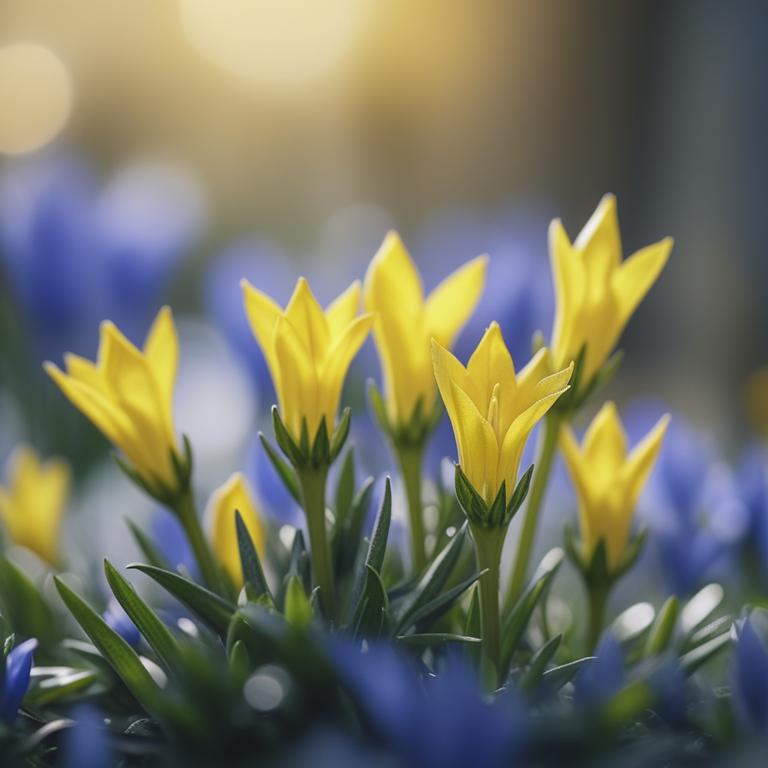
Gentiana lutea is a perennial herb belonging to the Gentianaceae family, commonly known as the gentian or bitter root.
It contains bioactive constituents such as gentiopicroside, gentisin, and gentiogenin, which have been reported to exhibit anti-inflammatory, antioxidant, and antimicrobial properties.
The benefits of Gentiana lutea include its potential to alleviate digestive issues, reduce inflammation, and improve cognitive function.
Traditionally, Gentiana lutea has been used in herbal medicine to treat various ailments, including indigestion, diarrhea, and fever, and is often included in remedies for its purported adaptogenic and anti-stress properties.
Example Benefits:
- Reduces inflammation
- Improves digestive health
- Eases arthritis symptoms
- Lowers blood pressure
The following table displays the major preparations of Gentiana lutea and examples of ailments they help cure.
| Preparation | Ailments |
|---|---|
| Gentian bitters | Indigestion, nervous exhaustion, loss of appetite |
| Gentian extract | Diarrhea, jaundice, feverish colds |
| Gentian tincture | Chronic diarrhea, malaria, dyspepsia |
| Compound gentian | Asthma, bronchitis, coughs |
| Gentian wine | Gallstones, kidney stones, dropsy |
Check Gentiana Lutea Complete Medicinal Profile.
40. Ginkgo biloba
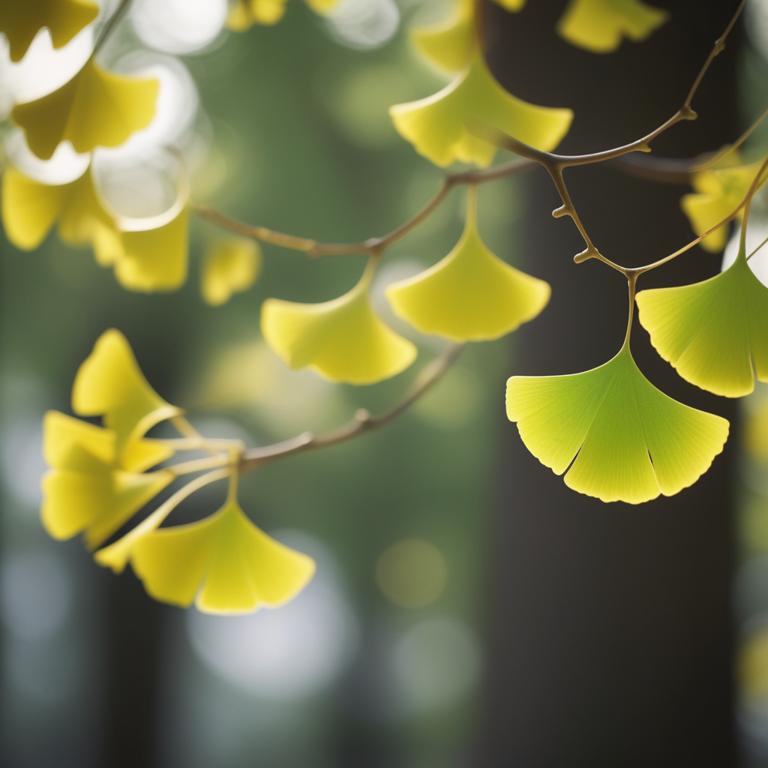
Ginkgo biloba is a traditional herbal medicine derived from the leaves of the Ginkgo biloba tree, also known as the maidenhair tree.
It is a unique, ancient species that has been used in traditional Chinese medicine for centuries.
The bioactive constituents of Ginkgo biloba include flavonoids (such as quercetin and kaempferol), terpenoids (like ginkgolides and bilobalide), and proanthocyanidins, which contribute to its medicinal properties.
The benefits of Ginkgo biloba include improved cognitive function, enhanced blood flow, and antioxidant activity, making it a popular ingredient in dietary supplements and traditional remedies, used to support memory and focus, alleviate symptoms of anxiety and depression, and promote overall well-being.
Example Benefits:
- Boosts blood flow
- Improves memory
- Enhances cognitive function
- Lowers blood pressure
The following table displays the major preparations of Ginkgo biloba and examples of ailments they help cure.
| Preparation | Ailments |
|---|---|
| Ginkgo biloba extract | Memory loss, tinnitus, anxiety disorder |
| Ginkgo biloba tea | Migraines, varicose veins, impaired vision |
| Ginkgo biloba capsules | Dementia, peripheral neuropathy, erectile dysfunction |
| Ginkgo biloba tincture | Depression, chronic fatigue, insomnia |
Check Ginkgo Biloba Complete Medicinal Profile.
41. Glycyrrhiza glabra
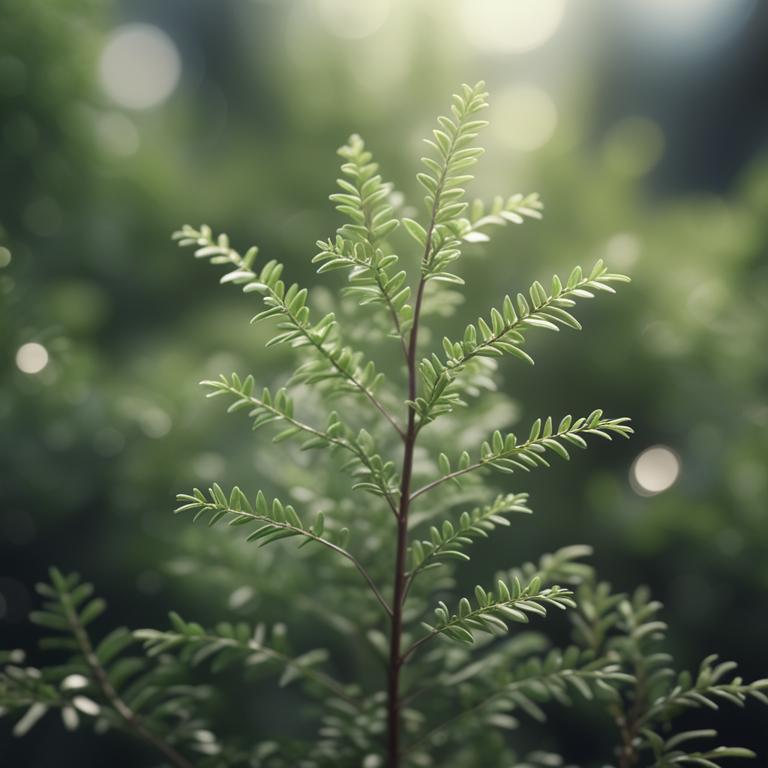
Glycyrrhiza glabra is a perennial herb belonging to the legume family, commonly known as licorice root.
Its bioactive constituents include glycyrrhizin, a triterpenoid saponin, and flavonoids such as luteolin and apigenin.
The benefits of licorice root include anti-inflammatory and antioxidant properties, as well as soothing effects on the digestive system, which can help alleviate symptoms of irritable bowel syndrome (IBS) and stomach ulcers.
Licorice root is used in traditional medicine to treat various ailments, including respiratory issues, skin problems, and as a natural expectorant to aid in cough relief.
Example Benefits:
- Reduces inflammation
- Eases digestive issues
- Improves liver function
- Suppresses cough
- Fights respiratory infections
The following table displays the major preparations of Glycyrrhiza glabra and examples of ailments they help cure.
| Preparation | Ailments |
|---|---|
| Licorice root tea | Gastrointestinal issues, stress relief, skin conditions |
| Glycyrrhizin capsules | Hormonal imbalances, inflammatory diseases, menstrual disorders |
| Liquid licorice extract | Thyroid problems, adrenal fatigue, anxiety disorders |
| Licorice root tincture | Digestive issues, respiratory problems, sleep disorders |
Check Glycyrrhiza Glabra Complete Medicinal Profile.
42. Hamamelis virginiana
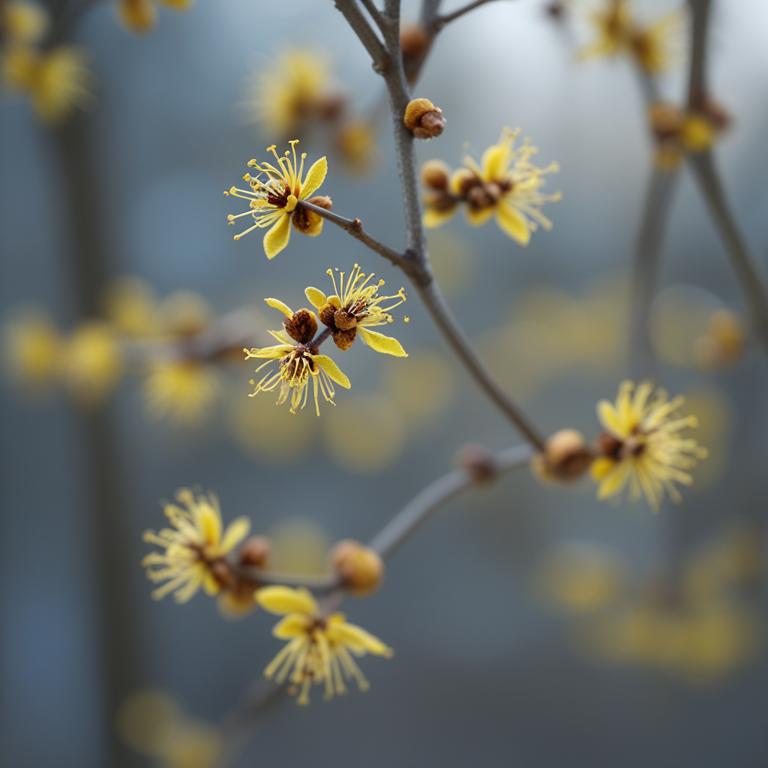
Hamamelis virginiana is a plant-based herb commonly known as witch hazel, which is a deciduous shrub native to eastern North America.
It is rich in bioactive constituents such as tannins, flavonoids, and phenolic acids, including gallic acid, epigallocatechin, and epicatechin.
The herb is known for its astringent, anti-inflammatory, and antimicrobial properties, which can provide benefits such as soothing and calming irritated skin, reducing inflammation, and promoting wound healing.
Examples of uses of this herb include topical applications for skin care, such as treating acne, eczema, and insect bites, as well as oral consumption for digestive issues and as an antiseptic.
Example Benefits:
- Reduces inflammation
- Soothes skin irritations
- Relieves pain
- Fights infections
The following table displays the major preparations of Hamamelis virginiana and examples of ailments they help cure.
| Preparation | Ailments |
|---|---|
| Witch hazel tincture | Haemorrhoids, skin inflammation, varicose veins |
| Hamamelis cream | Chafed skin, eczema, sunburn |
| Witch hazel salve | Bruises, burns, cuts |
| Hamamelis tea | Fever, indigestion, nausea |
| Witch hazel extract | Acne, aging skin, psoriasis |
Check Hamamelis Virginiana Complete Medicinal Profile.
43. Harpagophytum procumbens

Harpagophytum procumbens is a perennial herb native to southern Africa, commonly known as devil's claw.
The bioactive constituents of this herb include iridoid glycosides, such as harpagoside, harpagide, and procumbides, which are responsible for its medicinal properties.
The benefits of Harpagophytum procumbens include reducing inflammation and pain, improving sleep quality, and alleviating symptoms of osteoarthritis and rheumatoid arthritis.
Traditionally, it has been used to treat various health conditions, including anxiety, digestive issues, and fever, and is available in supplement form, teas, and extracts.
Example Benefits:
- Reduces inflammation
- Eases arthritis pain
- Decreases joint pain
The following table displays the major preparations of Harpagophytum procumbens and examples of ailments they help cure.
| Preparation | Ailments |
|---|---|
| Devil's claw tincture | Arthritis, rheumatism, inflammation |
| Devil's claw capsules | Back pain, muscle pain, joint pain |
| Devil's claw tea | Menstrual cramps, digestive issues, fever reduction |
| Devil's claw extract | Tendinitis, bursitis, fibromyalgia |
| Devil's claw oil | Skin irritations, wound healing, insect bites |
Check Harpagophytum Procumbens Complete Medicinal Profile.
44. Humulus lupulus
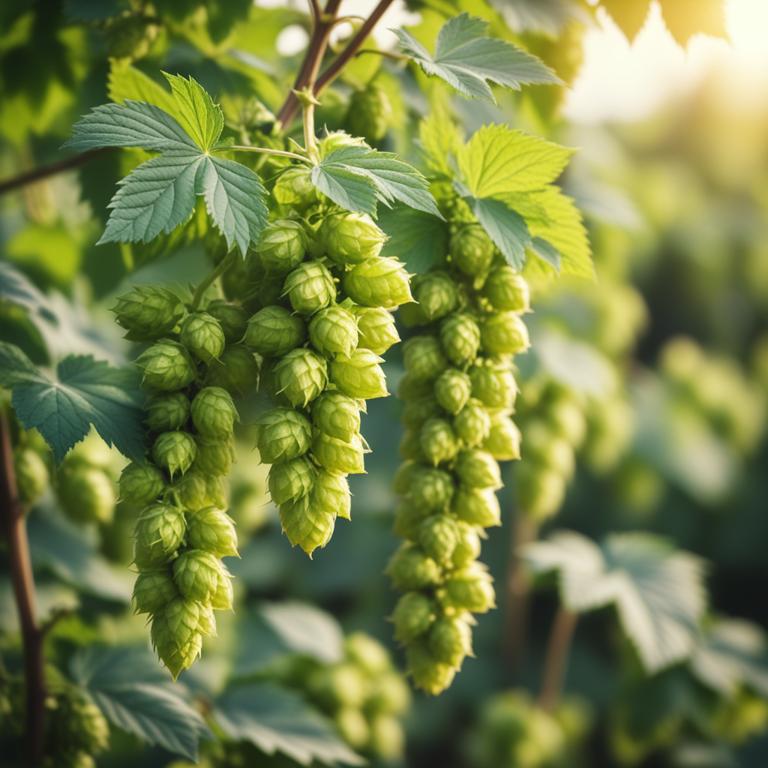
Humulus lupulus is a flowering plant in the family Cannabaceae, commonly known as the common hop or hop cone, which is a perennial herb used in herbal medicine.
The bioactive constituents of Humulus lupulus include flavonoids, such as xanthohumol and isoxanthohumol, as well as essential oils, like humulene and lupulone.
The herb is known for its sedative, anti-inflammatory, and antioxidant properties, which can help to reduce anxiety and stress, promote better sleep, and alleviate symptoms of menopause.
Humulus lupulus is used in traditional medicine to treat various conditions, including insomnia, restlessness, and menstrual irregularities, and is also employed as a flavoring agent in beer brewing.
Example Benefits:
- Reduces inflammation
- Reduces anxiety
- Reduces stress
The following table displays the major preparations of Humulus lupulus and examples of ailments they help cure.
| Preparation | Ailments |
|---|---|
| Lupuline | Inflammation, diarrhea, fever |
| Lupulin tincture | Anxiety, insomnia, restlessness |
| Lupulin oil | Skin irritations, itching, rashes |
| Lupulone | Infections, bacterial growth, antiseptic |
| Hops extract | Nervousness, muscle spasms, tension |
Check Humulus Lupulus Complete Medicinal Profile.
45. Hydrastis canadensis
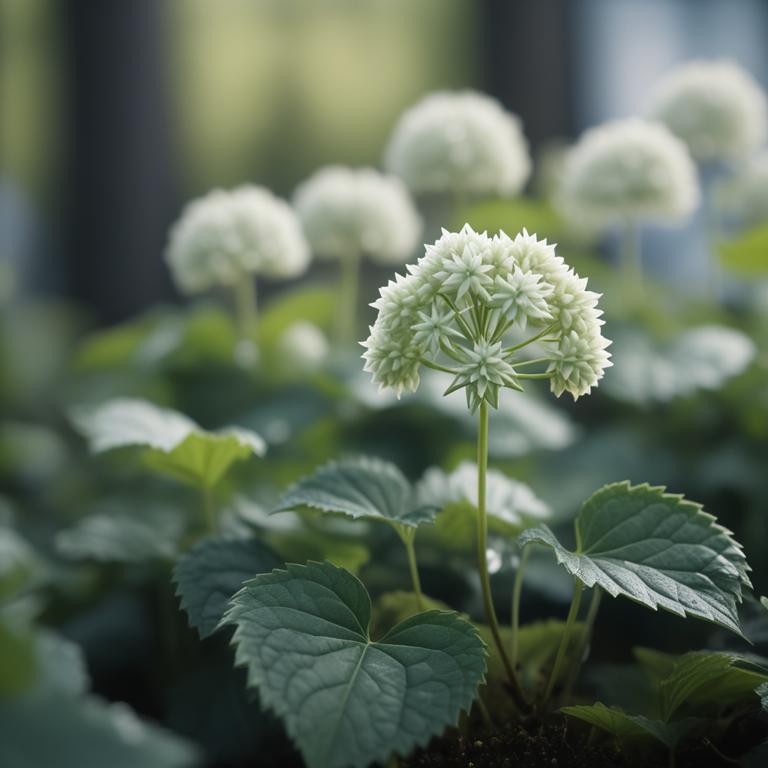
Hydrastis canadensis is a perennial herb native to North America, commonly known as goldenseal.
It is a plant of the berberidaceae family, which contains bioactive constituents such as berberine, hydrastine, and canadine, exhibiting antimicrobial, anti-inflammatory, and antioxidant properties.
The benefits of hydrastis canadensis include its ability to support immune function, reduce digestive issues, and act as an antibacterial agent, making it a popular ingredient in traditional medicine and herbal supplements.
Traditionally, goldenseal has been used to treat various conditions, including infections, wounds, and skin irritations, as well as for its anti-inflammatory and antiseptic properties.
Example Benefits:
- Reduces cancer risk
- Inhibits tumor growth
- Fights viral infections
- Combats bacterial infections
The following table displays the major preparations of Hydrastis canadensis and examples of ailments they help cure.
| Preparation | Ailments |
|---|---|
| Golden seal tincture | Inflammatory digestive issues, fever, diarrhea |
| Hydrastis extract | Urinary tract infections, skin issues, gum inflammation |
| Golden seal tea | Nausea, vomiting, menstrual cramps |
Check Hydrastis Canadensis Complete Medicinal Profile.
46. Hypericum perforatum
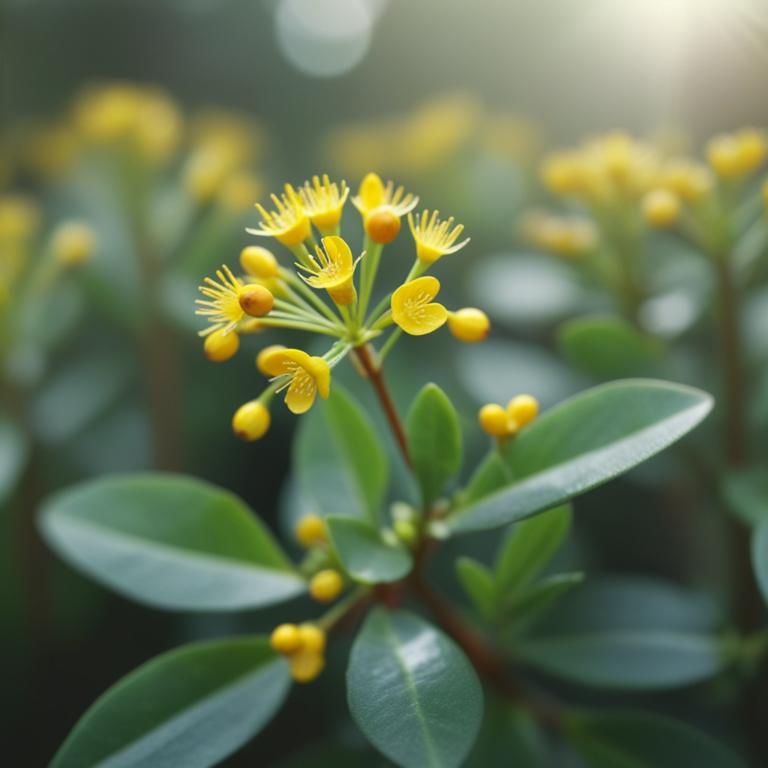
Hypericum perforatum is a flowering plant, also known as St. John's Wort, which has been traditionally used for its medicinal properties.
The bioactive constituents of this herb include flavonoids, such as hyperoside and rutin, as well as naphthodianthrones, like hypericin and pseudohypericin, which are responsible for its antidepressant and anti-inflammatory effects.
The benefits of using Hypericum perforatum include its potential to alleviate symptoms of mild to moderate depression, anxiety, and insomnia, as well as its ability to soothe skin irritations and wounds.
Traditionally, this herb has been used in teas, tinctures, and topical creams to support mental and physical well-being, although its effectiveness and safety are still being researched and debated.
Example Benefits:
- Reduces inflammation
- Prevents antioxidant deficiency
- Treats depression
- Reduces arthritis symptoms
- Boosts immune system
The following table displays the major preparations of Hypericum perforatum and examples of ailments they help cure.
| Preparation | Ailments |
|---|---|
| Hypericum tincture | Anxiety, depression, insomnia |
| St. john's wort oil | Skin irritation, wound healing, mild burns |
| Hypericum perforatum extract | Mood swings, digestive issues, sleep disorders |
| St. john's wort capsules | Migraines, menstrual cramps, pms symptoms |
| Hypericum infusion | Cold sores, herpes outbreaks, fever reduction |
Check Hypericum Perforatum Complete Medicinal Profile.
47. Inula helenium
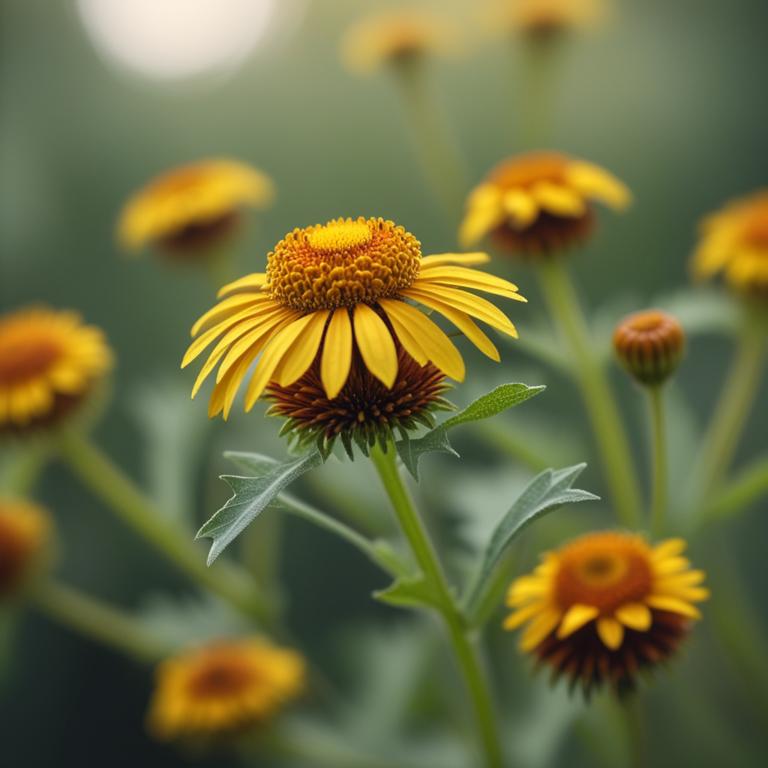
Inula helenium is a perennial herb belonging to the daisy family (Asteraceae) that is commonly known as elecampane.
The bioactive constituents of this herb include sesquiterpene lactones such as alantolactone and inulin, as well as flavonoids like kaempferol and quercetin.
The benefits of Inula helenium include its anti-inflammatory, antiviral, and expectorant properties, which can help alleviate respiratory issues such as bronchitis and coughs.
Inula helenium has been used in traditional medicine for various purposes, including the treatment of respiratory problems, skin conditions, and digestive issues, and can be found in teas, infusions, and tinctures.
Example Benefits:
- Heals wounds
- Reduces inflammation
- Fights infections
- Treats respiratory issues
The following table displays the major preparations of Inula helenium and examples of ailments they help cure.
| Preparation | Ailments |
|---|---|
| Helenium tincture | Inflammation, diarrhea, colic |
| Elecampane infusion | Cough, bronchitis, asthma |
| Helenium tea | Sore throat, fever, tonsillitis |
| Helenium extract | Ulcers, gastroenteritis, nausea |
| Helenium oil | Skin infections, itching, eczema |
Check Inula Helenium Complete Medicinal Profile.
48. Lavandula angustifolia
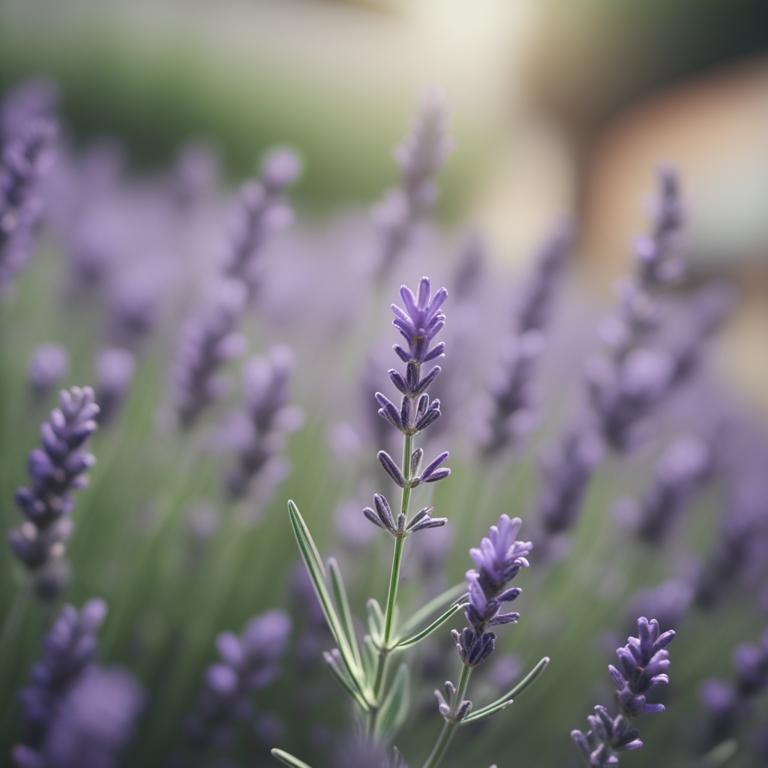
Lavandula angustifolia is a perennial herb belonging to the Lamiaceae family, commonly known as English lavender or true lavender.
It is a flowering plant that contains various bioactive constituents, including linalool, linalyl acetate, and camphor, which are responsible for its medicinal properties.
The benefits of Lavandula angustifolia include its ability to promote relaxation and reduce anxiety, improve sleep quality, and soothe skin irritations.
This herb is used in aromatherapy, cosmetics, and herbal medicine, and is also incorporated into teas, potpourri, and other household products to promote its calming effects and freshening scent.
Example Benefits:
- Reduces stress
- Relaxes muscles
- Promotes sleep
The following table displays the major preparations of Lavandula angustifolia and examples of ailments they help cure.
| Preparation | Ailments |
|---|---|
| Lavender oil | Anxiety, insomnia, stress |
| Lavender tea | Digestive issues, menstrual cramps, restlessness |
| Lavender tincture | Insect bites, muscle spasms, nerves |
| Lavender salve | Burns, eczema, skin irritations |
Check Lavandula Angustifolia Complete Medicinal Profile.
49. Linum usitatissimum
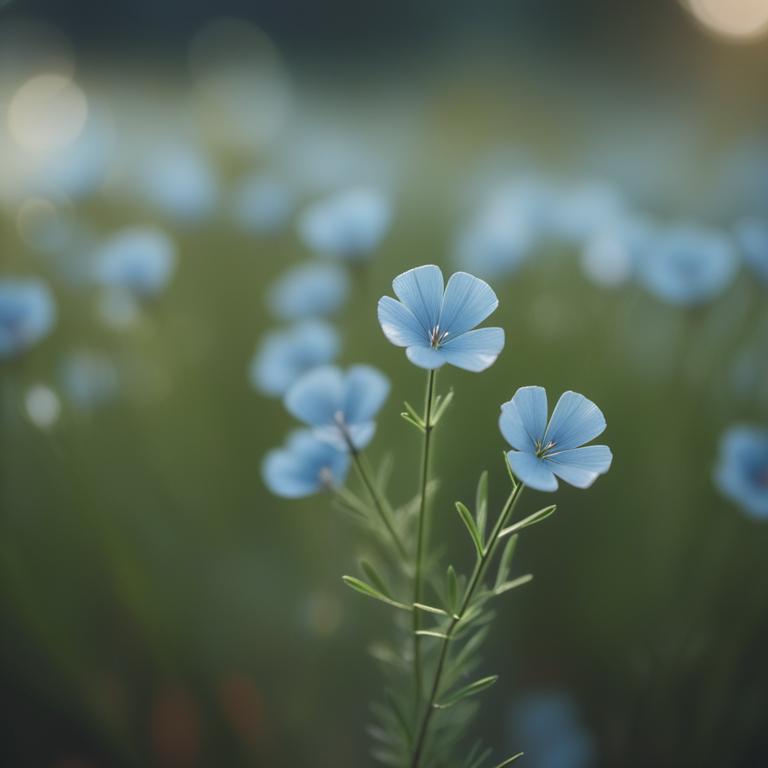
Linum usitatissimum is a flowering plant species commonly known as flax or common flax, which is a source of flaxseed.
The linum usitatissimum herb is a rich source of bioactive constituents such as lignans, particularly secoisolariciresinol diglucoside (SDG), which has been shown to have antioxidant and anti-inflammatory properties, as well as alpha-linolenic acid (ALA), a type of omega-3 fatty acid.
The benefits of this herb include its potential to support heart health, reduce inflammation, and improve digestive health.
The linum usitatissimum herb is used in various forms, including dietary supplements, food products, and cosmetics, and is also used in traditional medicine for its anti-inflammatory and antioxidant properties.
Example Benefits:
- Antioxidizes free radicals
- Reduces inflammation
- Soothes skin irritations
- Fights cancer cells
- Improves wound healing
The following table displays the major preparations of Linum usitatissimum and examples of ailments they help cure.
| Preparation | Ailments |
|---|---|
| Linseed oil | Skin irritations, inflammations, wound healing |
| Flaxseed tea | Digestive issues, menstrual cramps, anxiety |
| Flaxseed oil capsules | High cholesterol, blood pressure, inflammatory diseases |
| Linseed meal | Constipation, diarrhea, intestinal parasites |
Check Linum Usitatissimum Complete Medicinal Profile.
50. Lobelia inflata
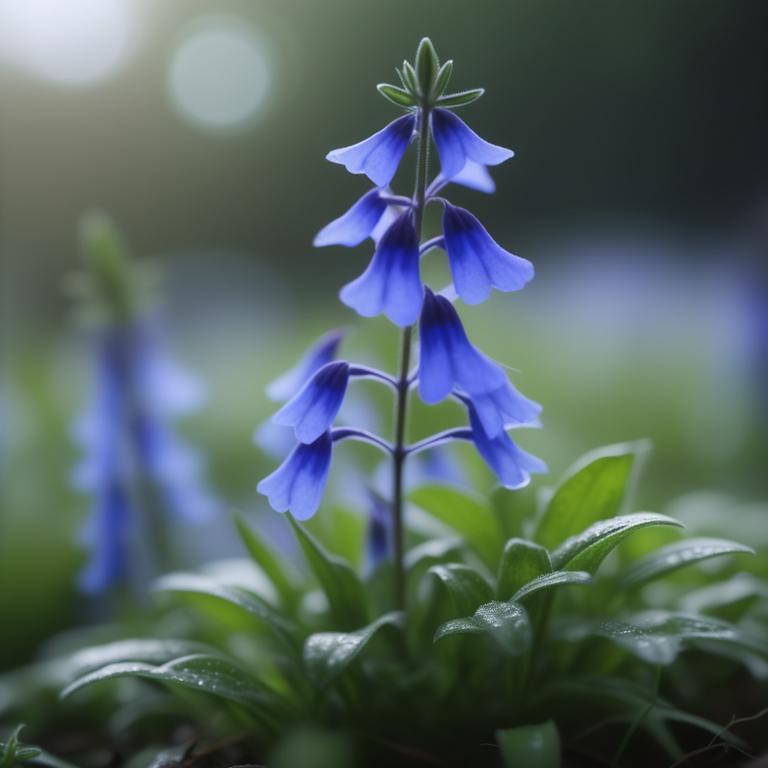
Lobelia inflata is a flowering herb, also known as Indian tobacco or pukeweed, which is a plant native to North America.
The bioactive constituents of Lobelia inflata include alkaloids such as lobeline, lobelanine, and norlobelanine, as well as other compounds like flavonoids and saponins.
Lobelia inflata has been reported to have various benefits, including its potential to act as a respiratory stimulant, improve coughs, and exhibit anti-inflammatory and antimicrobial properties.
Traditionally, the herb has been used in herbal medicine to treat respiratory issues, such as bronchitis, asthma, and whooping cough, as well as to aid in detoxification and relaxation.
Example Benefits:
- Reduces stress
- Reduces inflammation
- Relieves anxiety
- Improves mood
- Eases depression
The following table displays the major preparations of Lobelia inflata and examples of ailments they help cure.
| Preparation | Ailments |
|---|---|
| Lobelia extract | Asthma, respiratory issues, coughs |
| Lobelia tincture | Anxiety, depression, insomnia |
| Lobelia tea | Bronchitis, chills, fever |
| Lobelia capsules | Muscle spasms, menstrual cramps, nervous tension |
| Lobelia oil | Skin conditions, insect bites, poison ivy |
Check Lobelia Inflata Complete Medicinal Profile.
51. Lycium chinense
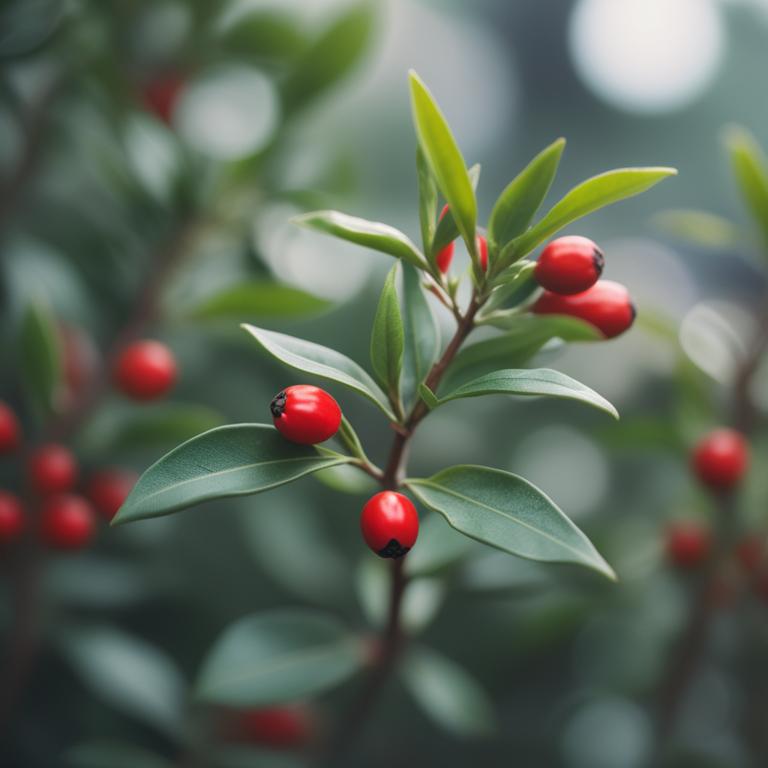
Lycium chinense is a perennial shrub native to Asia, commonly known as Chinese boxthorn or wolfberry.
It is an herb rich in bioactive constituents, including flavonoids, phenolic acids, and alkaloids, such as chlorogenic acid, kaempferol, and lyciumoside B.
The benefits of Lycium chinense include its antioxidant, anti-inflammatory, and anti-diabetic properties, which have been shown to improve vision, boost the immune system, and protect against age-related diseases.
The herb is used in traditional medicine, dietary supplements, and as a food ingredient, particularly in the form of dried fruit, tea, and capsules, to support overall health and well-being.
Example Benefits:
- Reduces inflammation
- Antioxidizes
- Antibacterial
- Antifungal
- Antiviral
The following table displays the major preparations of Lycium chinense and examples of ailments they help cure.
| Preparation | Ailments |
|---|---|
| Lycium fruit extract | Cancer prevention, eye health, immunomodulation |
| Wolfberry decoction | Diabetes management, anemia, hypertension |
| Lycium fruit tincture | Skin conditions, inflammation, neuroprotection |
| Gou qi zi tea | Fatigue, anxiety, digestive issues |
| Lycium fruit capsules | Antioxidant effects, cardiovascular health, immune system support |
Check Lycium Chinense Complete Medicinal Profile.
52. Melaleuca alternifolia
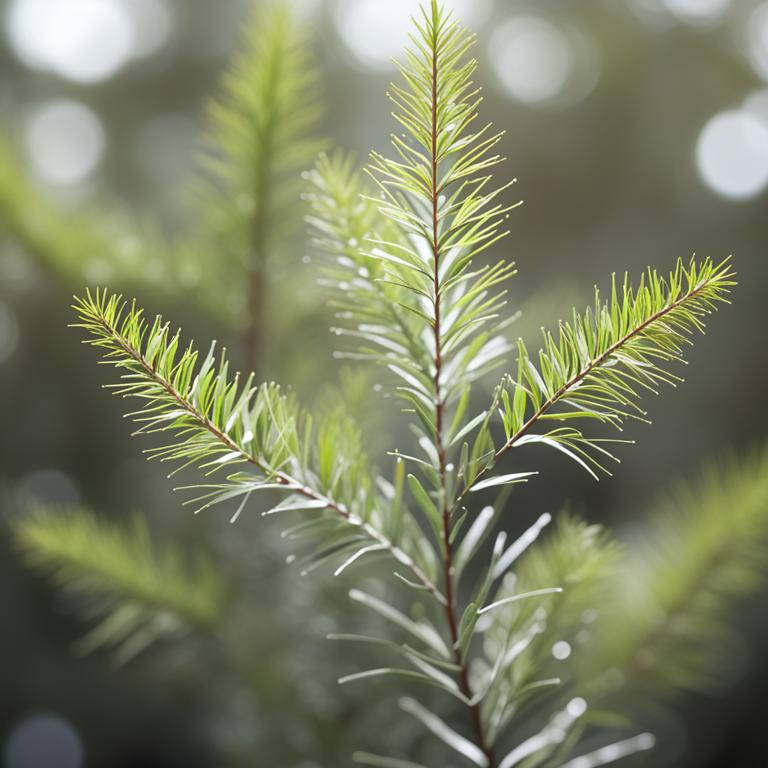
Melaleuca alternifolia is a shrub native to Australia, scientifically known as the tea tree, and is an herb that has been extensively studied for its medicinal properties.
The bioactive constituents of this herb include cineole, terpinen-4-ol, and limonene, which are responsible for its antimicrobial, anti-inflammatory, and antioxidant activities.
The benefits of this herb include its ability to soothe skin irritations, reduce acne and other skin conditions, and exhibit antimicrobial properties that can aid in wound healing.
Uses of Melaleuca alternifolia include topical applications for skin care, such as treating minor cuts and scrapes, as well as aromatherapy and inhalation for respiratory issues.
Example Benefits:
- Relieves acne
- Heals burns
- Relieves eczema
- Reduces gum inflammation
The following table displays the major preparations of Melaleuca alternifolia and examples of ailments they help cure.
| Preparation | Ailments |
|---|---|
| Tea tree oil | Acne, fungal infections, warts |
| Melaleuca cream | Burns, eczema, wound infections |
| Tea tree tincture | Cold sores, herpes, thrush |
| Melaleuca gel | Minor cuts, skin irritations, sunburn |
| Tea tree shampoo | Dandruff, itchy scalp, psoriasis |
Check Melaleuca Alternifolia Complete Medicinal Profile.
53. Melissa officinalis
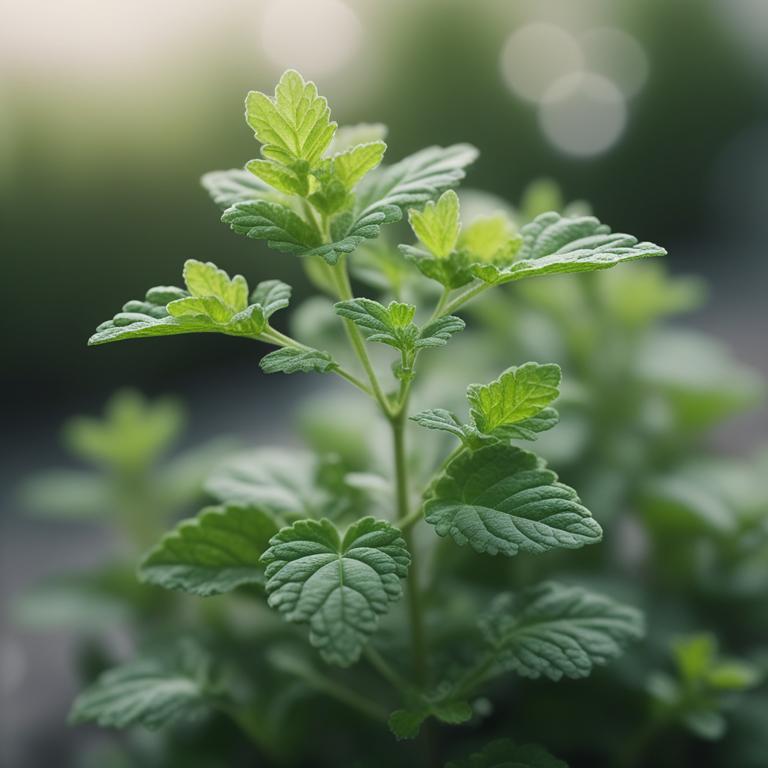
Melissa officinalis is a perennial herb also known as lemon balm, belonging to the mint family (Lamiaceae).
It is characterized by its bright green leaves with a distinctive lemon or citrus-like scent and flavor.
The herb contains bioactive constituents such as rosmarinic acid, ursolic acid, and luteolin, which are responsible for its medicinal properties.
The benefits of Melissa officinalis include reducing stress and anxiety, improving sleep quality, and exhibiting antimicrobial and anti-inflammatory effects, making it a popular ingredient in herbal teas, infusions, and topical applications.
Example Benefits:
- Reduces inflammation
- Calms anxiety
- Relieves stress
- Reduces pain and inflammation
- Antioxidizes free radicals
The following table displays the major preparations of Melissa officinalis and examples of ailments they help cure.
| Preparation | Ailments |
|---|---|
| Melissa tincture | Anxiety, insomnia, digestive issues |
| Melissa tea | Stress, cold symptoms, sore throats |
| Melissa oil | Skin irritations, muscle pain, wound healing |
| Melissa capsules | Depression, migraines, menstrual cramps |
Check Melissa Officinalis Complete Medicinal Profile.
54. Myristica fragrans
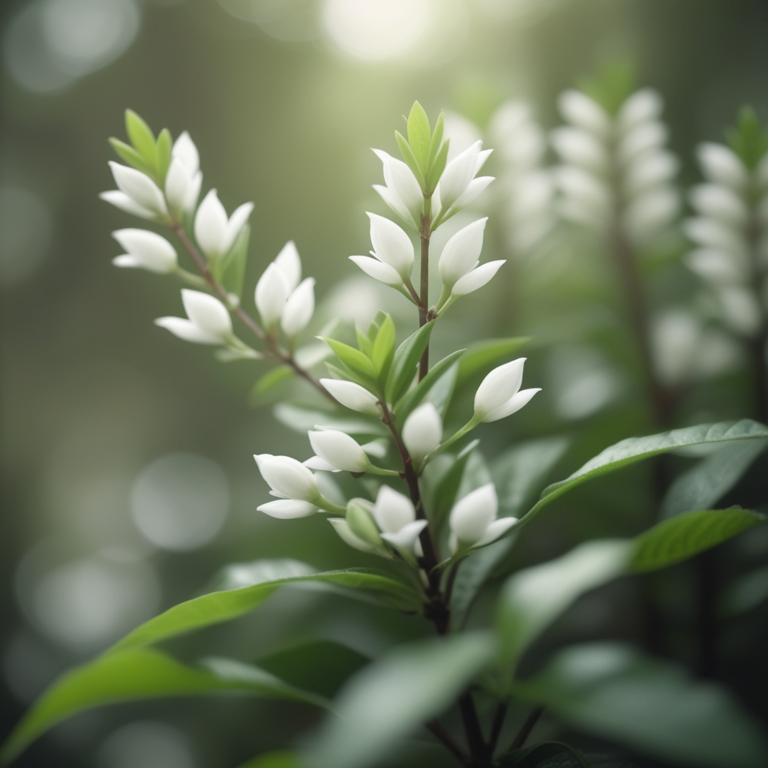
Myristica fragrans is a tropical evergreen tree native to the Banda Islands in Indonesia, also known as the fragrant nutmeg tree or true nutmeg.
The oil extracted from the seeds of this tree is widely used as a spice and is also known as Myristica oil or nutmeg oil.
The herb contains bioactive constituents such as myristicin, elemicin, and eugenol, which have been shown to possess antimicrobial, anti-inflammatory, and antioxidant properties.
The benefits of this herb include its ability to aid in digestion, reduce stress and anxiety, and improve sleep quality, making it a popular ingredient in traditional medicine and aromatherapy, where it is used to promote relaxation and relieve pain.
Example Benefits:
- Reduces inflammation
- Antimicrobial properties exhibit
- Antioxidant properties display
The following table displays the major preparations of Myristica fragrans and examples of ailments they help cure.
| Preparation | Ailments |
|---|---|
| Myristica oil | Skin irritation, insect bites, muscle spasms |
| Fragrance powder | Bad breath, digestive issues, cold |
| Spice oil capsules | Flatulence, nausea, headaches |
| Herbal tea | Stress, anxiety, insomnia |
Check Myristica Fragrans Complete Medicinal Profile.
55. Ocimum tenuiflorum
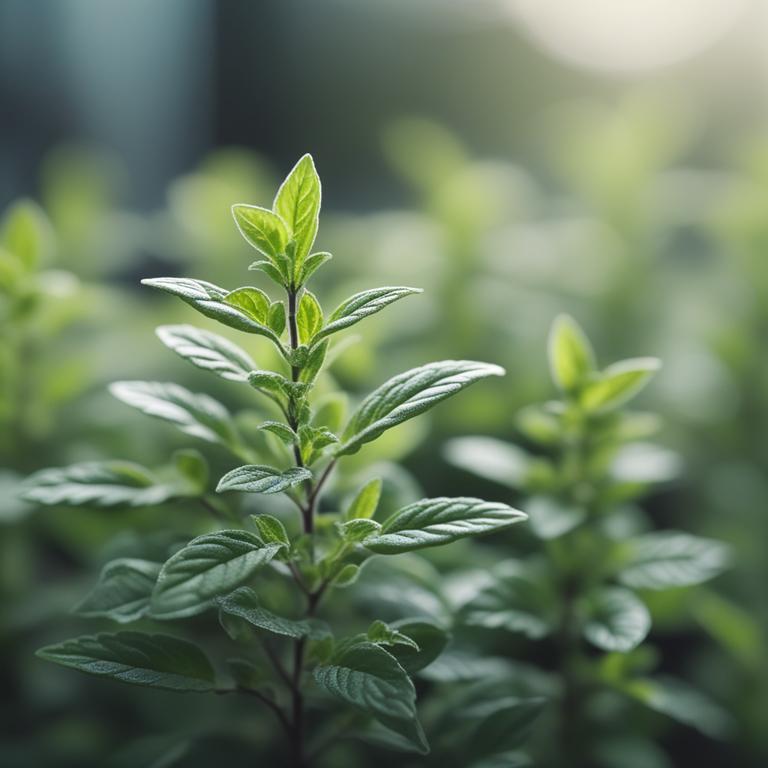
Ocimum tenuiflorum is a flowering herb also known as Holy Basil or Tulsi, commonly used in Ayurvedic medicine.
The bioactive constituents of Ocimum tenuiflorum include volatile oils, flavonoids, and phenolic acids, such as ursolic acid, rosmarinic acid, and luteolin.
The herb is believed to have several benefits, including anti-inflammatory, antioxidant, and adaptogenic properties, which can help to reduce stress, improve cognitive function, and boost the immune system.
Examples of uses of Ocimum tenuiflorum include teas, supplements, and topical applications for skin and hair care, as well as in traditional medicine to treat various health conditions.
Example Benefits:
- Heals wounds
- Sedates inflammation
- Fights infections
The following table displays the major preparations of Ocimum tenuiflorum and examples of ailments they help cure.
| Preparation | Ailments |
|---|---|
| Tulsi tea | Fever, cold, cough |
| Tulsi oil | Stress, anxiety, skin infections |
| Tulsi capsule | Digestive issues, inflammation, menstrual cramps |
| Tulsi tincture | Respiratory problems, infections, allergies |
| Tulsi infusion | Heart problems, high blood pressure, fatigue |
Check Ocimum Tenuiflorum Complete Medicinal Profile.
56. Paeonia lactiflora

Paeonia lactiflora is a perennial herb native to Asia, commonly known as the garden peony or white peony.
It is a plant used in traditional medicine, valued for its bioactive constituents, including paeonol, paeoniflorin, and paeonillin.
The herb is rich in antioxidants and anti-inflammatory compounds, providing benefits such as relieving pain and reducing inflammation, as well as aiding in the treatment of fever, insomnia, and digestive issues.
It is traditionally used in teas, infusions, and tinctures for its medicinal properties, and is also used in modern herbal medicine to support cardiovascular health and immune function.
Example Benefits:
- Reduces inflammation
- Eases anxiety
- Lowers blood pressure
The following table displays the major preparations of Paeonia lactiflora and examples of ailments they help cure.
| Preparation | Ailments |
|---|---|
| Paeonia lactiflora extract | Menstrual cramps, anxiety, insomnia |
| White peony tincture | Menopause symptoms, irregular periods, fibromyalgia |
| Paeoniflorin capsules | Inflammatory pain, arteriosclerosis, cardiovascular disease |
| Peony root tea | Fever, infections, digestive issues |
| Paeonia lactiflora infusion | Stress, anxiety disorders, mood swings |
Check Paeonia Lactiflora Complete Medicinal Profile.
57. Panax ginseng
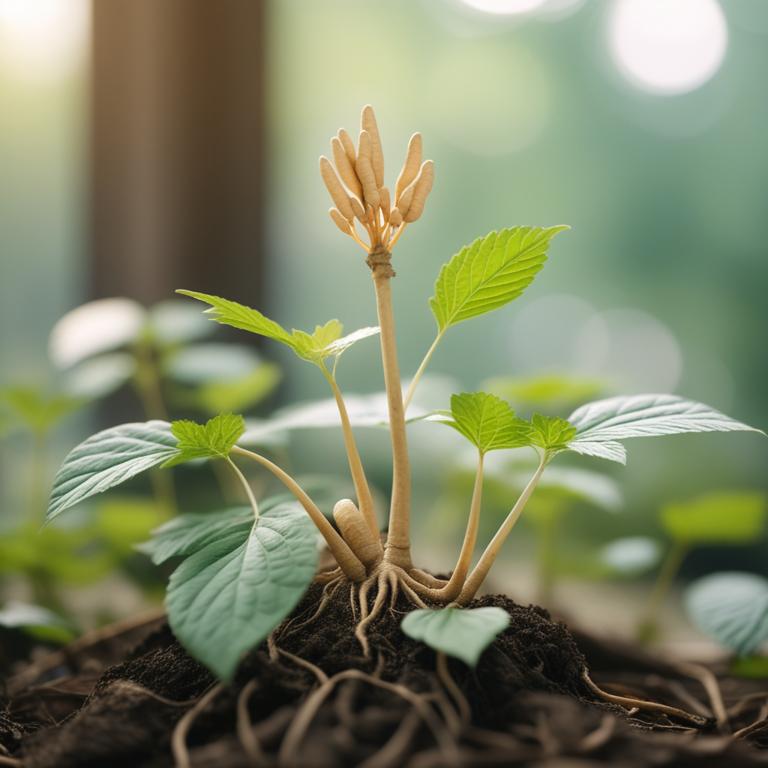
Panax ginseng is a perennial plant native to Asia, commonly referred to as Asian ginseng or Chinese ginseng, and scientifically defined as Panax ginseng C.A.
Meyer.
It is rich in bioactive constituents, including ginsenosides (such as Rg1, Rb1, and Rg3), panaxans, and other phenolic compounds.
The herb is believed to offer various health benefits, including anti-inflammatory, antioxidant, and anti-fatigue effects, as well as improved cognitive function and immune system enhancement.
Traditionally used in medicine, Panax ginseng is employed in various forms, including capsules, teas, and extracts, to aid in stress relief, improve physical performance, and promote overall well-being.
Example Benefits:
- Reduces fatigue
- Antioxidant properties
- Heals diabetes
The following table displays the major preparations of Panax ginseng and examples of ailments they help cure.
| Preparation | Ailments |
|---|---|
| Ginseng tincture | Fatigue, anxiety, impotence |
| Ginseng tea | Digestive issues, sleep disorders, inflammation |
| Ginseng capsules | Hypotension, cognitive decline, immune deficiency |
| Ginseng extract | Stress, depression, memory loss |
| Ginseng gummies | Mood swings, low libido, muscle weakness |
Check Panax Ginseng Complete Medicinal Profile.
58. Passiflora incarnata
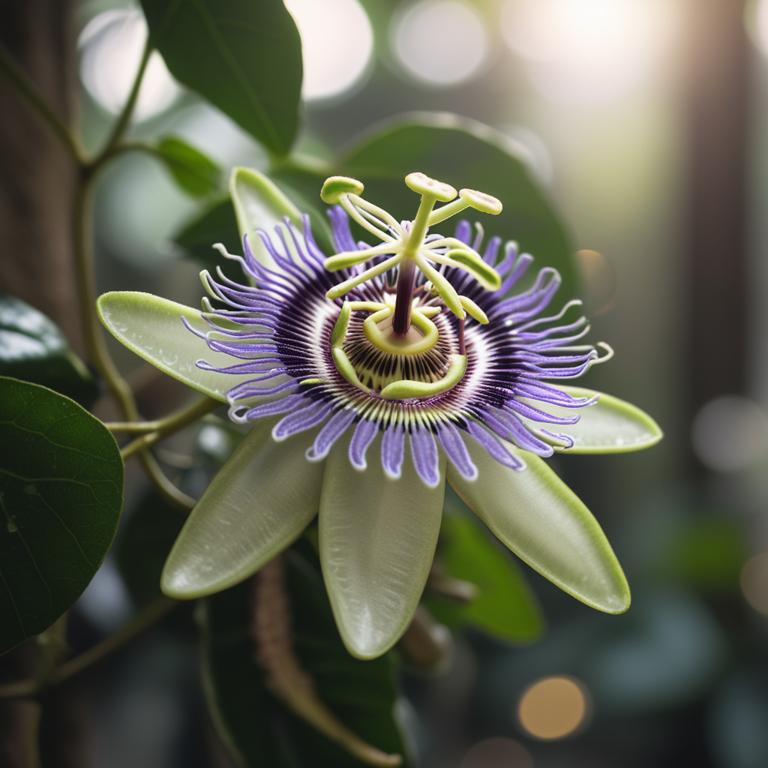
Passiflora incarnata is a perennial herb belonging to the Passifloraceae family, commonly known as passionflower or maypop.
The bioactive constituents of this herb include flavonoids, alkaloids, and glycosides, which include compounds such as flavonoids (kaempferol and quercetin), alkaloids (harmane and granatin), and glycosides (isoquercitrin and kaempferol-3-O-glucoside).
The herb has been traditionally used to treat anxiety, insomnia, and seizures due to its sedative and anticonvulsant properties.
Passiflora incarnata is used in herbal medicine as a sleep aid, to reduce stress and anxiety, and to treat conditions such as ADHD and menopausal symptoms.
Example Benefits:
- Reduces anxiety
- Decreases insomnia
- Treats adhd
The following table displays the major preparations of Passiflora incarnata and examples of ailments they help cure.
| Preparation | Ailments |
|---|---|
| Passiflora extract | Insomnia, anxiety, restlessness |
| Passiflora tincture | Nervousness, sleep disorders, hyperactivity |
| Passiflora tea | Stress relief, mood stabilization, digestive issues |
| Passiflora capsule | Anxiety disorders, restless leg syndrome, attention deficit disorder |
| Passiflora oil | Skin irritations, muscle tension, pain relief |
Check Passiflora Incarnata Complete Medicinal Profile.
59. Pelargonium sidoides
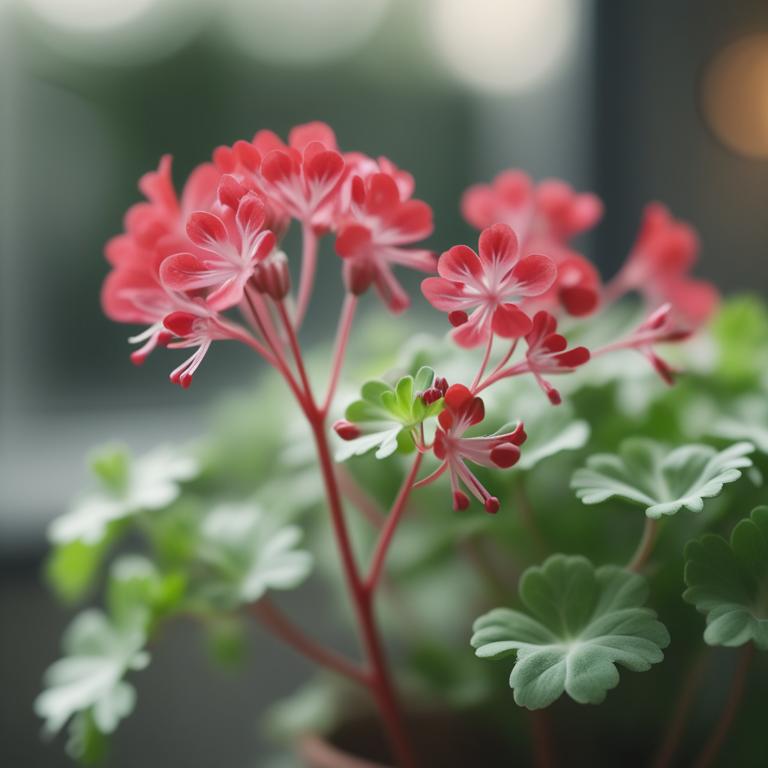
Pelargonium sidoides is a flowering plant native to South Africa, commonly known as the Cape Geranium or Urofytin.
It is a herbal remedy used to treat various health conditions due to its bioactive constituents, including flavonoids, phenolic acids, and sesquiterpenoids, as well as its triterpenoid saponins.
The benefits of Pelargonium sidoides include its antimicrobial, anti-inflammatory, and immune-modulating properties, which may help alleviate symptoms of respiratory tract infections, such as the common cold and sinusitis.
Traditionally, it has been used in teas, tinctures, and capsules to support immune function and relieve respiratory issues.
Example Benefits:
- Heals respiratory infections
- Decreases cough
- Reduces fever
The following table displays the major preparations of Pelargonium sidoides and examples of ailments they help cure.
| Preparation | Ailments |
|---|---|
| Pelargonium cold care | Common cold, flu, cough |
| Umckaloabo | Sinusitis, tonsillitis, pharyngitis |
| Umcka | Bronchitis, cough, respiratory infections |
| Pelargonium sidoides extract | Tonsillitis, sinusitis, pharyngitis |
Check Pelargonium Sidoides Complete Medicinal Profile.
60. Persea americana
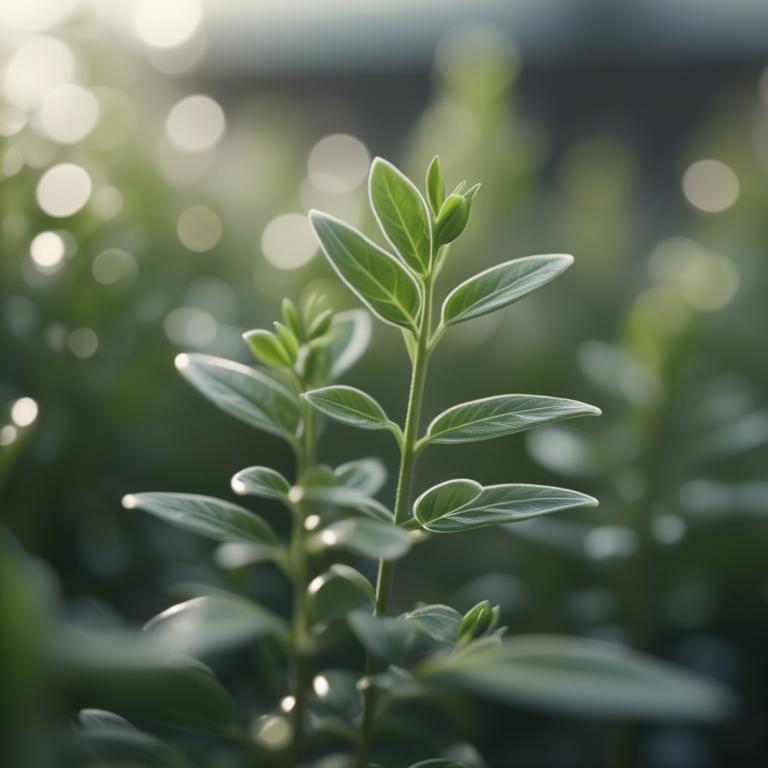
Persea americana is a herb that belongs to the Lauraceae family, commonly known as the avocado tree.
The bioactive constituents of Persea americana include flavonoids, phenolic acids, saponins, and triterpenoids, which have been shown to exhibit antioxidant, anti-inflammatory, and antimicrobial properties.
The benefits of Persea americana include its potential to improve cardiovascular health, reduce inflammation, and exhibit anticancer properties.
Persea americana is used in traditional medicine to treat various ailments, including fever, rheumatism, and skin conditions, and its leaves are also used as a food ingredient in some parts of the world.
Example Benefits:
- Reduces cancer risk
- Lowers cholesterol levels
- Has antioxidant properties
- Fights inflammation
- Improves heart health
The following table displays the major preparations of Persea americana and examples of ailments they help cure.
| Preparation | Ailments |
|---|---|
| Avocado oil | Inflammatory skin conditions, psoriasis, eczema |
| Avocado extract | Hair loss, dandruff, itchy scalp |
| Avocado butter | Dry skin, stretch marks, skin ulcers |
| Avocado tincture | Fever, chills, infections |
| Avocado salve | Wounds, burns, skin irritations |
Check Persea Americana Complete Medicinal Profile.
61. Piper methysticum
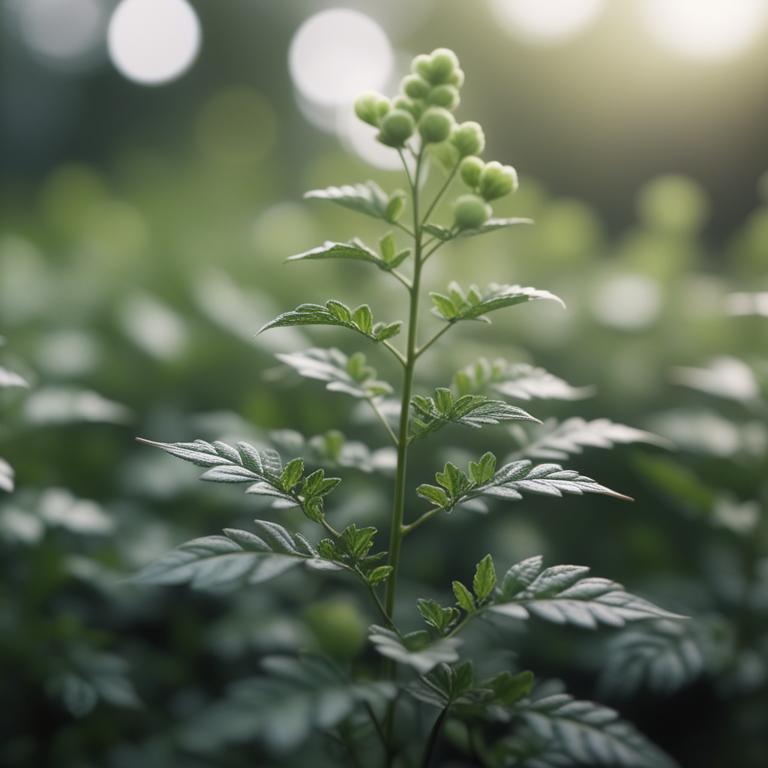
Piper methysticum is a plant-based herb, also known as kava, which belongs to the pepper family (Piperaceae).
It contains bioactive constituents such as kavalactones (kavain, dihydrokavain, and dihydrokavain pyrone), flavokavain, and pipermethystine, among others.
The benefits of Piper methysticum include reducing anxiety and stress, improving sleep quality, and alleviating pain.
Traditionally, it has been used in various cultures for its medicinal properties, including as a ceremonial drink, a treatment for skin conditions, and as a natural remedy for insomnia.
Example Benefits:
- Reduces anxiety
- Relieves stress
- Relaxes muscles
The following table displays the major preparations of Piper methysticum and examples of ailments they help cure.
| Preparation | Ailments |
|---|---|
| Kava capsules | Anxiety, insomnia, muscle relaxation |
| Kava tea | Pain relief, nervousness, restlessness |
| Kavalactone oil | Stress relief, headaches, epilepsy |
| Kava tincture | Digestive issues, sleep disorders, skin problems |
Check Piper Methysticum Complete Medicinal Profile.
62. Plantago major
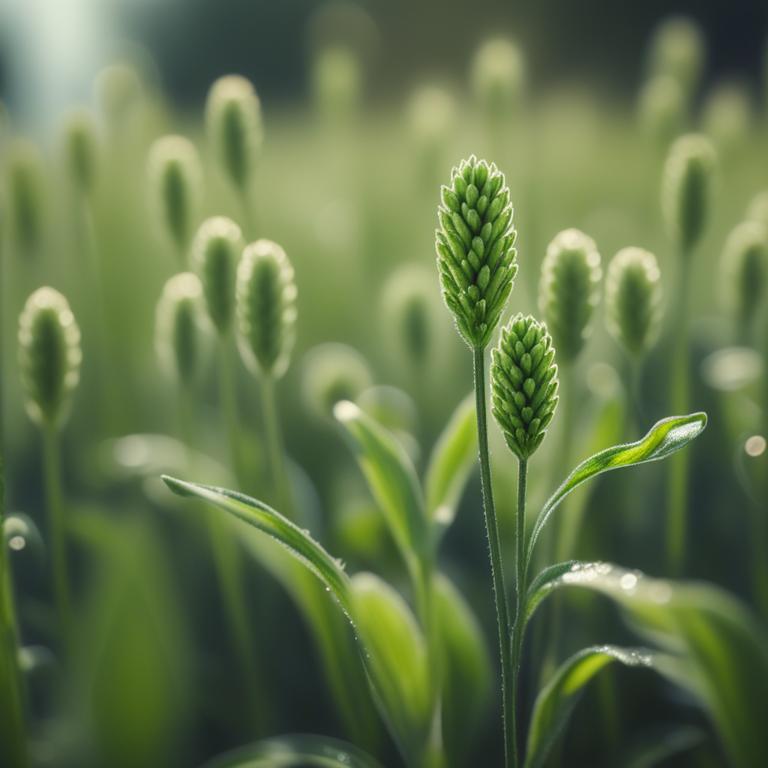
Plantago major is a perennial herb native to Europe, Asia, and North Africa, commonly known as broad-leaved plantain.
The plant contains bioactive constituents such as flavonoids, phenolic acids, and polysaccharides, which have been shown to possess anti-inflammatory and antimicrobial properties.
The herb is valued for its potential benefits, including reducing inflammation, improving wound healing, and supporting the immune system.
Plantago major is traditionally used in herbal medicine to treat various health issues, including digestive problems, respiratory issues, and skin conditions, and is often applied topically or consumed as a tea.
Example Benefits:
- Heals wounds
- Reduces inflammation
- Fights infections
The following table displays the major preparations of Plantago major and examples of ailments they help cure.
| Preparation | Ailments |
|---|---|
| Tincture | Diarrhea, wound healing, inflammation |
| Infusion | Cough, sore throat, digestive issues |
| Salve | Skin irritation, burns, wound care |
| Decoction | Fever, respiratory issues, urinary tract infections |
| Tea | Stomach upset, vomiting, menstrual cramps |
Check Plantago Major Complete Medicinal Profile.
63. Polygonum multiflorum
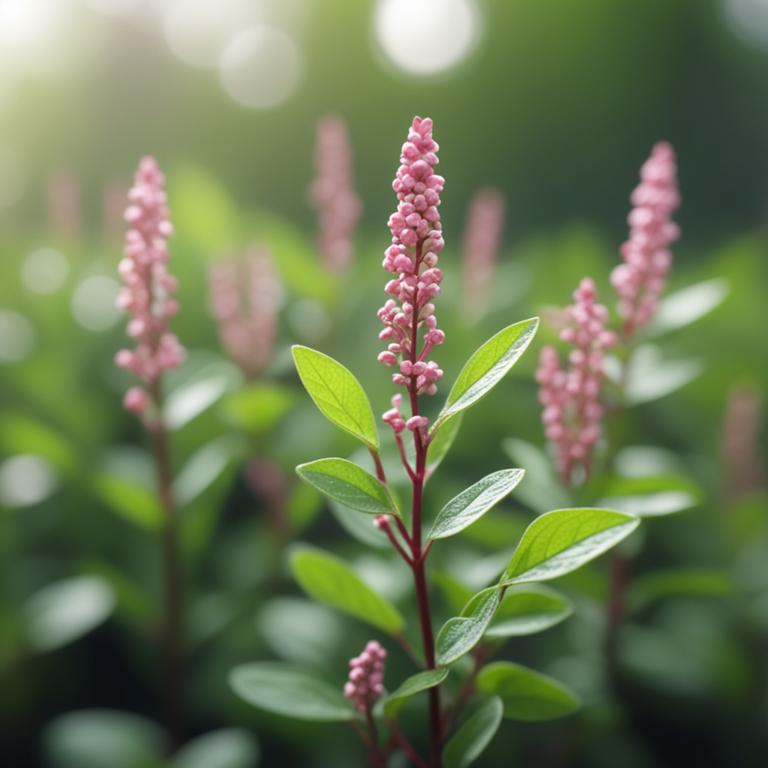
Polygonum multiflorum is a traditional Chinese herb also known as He Shou Wu or Fo-Ti, which is a type of flowering plant that belongs to the buckwheat family (Polygonaceae).
The bioactive constituents of Polygonum multiflorum include flavonoids, alkaloids, saponins, and polysaccharides, with examples including emodin, quercetin, and polygonum multiflorum saponins.
The benefits of Polygonum multiflorum are attributed to its antioxidant, anti-inflammatory, and anti-aging properties, which may help to promote cardiovascular health, improve cognitive function, and support the immune system.
The herb is used in traditional medicine to treat a range of conditions, including aging-related diseases, cardiovascular disorders, and neurological conditions, and is often consumed as a supplement in the form of capsules, tablets, or teas.
Example Benefits:
- Lowers cholesterol levels
- Heals liver cirrhosis
- Improves cardiovascular health
- Improves bone density
- Treats osteoporosis
The following table displays the major preparations of Polygonum multiflorum and examples of ailments they help cure.
| Preparation | Ailments |
|---|---|
| Huai qi | Kidney failure, fatigue, weakness |
| Jin qian cao | Anemia, diarrhea, constipation |
| Yin qiao san | Common cold, sore throat, fever |
| Hong jing tian | Edema, menstrual irregularities, infertility |
| Xiao ji tian | Inflammation, pain, fever |
Check Polygonum Multiflorum Complete Medicinal Profile.
64. Rehmannia glutinosa
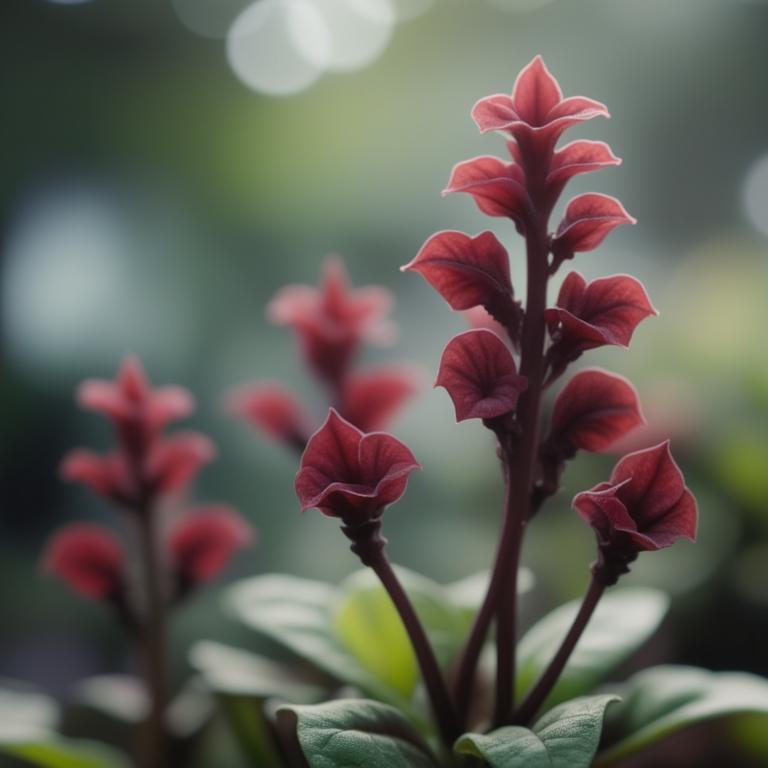
Rehmannia glutinosa is a traditional Chinese medicinal herb, also known as Di Huang, which belongs to the family Scrophulariaceae.
It is a perennial herb with tuberous roots that contain a variety of bioactive constituents, including rehmanniosides A and B, rehmannin, and rehmannianoside A.
These compounds have been found to possess anti-inflammatory, antioxidant, and immunomodulatory properties, which contribute to its numerous health benefits, such as reducing fatigue, improving kidney function, and promoting longevity.
In traditional Chinese medicine, Rehmannia glutinosa is used to treat various conditions, including anemia, kidney disease, and menopausal symptoms, and is often combined with other herbs to enhance its effects.
Example Benefits:
- Reduces inflammation
- Soothes digestive issues
- Reduces blood pressure
The following table displays the major preparations of Rehmannia glutinosa and examples of ailments they help cure.
| Preparation | Ailments |
|---|---|
| Di huang wan | Anemia, kidney disease, infertility |
| Si wu tang | Menstrual disorders, amenorrhea, premature aging |
| Jin gui shen qi wan | Kidney deficiency, fatigue, debility |
| Yin qi yang ye | Anemia, decreased libido, premature aging |
Check Rehmannia Glutinosa Complete Medicinal Profile.
65. Rheum palmatum
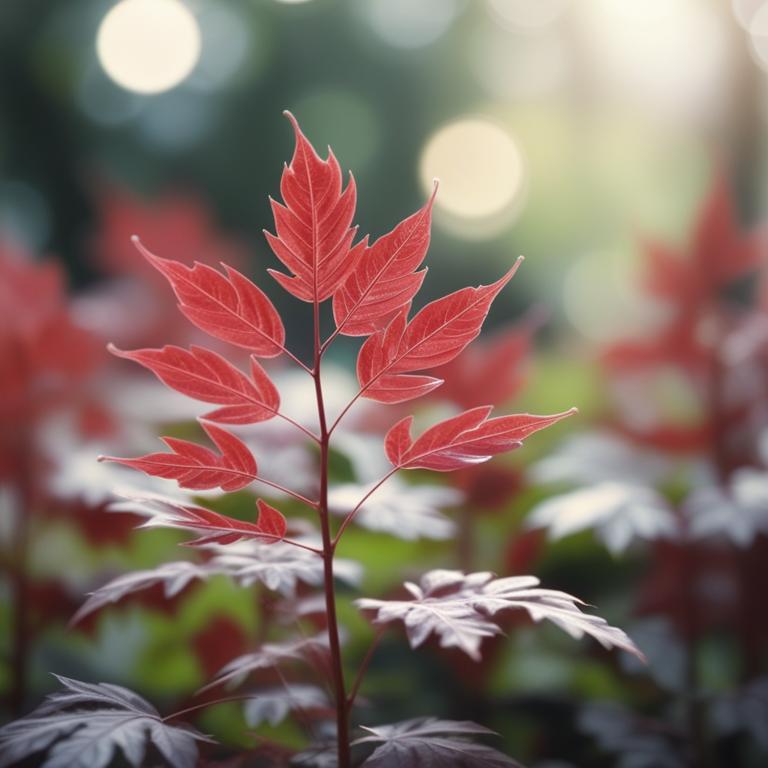
Rheum palmatum is a perennial herb belonging to the rhubarb family, native to the mountainous regions of Asia.
It contains a range of bioactive constituents, including anthraquinones, such as emodin, rhein, and chrysophanol, which have been shown to possess anti-inflammatory, antibacterial, and antiviral properties.
The herb has been traditionally used to treat various health conditions, including digestive issues, fever, and rheumatism, due to its potential benefits in reducing inflammation, improving gut health, and enhancing immune function.
Rheum palmatum is also used in traditional Chinese medicine, where it is often combined with other herbs to treat conditions such as arthritis, cardiovascular disease, and certain types of cancer.
Example Benefits:
- Heals wounds
- Fights infections
- Reduces inflammation
- Reduces swelling
- Reduces fever
The following table displays the major preparations of Rheum palmatum and examples of ailments they help cure.
| Preparation | Ailments |
|---|---|
| Rhizome extract | Fever, inflammation, gastrointestinal issues |
| Tincture of roots | Cough, respiratory infections, skin conditions |
| Decoction of rhizome | Diarrhea, constipation, urinary tract infections |
| Liquid extract | Pain, rheumatism, migraines |
| Infusion of roots | Sore throat, lung infections, menstrual issues |
Check Rheum Palmatum Complete Medicinal Profile.
66. Rhodiola rosea
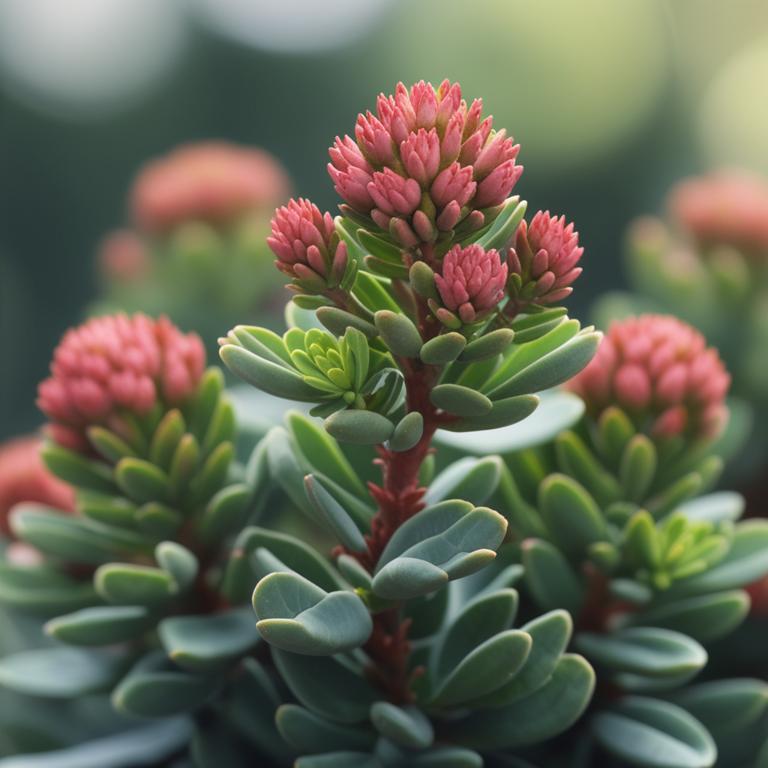
Rhodiola rosea is an adaptogenic herb belonging to the family Crassulaceae, native to the Arctic regions of Europe, Asia, and North America.
It contains bioactive constituents such as rosavin, salidroside, and tyrosol, which contribute to its medicinal properties.
Rhodiola rosea is known to offer benefits such as stress relief, improved mood, enhanced cognitive function, and increased endurance, making it a popular remedy for mental fatigue and anxiety.
The herb is used in traditional medicine and modern supplements to support mental health, boost energy, and improve physical performance.
Example Benefits:
- Reduces stress
- Improves mood
- Decreases anxiety
- Improves overall well-being
The following table displays the major preparations of Rhodiola rosea and examples of ailments they help cure.
| Preparation | Ailments |
|---|---|
| Rhodiola rosea extract | Anxiety, fatigue, depression |
| Rhodiolin | Stress, migraines, hypertension |
| Adaptogenic rhodiola | Adhd, memory loss, burnout |
| Rhodiola tincture | Sleep disorders, mood swings, chronic fatigue |
| Rhodiola capsules | Seasonal affective disorder, menopause symptoms, digestive issues |
Check Rhodiola Rosea Complete Medicinal Profile.
67. Rosmarinus officinalis
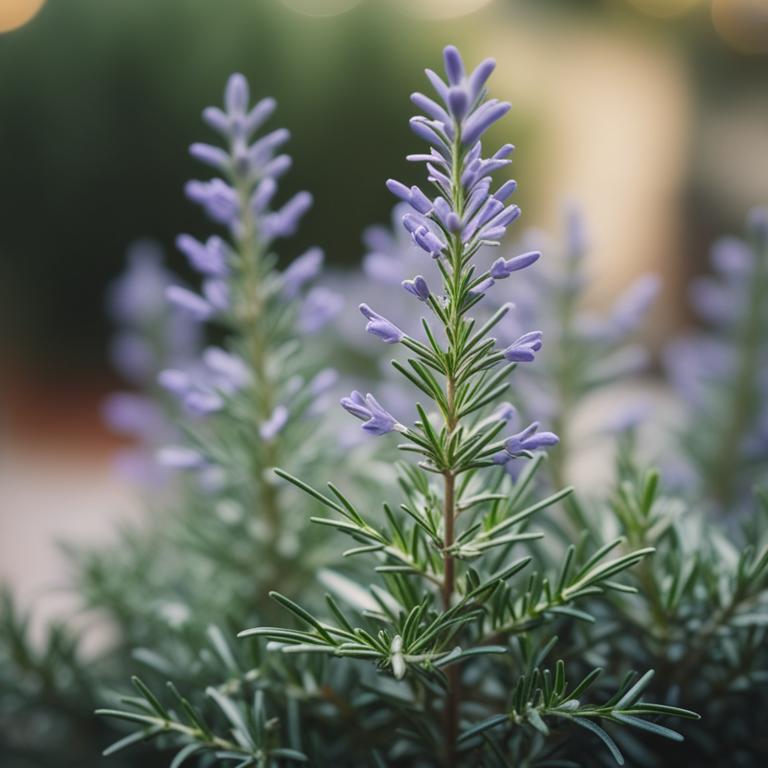
Rosmarinus officinalis is a fragrant, evergreen herb belonging to the mint family (Lamiaceae) and is commonly known as rosemary.
The bioactive constituents of this herb include carnosic acid, rosmarinic acid, and camphor, which have been shown to possess antioxidant, anti-inflammatory, and antimicrobial properties.
Rosemary has been found to provide several benefits, including improving cognitive function, reducing inflammation, and aiding in digestion.
This herb has been used in traditional medicine for various purposes, including as a culinary herb to enhance the flavor of food, as a natural preservative, and in aromatherapy to promote relaxation and improve mental clarity.
Example Benefits:
- Reduces anxiety
- Lowers blood pressure
- Treats burns
- Treats digestive issues
The following table displays the major preparations of Rosmarinus officinalis and examples of ailments they help cure.
| Preparation | Ailments |
|---|---|
| Rosmarinic tincture | Indigestion, respiratory issues, inflammation |
| Rosemary oil | Headaches, muscle pain, fatigue |
| Rosmarinic tea | Stress, digestive issues, skin conditions |
| Rosemary extract capsules | Memory loss, anxiety, depression |
| Rosmarinic infused oil | Wounds, skin infections, fungal infections |
Check Rosmarinus Officinalis Complete Medicinal Profile.
68. Salix alba
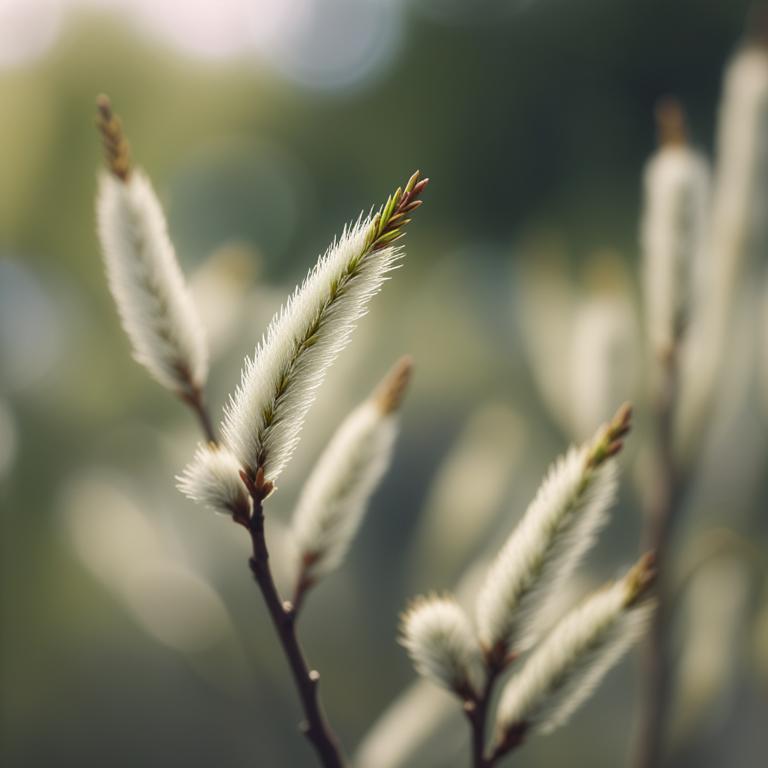
Salix alba is a deciduous tree known as white willow, which is a herb used in traditional medicine for its analgesic and anti-inflammatory properties.
The bioactive constituents of Salix alba include salicin, salicylic acid, and flavonoids, which are responsible for its medicinal effects.
The benefits of Salix alba include its ability to reduce pain and inflammation, improve cardiovascular health, and exhibit antioxidant properties.
This herb is used in various forms, such as bark, leaves, and extracts, to treat conditions like arthritis, headaches, and fever, as well as to soothe skin irritations and promote wound healing.
Example Benefits:
- Treats arthritis
- Lowers blood pressure
- Soothes skin irritations
The following table displays the major preparations of Salix alba and examples of ailments they help cure.
| Preparation | Ailments |
|---|---|
| White willow tincture | Pain relief, inflammation, fever |
| Salicin capsules | Rheumatism, arthritis, muscle pain |
| Willow bark tea | Headache, cold, flu |
| White willow extract | Inflammatory conditions, pain management, antipyretic |
| Salix alba infusion | Digestive issues, urinary tract infections, skin conditions |
Check Salix Alba Complete Medicinal Profile.
69. Salvia miltiorrhiza
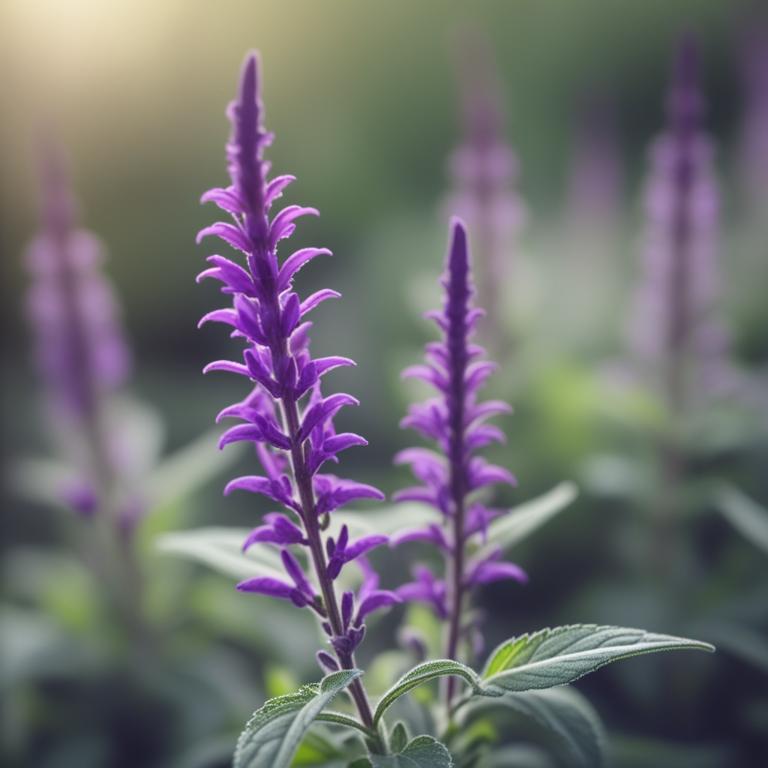
Salvia miltiorrhiza is a traditional Chinese medicinal herb belonging to the Lamiaceae family, also known as Danshen in Chinese.
The bioactive constituents of this herb include salvianolic acid, tanshinone I, and phenolic acids, which are responsible for its pharmacological effects.
The benefits of Salvia miltiorrhiza include improving cardiovascular health, reducing inflammation, and antioxidant properties, which may help in protecting against heart disease and other oxidative stress-related conditions.
It is commonly used in traditional Chinese medicine to treat conditions such as angina, heart failure, and arrhythmia, and is also used to promote blood circulation and relieve symptoms of menopause.
Example Benefits:
- Reduces blood pressure
- Soothes anxiety
- Improves cardiovascular health
- Lowers cholesterol
The following table displays the major preparations of Salvia miltiorrhiza and examples of ailments they help cure.
| Preparation | Ailments |
|---|---|
| Danshen | Angina, cardiomyopathy, hypertension |
| Salvia injection | Acute myocardial infarction, cardiac failure, coronary heart disease |
| Salvia tablets | Arteriosclerosis, dyslipidemia, hypertension |
| Danshen granule | Angina pectoris, cardiac insufficiency, hypertension |
Check Salvia Miltiorrhiza Complete Medicinal Profile.
70. Salvia officinalis

Salvia officinalis is a perennial herb belonging to the Lamiaceae family, commonly known as sage.
This herb contains bioactive constituents such as rosmarinic acid, carnosic acid, and ursolic acid, which contribute to its medicinal properties.
Salvia officinalis is known for its potential benefits, including anti-inflammatory, antioxidant, and cognitive-enhancing effects, making it useful for improving memory and reducing symptoms of neurodegenerative diseases.
Traditionally, sage has been used in cooking, herbal teas, and as a remedy for sore throats, digestive issues, and menopausal symptoms.
Example Benefits:
- Reduces inflammation
- Relieves anxiety
- Improves cognitive function
- Reduces stress
- Improves memory
The following table displays the major preparations of Salvia officinalis and examples of ailments they help cure.
| Preparation | Ailments |
|---|---|
| Salvia tincture | Anxiety, insomnia, digestive issues |
| Salvia tea | Coughs, fevers, mouth sores |
| Salvia oil | Muscle pain, arthritis, menstrual cramps |
| Salvia cream | Skin irritations, wounds, eczema |
| Salvia infusion | Respiratory issues, infections, inflammations |
Check Salvia Officinalis Complete Medicinal Profile.
71. Sambucus nigra

Sambucus nigra is a flowering plant, also known as the elderberry, which is a medicinal herb used in traditional and modern medicine.
The bioactive constituents of Sambucus nigra include flavonoids, anthocyanins, and sambunigrin, among others, which have been shown to exhibit anti-inflammatory, antiviral, and antioxidant properties.
The benefits of Sambucus nigra include its ability to support immune function, reduce inflammation, and alleviate symptoms associated with respiratory and gastrointestinal issues.
Sambucus nigra is used in various forms, including supplements, teas, and topical creams, to treat a range of health conditions, from cold and flu symptoms to eczema and skin irritations.
Example Benefits:
- Eases fever
- Alleviates cold symptoms
- Soothes sore throats
The following table displays the major preparations of Sambucus nigra and examples of ailments they help cure.
| Preparation | Ailments |
|---|---|
| Elderberry syrup | Flu, cough, sinusitis |
| Elderflower tea | Cold, allergies, hay fever |
| Elderberry tincture | Fever, swelling, inflammation |
| Elderflower tincture | Menstrual cramps, anxiety, insomnia |
| Sambucol | Cold, flu, bronchitis |
Check Sambucus Nigra Complete Medicinal Profile.
72. Schisandra chinensis
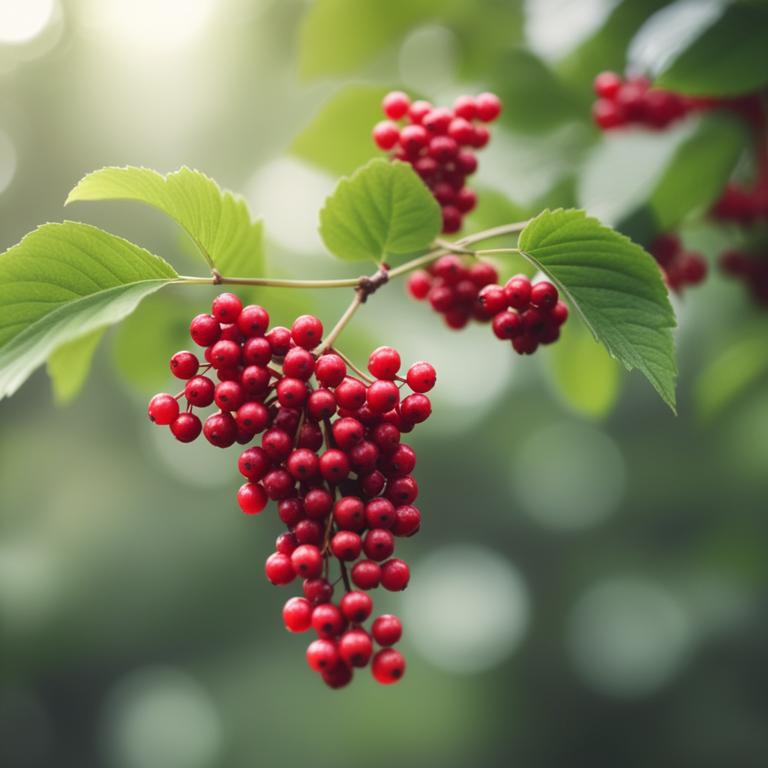
Schisandra chinensis is a traditional Chinese herb, also known as the "five-flavored berry" or "wu wei zi", which is derived from the fruit of the Schisandra chinensis plant, a woody vine native to China.
This herb is rich in bioactive constituents, including schisandrins, schisandrin B, schisandrin C, gomisin A, and gomisin G, which are known for their antioxidant, anti-inflammatory, and immunomodulatory properties.
Schisandra chinensis has been used in traditional Chinese medicine for various health benefits, including enhancing cardiovascular function, improving cognitive function, and supporting immune system health.
It is commonly used in herbal remedies for its adaptogenic properties, and is also valued for its potential to promote longevity and vitality.
Example Benefits:
- Lowers blood pressure
- Supports liver health
- Eases anxiety
- Improves cognitive function
The following table displays the major preparations of Schisandra chinensis and examples of ailments they help cure.
| Preparation | Ailments |
|---|---|
| Wu wei zi tincture | Fatigue, memory loss, anemia |
| Schisandra extract capsules | Digestive issues, respiratory problems, skin conditions |
| Wu wei zi tea | Stress, anxiety, sleep disorders |
| Schisandra wine | Cardiovascular issues, immune system weakness, mood disorders |
| Wu wei zi powder | Inflammation, pain, allergies |
Check Schisandra Chinensis Complete Medicinal Profile.
73. Scutellaria baicalensis
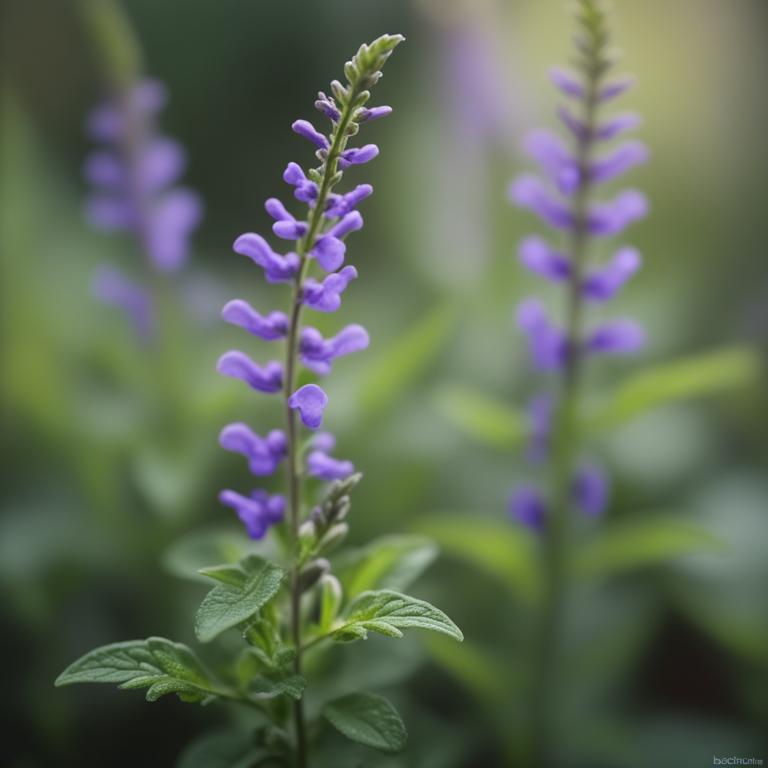
Scutellaria baicalensis is a perennial herb native to China, known as Huang-Qin in traditional Chinese medicine.
It is a type of skullcap that belongs to the Lamiaceae family, characterized by its bright blue flowers and square stem.
The herb contains bioactive constituents such as baicalein, baicalin, and wogonin, which possess anti-inflammatory, antioxidant, and antimicrobial properties.
The benefits of Scutellaria baicalensis include reducing stress and anxiety, improving sleep quality, and alleviating symptoms of respiratory and cardiovascular diseases, making it a popular ingredient in traditional remedies and modern supplements for its potential therapeutic effects.
Example Benefits:
- Reduces inflammation
- Antioxidizes
- Antioxidant neuroprotectant
- Antioxidant anti-inflammatory
- Antimicrobials
The following table displays the major preparations of Scutellaria baicalensis and examples of ailments they help cure.
| Preparation | Ailments |
|---|---|
| Baikal skullcap extract | Inflammation, fever, anxiety |
| Scute tincture | Insomnia, digestive issues, menstrual cramps |
| Baicalin capsules | Bacterial infections, respiratory problems, liver protection |
| Baicalin tea | Stomach ulcers, diarrhea, viral infections |
| Scutellaria oil | Skin irritations, insect bites, muscle spasms |
Check Scutellaria Baicalensis Complete Medicinal Profile.
74. Scutellaria lateriflora
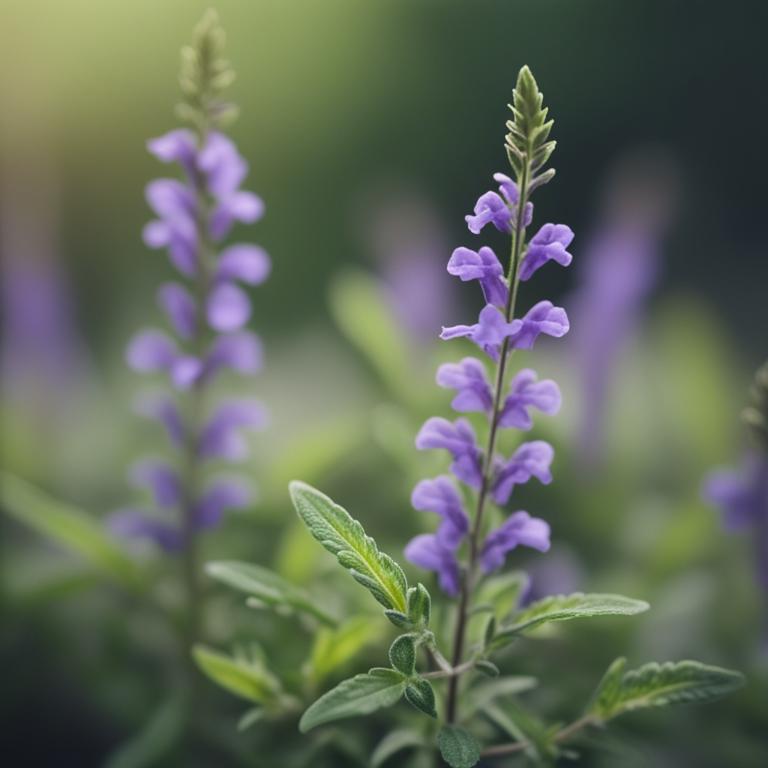
Scutellaria lateriflora is a perennial herb also known as blue skullcap, American skullcap, or mad dog skullcap, which is native to North America.
It contains bioactive constituents such as baicalein, baicalin, and oroselene, which are responsible for its medicinal properties.
The benefits of this herb include its anti-inflammatory, antispasmodic, and antiviral effects, which can be beneficial for anxiety, insomnia, and menstrual cramps.
Scutellaria lateriflora is used in herbal medicine to calm the nervous system, reduce stress, and promote relaxation, and it is often available in supplement form, tea, and tincture.
Example Benefits:
- Reduces anxiety
- Alleviates depression
- Decreases stress
- Improves sleep
The following table displays the major preparations of Scutellaria lateriflora and examples of ailments they help cure.
| Preparation | Ailments |
|---|---|
| Scutellaria extract | Anxiety, insomnia, stress |
| Butterfly pea tincture | Depression, anxiety, memory |
| Blue skullcap tea | Migraine, fever, inflammation |
| Scutellaria capsules | Restlessness, irritability, panic |
| Skullcap infusion | Muscle tension, pms, nervousness |
Check Scutellaria Lateriflora Complete Medicinal Profile.
75. Serenoa repens
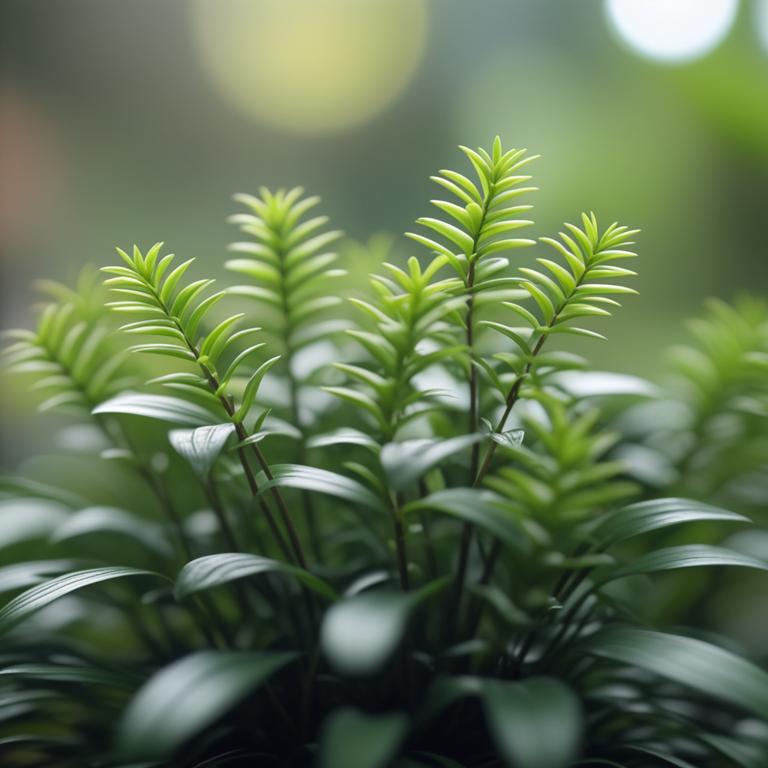
Serenoa repens is a plant-based herb commonly known as saw palmetto.
It is a small evergreen shrub native to the southeastern United States, and its berries have been used in traditional medicine for their medicinal properties.
The bioactive constituents of serenoa repens include fatty acids, particularly oleic and palmitic acids, as well as sterols, including beta-sitosterol and stigmasterol, which may contribute to its potential health benefits.
The benefits of serenoa repens include supporting prostate health, promoting healthy hair growth, and potentially aiding in the management of symptoms associated with benign prostatic hyperplasia (BPH), with common uses including dietary supplements and topical applications.
Example Benefits:
- Treats benign prostatic hyperplasia
- Improves urinary flow
- Supports prostate health
- Reduces prostate enlargement symptoms
- Reduces urination frequency
The following table displays the major preparations of Serenoa repens and examples of ailments they help cure.
| Preparation | Ailments |
|---|---|
| Saw palmetto capsules | Bph, prostatitis, hair loss |
| Saw palmetto tincture | Acne, eczema, skin conditions |
| Saw palmetto oil | Anti-inflammatory, wound healing, skin regeneration |
| Saw palmetto tea | Digestive issues, urinary tract infections, fever reduction |
| Saw palmetto extract | Antioxidant, antimicrobial, antiviral |
Check Serenoa Repens Complete Medicinal Profile.
76. Silybum marianum
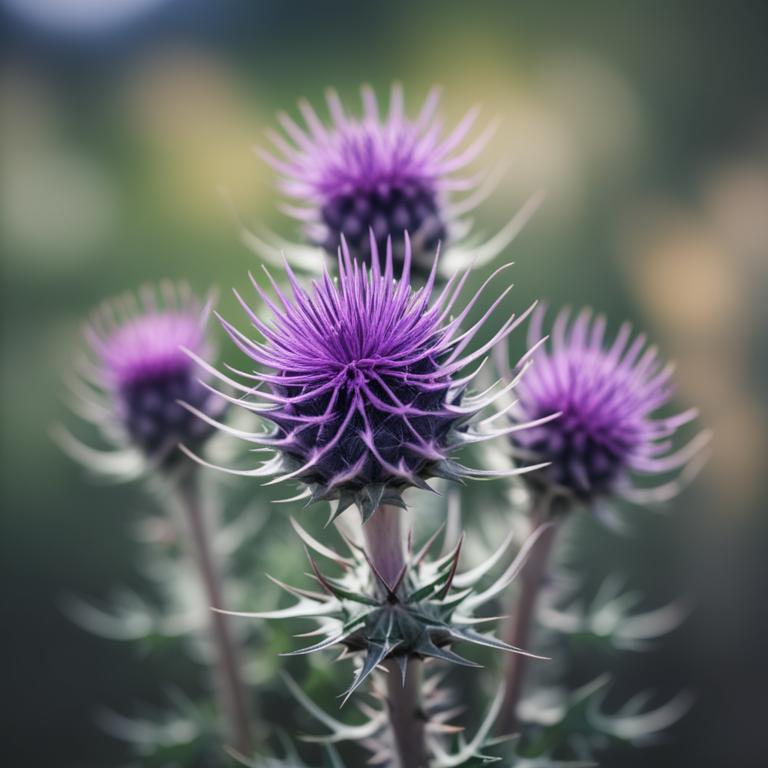
Silybum marianum is a flowering plant commonly known as milk thistle, which is a popular herbal remedy.
It is defined as a biennial plant with a thistle-like appearance, native to the Mediterranean region and has been used for centuries to treat various health conditions.
The bioactive constituents of Silybum marianum include flavonolignans, specifically silymarin, which is a mixture of isomers including silibinin, silidianin, and silicristin.
The benefits of Silybum marianum include liver protection, antioxidant properties, and anti-inflammatory effects, making it useful for treating conditions such as liver disease, cirrhosis, and even some forms of cancer, with uses including dietary supplements, teas, and extracts.
Example Benefits:
- Protects against liver damage
- Reduces oxidative stress
- Soothes digestive issues
- Boosts immune system
The following table displays the major preparations of Silybum marianum and examples of ailments they help cure.
| Preparation | Ailments |
|---|---|
| Silymarin capsules | Liver disease, jaundice, hepatitis |
| Milk thistle extract | Nausea, vomiting, digestive issues |
| Silymarin tablets | Fatty liver, kidney stones, gallstones |
| Silymarin oil | Skin conditions, inflammation, wound healing |
Check Silybum Marianum Complete Medicinal Profile.
77. Symphytum officinale
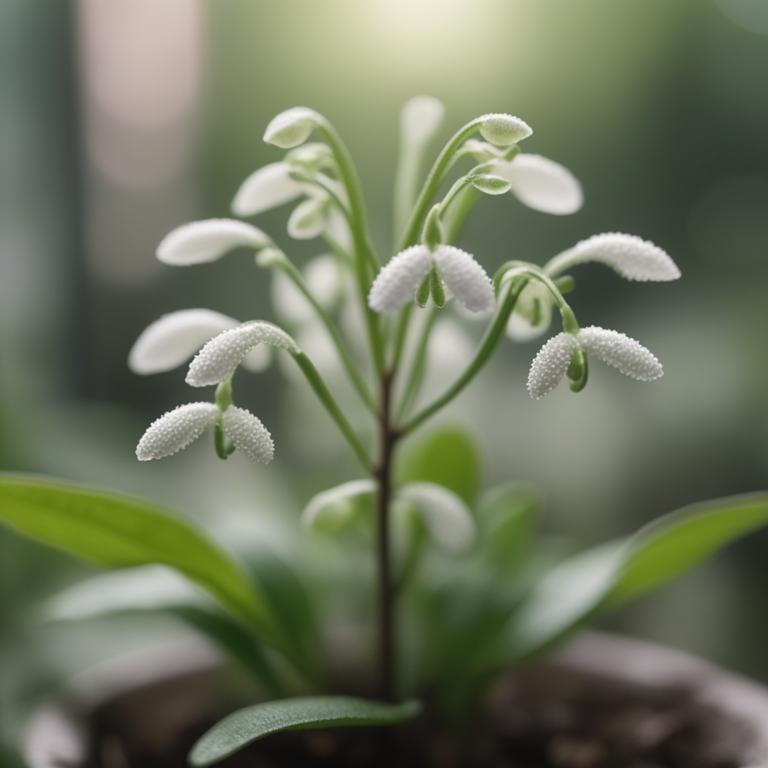
Symphytum officinale is an herb also known as comfrey, which belongs to the borage family (Boraginaceae).
The bioactive constituents of Symphytum officinale include allantoin, rosmarinic acid, and caffeic acid, which have been shown to possess anti-inflammatory, antioxidant, and tissue-healing properties.
The benefits of comfrey include its ability to accelerate wound healing, reduce inflammation, and promote tissue repair, making it useful for topical applications such as treating skin conditions, wounds, and sprains.
It can be used in teas, infusions, salves, and ointments, and is also valued as a fertilizer due to its high content of nutrients, making it a popular choice for gardeners and herbalists.
Example Benefits:
- Reduces inflammation
- Heals wounds
- Relieves pain
- Treats arthritis
- Soothes skin irritations
The following table displays the major preparations of Symphytum officinale and examples of ailments they help cure.
| Preparation | Ailments |
|---|---|
| Symphytum tincture | Bruises, sprains, muscle pain |
| Comfrey cream | Skin ulcers, wound healing, burns |
| Comfrey salve | Insect bites, minor cuts, skin irritations |
| Comfrey tea | Digestive issues, cold, respiratory problems |
Check Symphytum Officinale Complete Medicinal Profile.
78. Tabebuia rosea
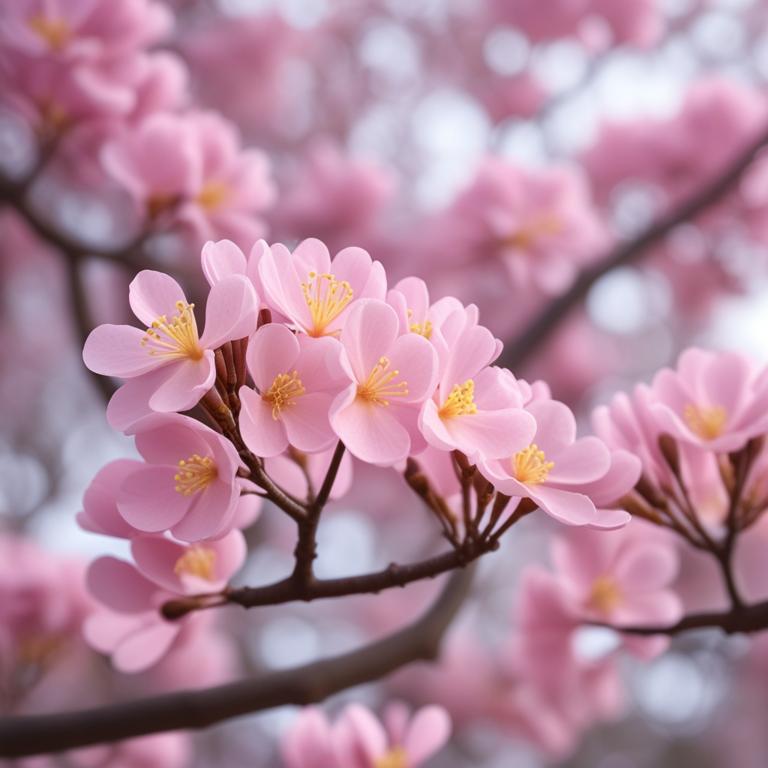
Tabebuia rosea is a herb also known as "Pink Trumpet Tree" or "Pau d'Arco", which belongs to the Bignoniaceae family.
It is rich in bioactive constituents such as alkaloids, flavonoids, and glycosides, including lapachol, tabernoschrozine, and isorhapontigenin.
The herb has been traditionally used to treat various health conditions, including inflammation, fever, and gastrointestinal issues, due to its anti-inflammatory, antimicrobial, and antioxidant properties.
Tabebuia rosea is commonly used in herbal medicine for its potential benefits in wound healing, pain relief, and as an antifungal agent.
Example Benefits:
- Treats malaria
- Treats respiratory infections
- Reduces fever
The following table displays the major preparations of Tabebuia rosea and examples of ailments they help cure.
| Preparation | Ailments |
|---|---|
| Tabebuia rosea infusion | Fever, inflammation, diarrhea |
| Tabebuia rosea tincture | Anxiety, insomnia, pain relief |
| Tabebuia rosea salve | Wounds, skin infections, eczema |
| Tabebuia rosea decoction | Cold, flu, respiratory issues |
| Tabebuia rosea extract | Cancer prevention, antioxidant, antibacterial |
Check Tabebuia Rosea Complete Medicinal Profile.
79. Tanacetum parthenium
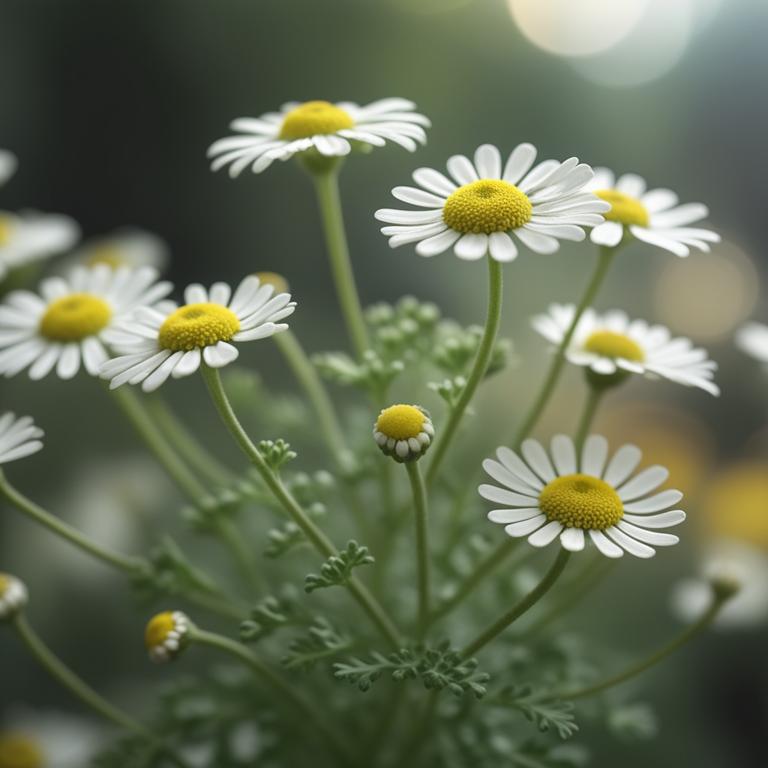
Tanacetum parthenium, also known as feverfew, is a flowering plant native to Europe and western Asia, belonging to the daisy family.
The bioactive constituents of this herb include sesquiterpene lactones, flavonoids, and parthenolide, which have been shown to exhibit anti-inflammatory, antispasmodic, and anti-cancer properties.
Feverfew has been traditionally used to alleviate migraines, reduce fever, and as an anti-inflammatory agent, and has been found to have benefits such as reducing inflammation and improving cognitive function.
The herb can be used in teas, tinctures, and capsules, and has been used in folk medicine for its medicinal properties, as well as being a potential adjunct in the treatment of various health conditions.
Example Benefits:
- Heals wounds
- Relaxes muscles
- Relieves anxiety
The following table displays the major preparations of Tanacetum parthenium and examples of ailments they help cure.
| Preparation | Ailments |
|---|---|
| Tincture of feverfew | Migraines, fever, inflammatory disorders |
| Infused oil of feverfew | Menstrual cramps, inflammatory conditions, rheumatism |
| Feverfew tea | Anxiety, migraines, inflammatory conditions |
| Feverfew capsules | Inflammatory disorders, rheumatism, menstrual cramps |
| Feverfew tincture | Migraines, anxiety, inflammatory conditions |
Check Tanacetum Parthenium Complete Medicinal Profile.
80. Taraxacum officinale
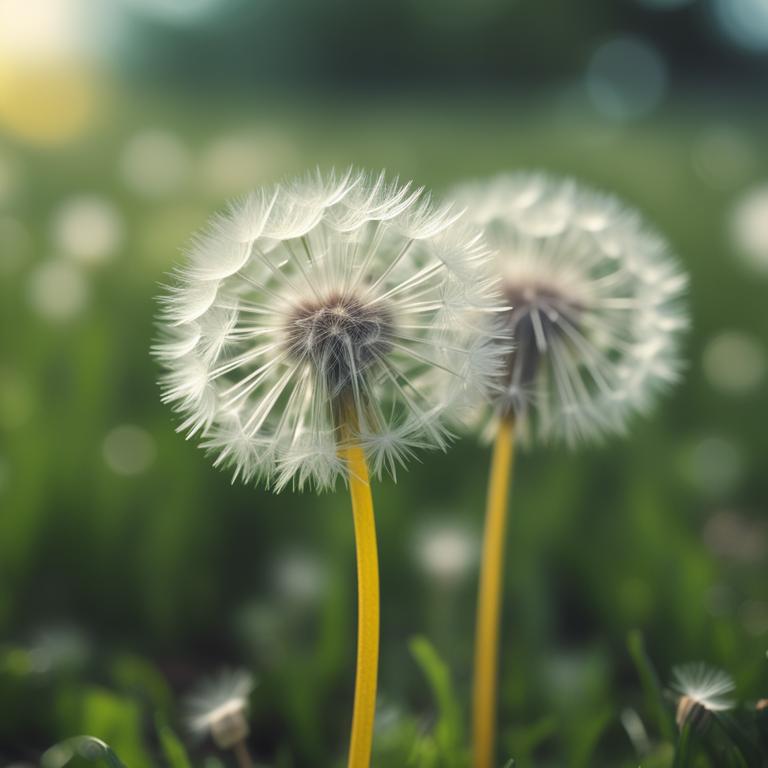
Taraxacum officinale is a perennial herb commonly known as dandelion, belonging to the Asteraceae family.
It is rich in bioactive constituents such as sesquiterpenes, flavonoids, and phenolic acids, including taraxasterol, isobutyric acid, and caffeic acid, which are responsible for its medicinal properties.
The benefits of Taraxacum officinale include its potential to improve liver function, aid in digestion, and exhibit antioxidant and anti-inflammatory activities.
This herb has been used in traditional medicine for various purposes, including as a diuretic, to treat skin conditions, and as a natural remedy for digestive issues and fever reduction.
Example Benefits:
- Reduces inflammation
- Fights bacterial infections
- Improves digestion
- Treats diarrhea
The following table displays the major preparations of Taraxacum officinale and examples of ailments they help cure.
| Preparation | Ailments |
|---|---|
| Taraxasterol | Inflammatory diseases, skin issues, wound healing |
| Dandelion root extract | Digestive problems, liver issues, kidney stones |
| Dandelion tea | Fluid retention, indigestion, constipation |
| Taraxacum oil | Skin irritations, eczema, acne |
Check Taraxacum Officinale Complete Medicinal Profile.
81. Terminalia arjuna
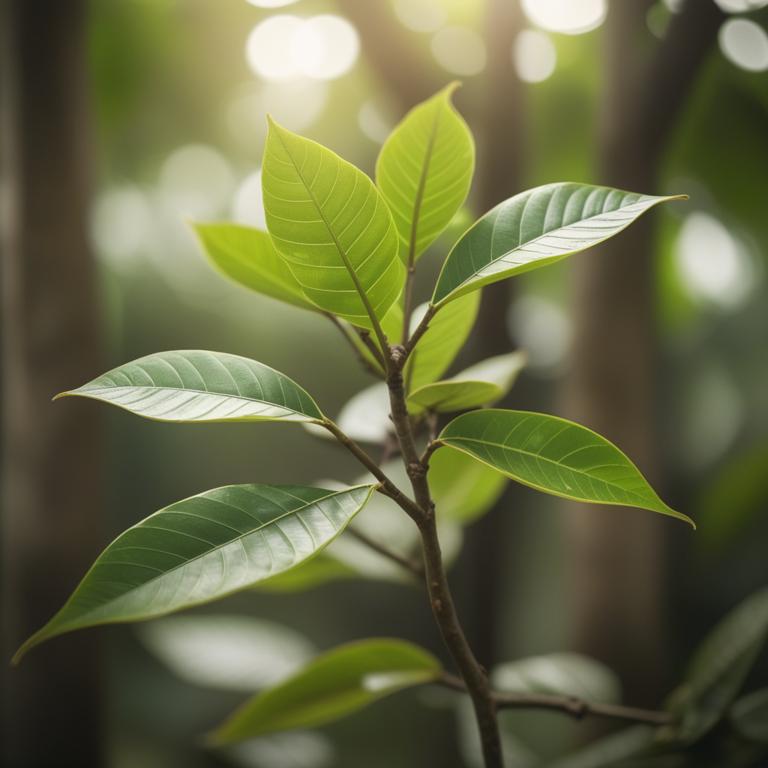
Terminalia arjuna is a deciduous tree native to the Indian subcontinent, whose bark has been used in traditional Ayurvedic medicine for centuries.
The term "arjuna" refers to the Sanskrit word for "white" or "pure", and this herb is prized for its rich store of bioactive constituents, including arjunone, arjunic acid, and flavonoids like quercetin and kaempferol.
The benefits of Terminalia arjuna include its potential to reduce stress and anxiety, improve cardiovascular health, and boost the immune system.
This herb is used in various forms, including capsules, powders, and teas, to support heart health, alleviate symptoms of arthritis, and promote overall well-being.
Example Benefits:
- Heals heart failure
- Lowers cholesterol levels
- Improves cardiac function
The following table displays the major preparations of Terminalia arjuna and examples of ailments they help cure.
| Preparation | Ailments |
|---|---|
| Arjuna capsules | Heart failure, high blood pressure, angina |
| Arjuna tablets | Cardiac arrhythmia, cardiac insufficiency, chest pain |
| Arjuna extract | Cardiovascular disease, atherosclerosis, varicose veins |
| Arjuna tincture | Anxiety, stress, sleep disorders |
| Arjuna oil | Wound healing, skin conditions, hair growth |
Check Terminalia Arjuna Complete Medicinal Profile.
82. Thymus vulgaris
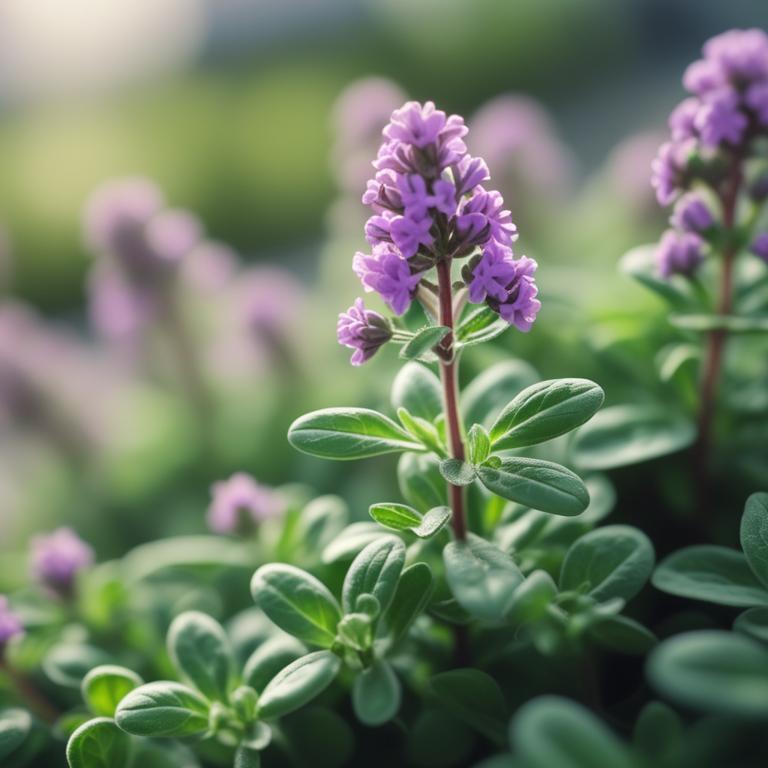
Thymus vulgaris is a perennial herb belonging to the mint family (Lamiaceae), commonly known as thyme.
The bioactive constituents of thymus vulgaris include thymol, carvacrol, and rosmarinic acid, which are responsible for its antimicrobial, anti-inflammatory, and antioxidant properties.
Thymus vulgaris has been found to have various health benefits, including reducing inflammation, improving respiratory health, and exhibiting antimicrobial effects against certain pathogens.
This herb is commonly used in traditional medicine and as a culinary herb, and it is also used in aromatherapy, skincare products, and as a natural remedy for digestive issues.
Example Benefits:
- Heals skin
- Antioxidant effects
- Reduces stress
The following table displays the major preparations of Thymus vulgaris and examples of ailments they help cure.
| Preparation | Ailments |
|---|---|
| Thyme oil | Cough, sore throat, digestive issues |
| Thymol tincture | Skin infections, mouthwash, antiseptic |
| Thyme tea | Respiratory issues, cold, inflammation |
| Thyme infusion | Fever, urinary tract infections, menstrual cramps |
| Thymol capsules | Antibacterial, antiviral, antifungal |
Check Thymus Vulgaris Complete Medicinal Profile.
83. Turnera diffusa

Turnera diffusa is a medicinal herb also known as Damiana, which is traditionally used to treat various health issues.
The herb contains bioactive constituents such as flavonoids, alkaloids, and terpenoids, including 6-hydroxymarmesin, isomarmesin, and marmesin.
The benefits of Turnera diffusa include its potential to improve sleep quality, reduce anxiety and stress, and act as an aphrodisiac.
It is commonly used in traditional medicine to treat symptoms of menopause, erectile dysfunction, and digestive issues, and is also used as a natural remedy for insomnia and urinary problems.
Example Benefits:
- Reduces anxiety
- Lowers blood pressure
- Reduces inflammation
The following table displays the major preparations of Turnera diffusa and examples of ailments they help cure.
| Preparation | Ailments |
|---|---|
| Turnera infusion | Indigestion, diarrhea, fever |
| Turnera tincture | Anxiety, sleep disorders, muscle pain |
| Turnera tea | Urticaria, skin irritation, hives |
| Turnera decoction | Kidney problems, urinary tract infections, rheumatism |
| Turnera extract | Inflammation, pain relief, antioxidant properties |
Check Turnera Diffusa Complete Medicinal Profile.
84. Ulmus rubra
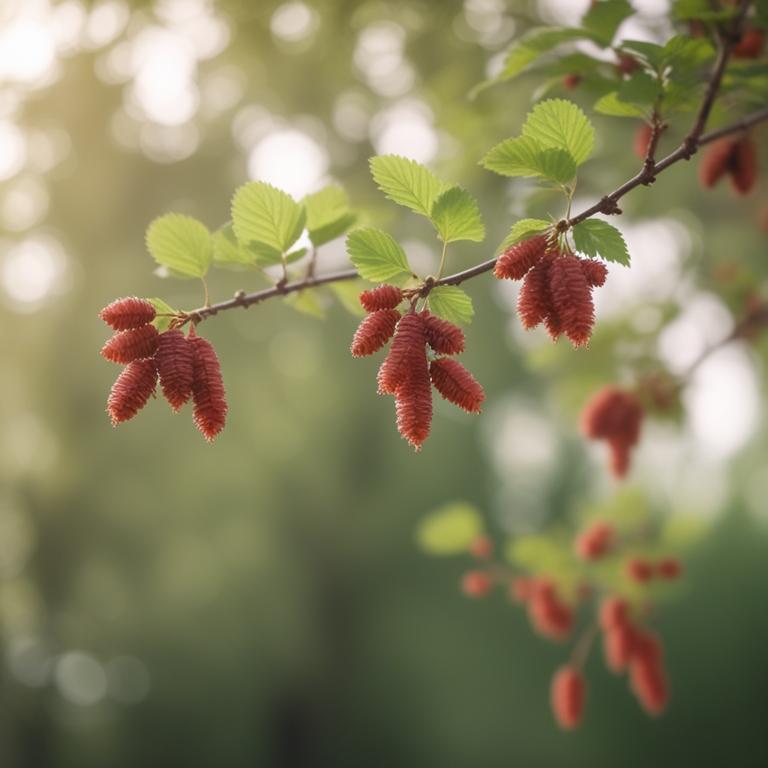
Ulmus rubra is a deciduous tree species commonly known as the slippery elm, and it is used as a medicinal herb.
The bioactive constituents of Ulmus rubra include oligosaccharides, mucilages, and phenolic compounds, which have been shown to possess anti-inflammatory, antioxidant, and antimicrobial properties.
Benefits of this herb include its ability to soothe digestive issues, reduce inflammation, and support the immune system.
Ulmus rubra has been traditionally used in herbal medicine to treat various conditions, including irritable bowel syndrome (IBS), diarrhea, and skin irritations, as well as to create topical creams and teas for wound healing and relaxation purposes.
Example Benefits:
- Heals wounds
- Treats arthritis
- Fights infections
The following table displays the major preparations of Ulmus rubra and examples of ailments they help cure.
| Preparation | Ailments |
|---|---|
| Ulmus rubra bark tincture | Diarrhea, colic, fever |
| Red elm infusion | Cough, sore throat, laryngitis |
| Ulmus rubra salve | Wounds, burns, skin irritations |
Check Ulmus Rubra Complete Medicinal Profile.
85. Urtica dioica
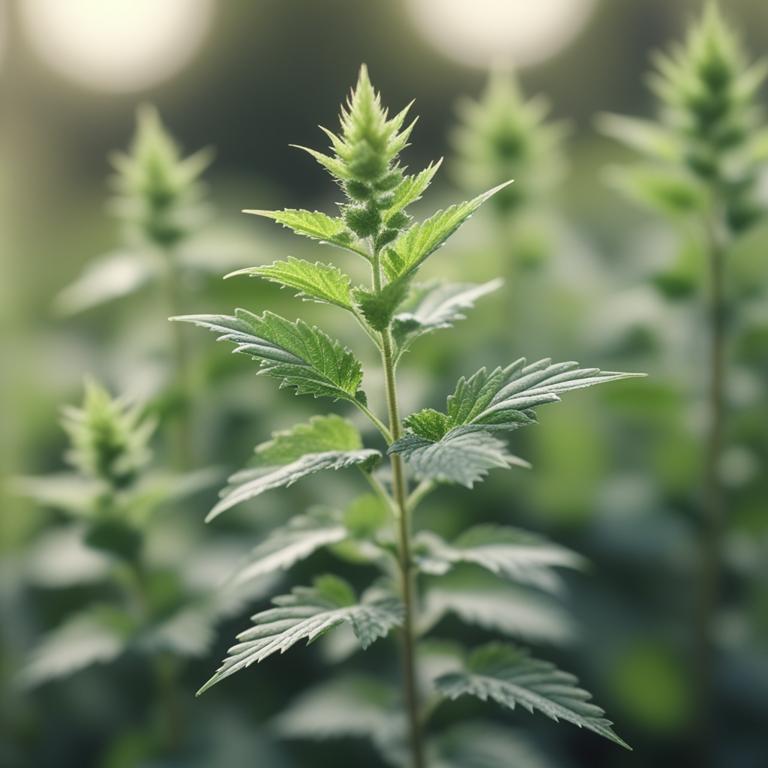
Urtica dioica is a perennial herb belonging to the nettle family (Urticaceae), commonly known as stinging nettle.
It is rich in bioactive constituents, including flavonoids, phenolic acids, and triterpenoid saponins, such as quercetin, caffeic acid, and ursolic acid.
The benefits of Urtica dioica include its anti-inflammatory, antioxidant, and immunomodulatory properties, which can help alleviate symptoms of arthritis, improve skin health, and support prostate health.
Urtica dioica is used in traditional medicine to make teas, infusions, and capsules, and is also used in skincare products and food supplements due to its potential to reduce inflammation and improve overall well-being.
Example Benefits:
- Heals wounds
- Treats eczema
- Reduces inflammation
- Improves digestion
The following table displays the major preparations of Urtica dioica and examples of ailments they help cure.
| Preparation | Ailments |
|---|---|
| Urtica tincture | Insect bites, allergies, itching |
| Nettle infusion | Kidney stones, urinary issues, anemia |
| Nettle oil | Muscle pain, joint pain, skin irritations |
| Nettle tea | Digestive issues, menstrual cramps, cold |
| Urtica salve | Wounds, eczema, dermatitis |
Check Urtica Dioica Complete Medicinal Profile.
86. Vaccinium myrtillus

Vaccinium myrtillus is a herb also known as bilberry, a type of fruit-bearing shrub native to Europe and other parts of the world.
It is rich in bioactive constituents, including anthocyanins, flavonoids, and phenolic acids, which have been shown to have antioxidant, anti-inflammatory, and antimicrobial properties.
The benefits of Vaccinium myrtillus include its potential to improve cardiovascular health, reduce oxidative stress, and support eye health, among others.
This herb is used in traditional medicine to treat various conditions, including diarrhea, stomach ulcers, and inflammation, and is also used as a natural food coloring and in dietary supplements.
Example Benefits:
- Eases inflammation
- Acts as antioxidant
- Supports immune system
The following table displays the major preparations of Vaccinium myrtillus and examples of ailments they help cure.
| Preparation | Ailments |
|---|---|
| Vaccinium tincture | Digestive issues, diarrhea, inflammation |
| Bilberry extract capsules | Eye problems, cataracts, macular degeneration |
| Myrtillus salve | Skin ulcers, wounds, bruises |
| Vaccinium infusion | Urinary issues, kidney stones, prostate problems |
| Bilberry tea | Anxiety, insomnia, stress |
Check Vaccinium Myrtillus Complete Medicinal Profile.
87. Valeriana officinalis
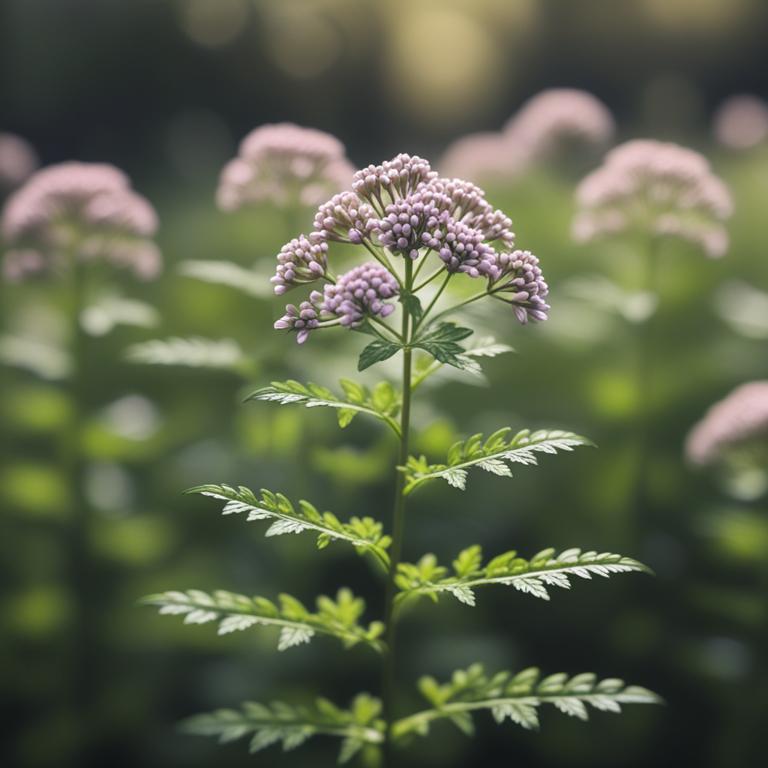
Valeriana officinalis is a perennial flowering plant, commonly known as valerian root or garden heliotrope.
It is an herb that has been used for centuries in traditional medicine and is characterized by its sedative properties.
The bioactive constituents of valerian root include valerenic acid, valeranone, and valepotriates, which have been shown to have anxiolytic and sleep-inducing effects.
The benefits of valerian root include improved sleep quality, reduced anxiety and stress, and relief from menstrual cramps and muscle spasms, making it a popular natural remedy for promoting relaxation and reducing sleep disorders, and it is often used in teas, supplements, and tinctures.
Example Benefits:
- Relieves stress
- Reduces anxiety
- Promotes relaxation
The following table displays the major preparations of Valeriana officinalis and examples of ailments they help cure.
| Preparation | Ailments |
|---|---|
| Valerian root tincture | Insomnia, anxiety, restless leg syndrome |
| Valerian tea | Digestive issues, menstrual cramps, elevated blood pressure |
| Valerian root oil | Muscle spasms, skin irritations, nervous tension |
| Valerian capsules | Gastrointestinal issues, panic attacks, inflammation |
| Valerian root extract | Sleep disorders, mood swings, muscle weakness |
Check Valeriana Officinalis Complete Medicinal Profile.
88. Verbena officinalis
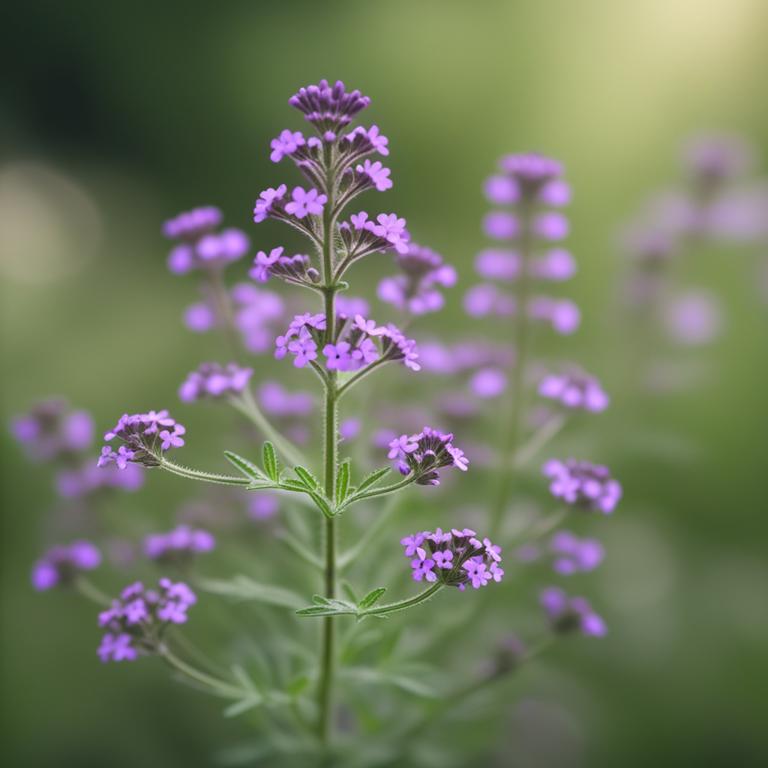
Verbena officinalis is a perennial herb native to Europe, North Africa, and the Mediterranean region, commonly known as vervain or verbena.
The bioactive constituents of Verbena officinalis include flavonoids such as verbascoside, labiatic acid, and 6-hydroxykawain, as well as iridoid glycosides like verbenalin and hastatoside.
The herb is valued for its potential benefits, including antioxidant, anti-inflammatory, and antimicrobial properties, which may contribute to its traditional uses in treating anxiety, insomnia, and digestive issues.
Verbena officinalis has been used in traditional medicine for centuries and is still employed in modern herbalism, often in the form of teas, infusions, and tinctures.
Example Benefits:
- Treats anxiety
- Fights infections
- Supports immune system
The following table displays the major preparations of Verbena officinalis and examples of ailments they help cure.
| Preparation | Ailments |
|---|---|
| Verbena tincture | Anxiety, insomnia, depression |
| Verbena tea | Cough, fever, inflammation |
| Verbena infusion | Stomachache, nausea, digestive issues |
| Verbena oil | Skin irritations, muscle pain, insect bites |
| Verbena decoction | Diarrhea, vomiting, menstrual cramps |
Check Verbena Officinalis Complete Medicinal Profile.
89. Viburnum opulus
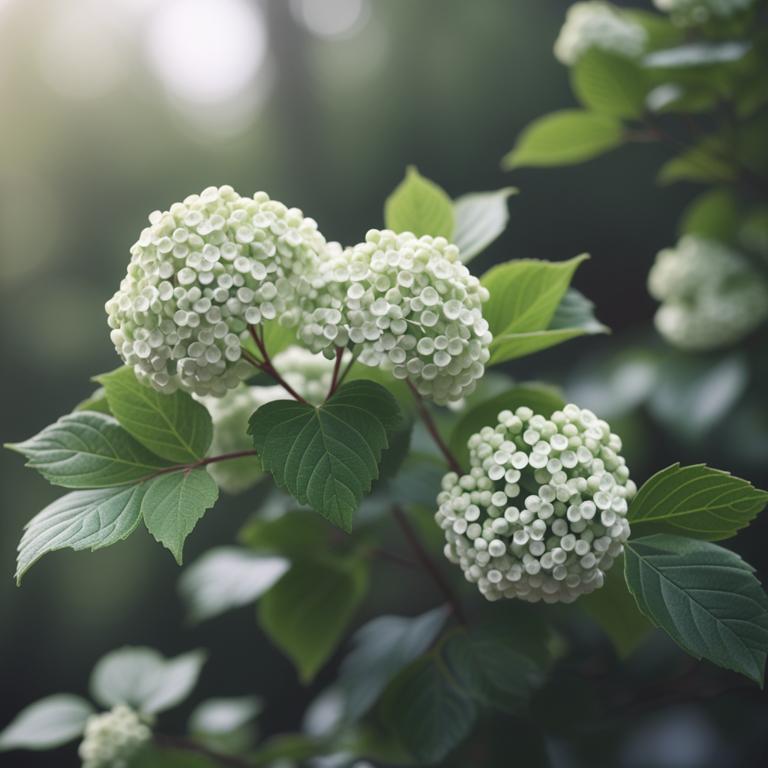
Viburnum opulus is a flowering plant in the honeysuckle family (Caprifoliaceae) and is commonly known as the guelder rose, European cranberrybush, or dog rowan.
The herb is rich in bioactive constituents such as flavonoids (e.g., quercetin, kaempferol), phenolic acids (e.g., ferulic acid, sinapic acid), and terpenoids (e.g., viburnin), which contribute to its medicinal properties.
The benefits of Viburnum opulus include its anti-inflammatory, antimicrobial, and antioxidant effects, which may help alleviate symptoms of various health conditions, such as fever, rheumatism, and digestive issues.
The herb can be used in traditional medicine to make teas, tinctures, and infusions, and is also valued for its ornamental value in gardens and landscapes.
Example Benefits:
- Reduces fever
- Fights infections
- Soothes inflammation
The following table displays the major preparations of Viburnum opulus and examples of ailments they help cure.
| Preparation | Ailments |
|---|---|
| Viburnum berry tincture | Influenza, fever, chills |
| Viburnum compound tea | Diarrhea, vomiting, menstrual cramps |
| Viburnum oil infusion | Eczema, acne, itching skin |
| Viburnum decoction | Kidney stones, urinary tract infections, bladder problems |
| Viburnum infused vinegar | Sore throats, coughs, bronchitis |
Check Viburnum Opulus Complete Medicinal Profile.
90. Vitex agnus-castus
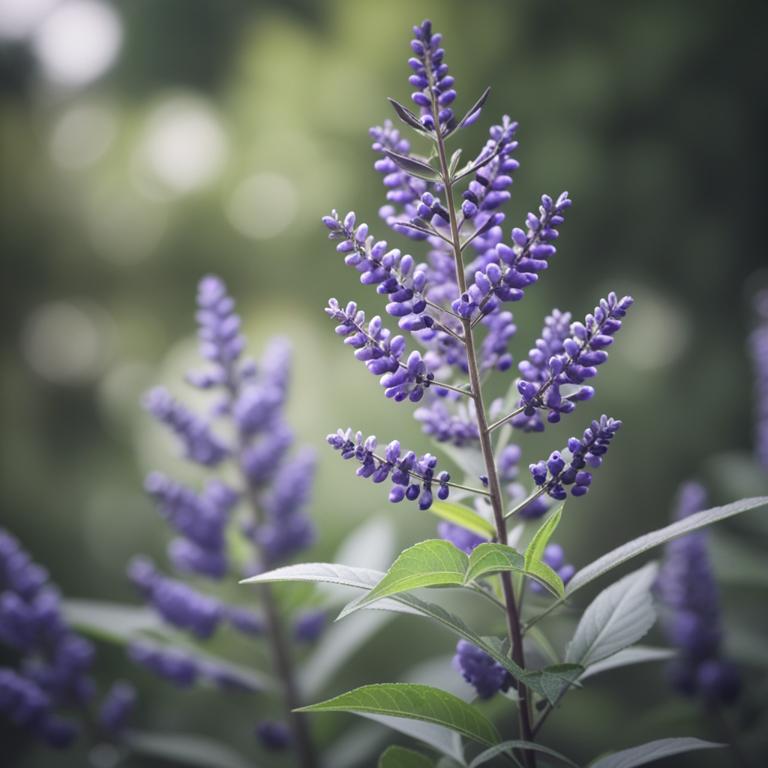
Vitex agnus-castus is a medicinal herb that belongs to the Verbenaceae family, commonly known as chaste tree or monk's pepper.
The bioactive constituents of this herb include flavonoids, such as vitexin and isovitexin, as well as iridoid glycosides, including aucubin and agnuside.
The benefits of Vitex agnus-castus include its potential to alleviate symptoms of premenstrual syndrome (PMS), menstrual disorders, and menopausal symptoms, as well as its possible anxiolytic and anti-inflammatory effects.
Traditionally, this herb is used in herbal medicine to support female reproductive health, and it has also been used as a natural remedy for anxiety, insomnia, and digestive issues.
Example Benefits:
- Reduces hot flashes
- Relieves menstrual cramps
- Regulates menstrual cycle
- Improves mood
- Eases symptoms of pms
The following table displays the major preparations of Vitex agnus-castus and examples of ailments they help cure.
| Preparation | Ailments |
|---|---|
| Chasteberry tincture | Amenorrhea, bloating, fibroids |
| Vitex capsules | Endometriosis, infertility, pms |
| Agnes castus tea | Anxiety, mood swings, thyroid issues |
| Chasteberry extract | Pcos, adhd, menopause symptoms |
Check Vitex Agnus-Castus Complete Medicinal Profile.
91. Withania somnifera
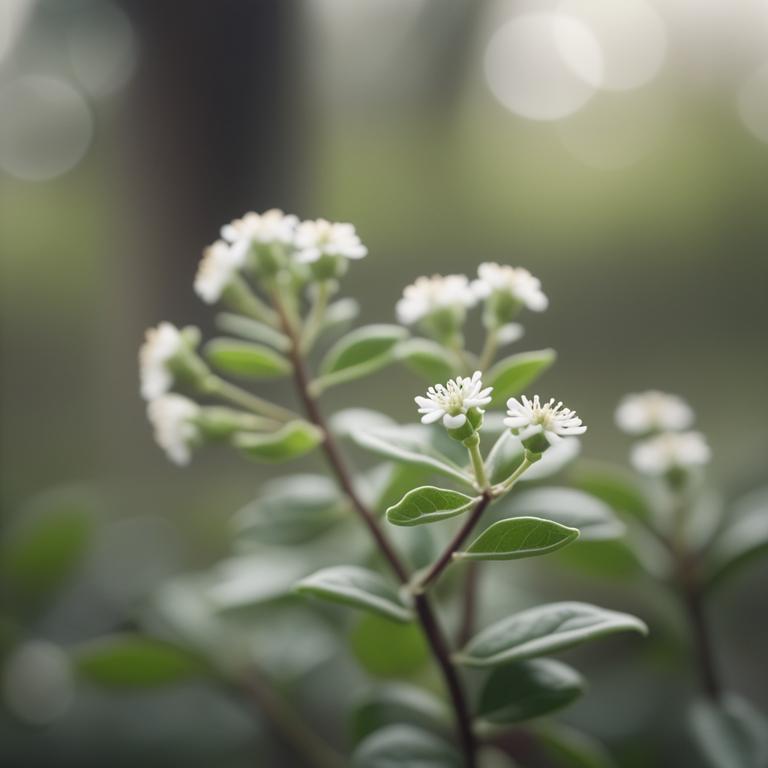
Withania somnifera is an herbal plant, also known as ashwagandha, which is a term derived from Sanskrit meaning "smell of horse," referring to its perceived ability to give the strength and vitality of a horse.
It is a shrub native to India and North Africa, and is known for its bioactive constituents, including alkaloids such as withanolides, withaferins, and withanosides, as well as saponins, flavonoids, and glycosides.
The benefits of Withania somnifera include reducing stress and anxiety, improving sleep quality, and enhancing cognitive function, as well as its potential to boost immune function, reduce inflammation, and improve overall physical and mental well-being.
This herb is used in traditional Ayurvedic medicine and is often consumed as a dietary supplement in the form of capsules, powders, or teas, and is also used in various applications such as skin care products, hair care products, and as an ingredient in functional foods and beverages.
Example Benefits:
- Reduces stress
- Improves sleep
- Lowers anxiety
- Antioxidant properties
The following table displays the major preparations of Withania somnifera and examples of ailments they help cure.
| Preparation | Ailments |
|---|---|
| Ashwagandha capsules | Stress, anxiety, fatigue |
| Withania extract tincture | Insomnia, depression, chronic pain |
| Ashwagandha tea | Adrenal fatigue, thyroid issues, menopause symptoms |
| Ksm-66 supplement | Cognitive function, mood enhancement, anti-inflammation |
| Somnifera drops | Sleep disturbances, muscle relaxation, skin issues |
Check Withania Somnifera Complete Medicinal Profile.
92. Zanthoxylum americanum
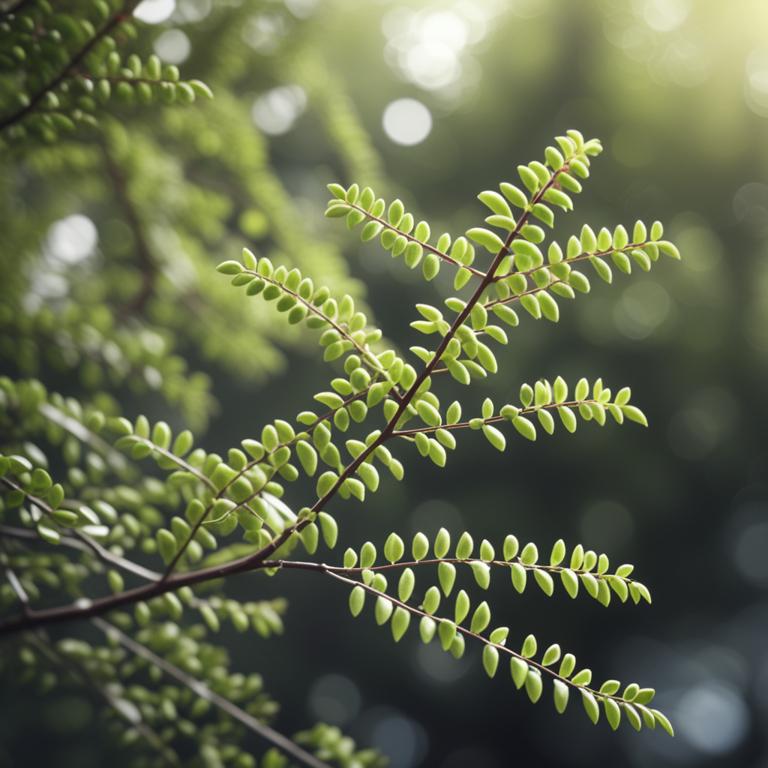
Zanthoxylum americanum is a plant species commonly known as the prickly ash or toothache tree, which is native to eastern North America.
It is a deciduous shrub or small tree with a rich history of traditional use in folk medicine.
Zanthoxylum americanum contains bioactive constituents such as limonoids, alkaloids, and flavonoids, including compounds like zanthoxylum, isopimarin, and limonin.
The herb is valued for its potential benefits, including anti-inflammatory, antimicrobial, and analgesic properties, which can help alleviate toothaches, sore throats, and digestive issues, and it is traditionally used as a mouthwash, in teas, and as a topical application for skin irritations.
Example Benefits:
- Reduces inflammation
- Boosts immune system
- Reduces stress
The following table displays the major preparations of Zanthoxylum americanum and examples of ailments they help cure.
| Preparation | Ailments |
|---|---|
| Zanthoxylum tincture | Fever, insect bites, menstrual cramps |
| American spiced tonic | Cough, respiratory issues, digestive problems |
| Zanthoxylum infusion | Infections, inflammation, arthritis |
| Zanthoxylum tea | Nausea, vomiting, diarrhea |
| Zanthoxylum capsules | Anxiety, asthma, allergies |
Check Zanthoxylum Americanum Complete Medicinal Profile.
93. Zea mays
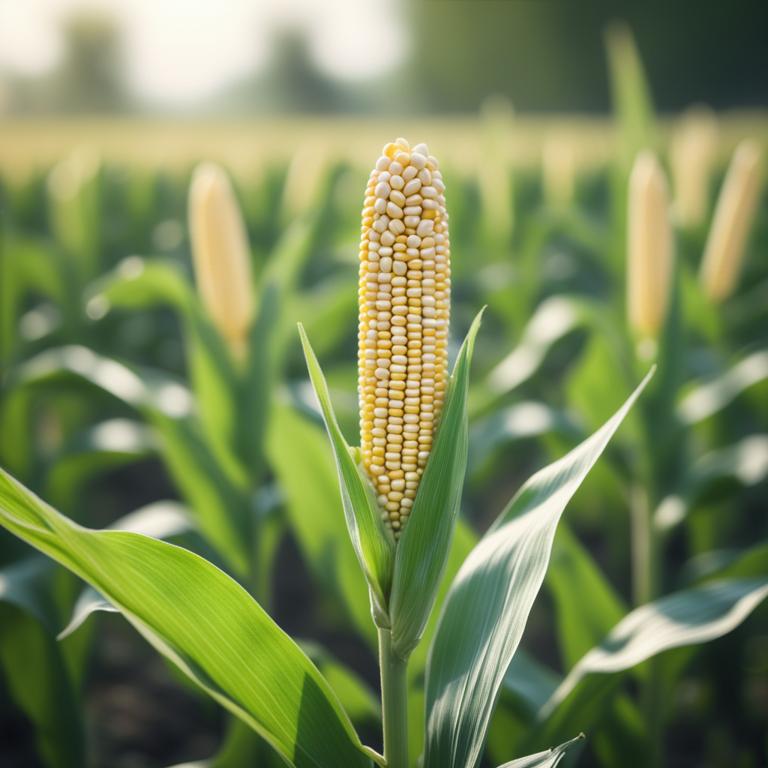
Zea mays is a type of herb also known as corn, belonging to the family Poaceae.
It contains bioactive constituents such as ferulic acid, zeatin, and phenolic compounds, which have been found to possess antioxidant, anti-inflammatory, and anti-cancer properties.
The benefits of Zea mays include its potential to improve cardiovascular health, reduce inflammation, and provide antioxidant protection.
Zea mays is used in various forms, including as a food source, a natural remedy for various health conditions, and as a source of bioactive compounds for the production of pharmaceuticals and cosmetics.
Example Benefits:
- Prevents cancer
- Supports digestive health
- Prevents anemia
- Supports bone health
The following table displays the major preparations of Zea mays and examples of ailments they help cure.
| Preparation | Ailments |
|---|---|
| Corn silk tea | Inflammation, kidney stones, urinary tract infections |
| Corn silk infusion | Diarrhea, irritable bowel syndrome, ulcers |
| Zea mays tincture | Allergies, anxiety, fever |
| Corn silk decoction | Kidney problems, menstrual cramps, swelling |
| Corn silk poultice | Boils, insect bites, skin irritations |
Check Zea Mays Complete Medicinal Profile.
94. Zingiber officinale
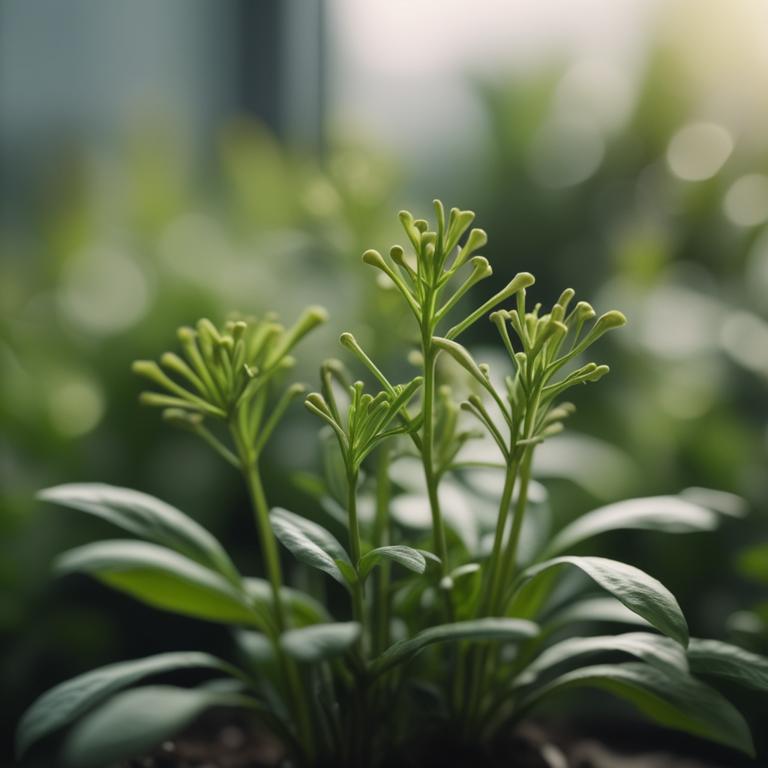
Zingiber officinale is a perennial herb belonging to the Zingiberaceae family, commonly known as ginger, widely cultivated for its medicinal and culinary properties.
This herb contains bioactive constituents such as gingerols (gingerol, shogaol, and zingerone), and sesquiterpenes, which possess anti-inflammatory, antioxidant, and digestive properties.
The benefits of Zingiber officinale include alleviating nausea and vomiting, relieving pain and inflammation, and supporting digestive health.
Ginger is commonly used in traditional medicine and cooking, and its extracts are also found in various food products, teas, and supplements.
Example Benefits:
- Heals colds and flu
- Improves digestion
- Reduces nausea
- Eases menstrual cramps
The following table displays the major preparations of Zingiber officinale and examples of ailments they help cure.
| Preparation | Ailments |
|---|---|
| Ginger tincture | Nausea, morning sickness, digestive issues |
| Ginger tea | Cold, flu, sore throat |
| Ginger capsules | Arthritis, inflammation, muscle pain |
| Ginger oil | Muscle relaxant, pain relief, skin irritations |
| Ginger powder | Digestive issues, heartburn, loss of appetite |
Check Zingiber Officinale Complete Medicinal Profile.
95. Abies balsamea

Abies balsamea is a type of evergreen tree commonly known as balsam fir, belonging to the Pinaceae family.
It is a medicinal herb rich in bioactive constituents such as borneol, bornyl acetate, and α-pinene, which have been shown to possess anti-inflammatory, antimicrobial, and antioxidant properties.
The benefits of Abies balsamea include its potential to alleviate respiratory issues, such as bronchitis and asthma, as well as its ability to reduce stress and anxiety due to its sedative effects.
The herb is used in traditional medicine to make teas, tinctures, and essential oils, which can be used topically to relieve muscle and joint pain, and internally to soothe respiratory issues and promote relaxation.
Example Benefits:
- Reduces inflammation
- Heals wounds
- Treats respiratory problems
- Eases pain
The following table displays the major preparations of Abies balsamea and examples of ailments they help cure.
| Preparation | Ailments |
|---|---|
| Balsam oil | Respiratory issues, muscle pain, skin conditions |
| Balsam tincture | Fever reduction, inflammation, cold and flu |
| Balsam salve | Wound healing, skin irritations, eczema |
| Balsam infusion | Digestive issues, menstrual cramps, anxiety |
| Balsam extract | Asthma relief, allergies, sinusitis |
Check Abies Balsamea Complete Medicinal Profile.
96. Abrus precatorius

Abrus precatorius is a flowering plant in the Fabaceae family, commonly known as the rosary pea or crab's eye, due to its small, rounded seed that resembles an eye.
The herb contains bioactive constituents such as abrin, a powerful toxin, as well as flavonoids, alkaloids, and phenolic acids.
The benefits of Abrus precatorius include its potential anti-inflammatory, antioxidant, and antimicrobial properties.
Traditionally, the herb has been used in various cultures for its medicinal and ornamental purposes, such as in traditional medicine for treating fever and as a decorative element in jewelry due to its seeds' vibrant colors.
Example Benefits:
- Reduces fever
- Treats hypertension
- Reduces blood pressure
- Treats cancer
- Reduces cholesterol
The following table displays the major preparations of Abrus precatorius and examples of ailments they help cure.
| Preparation | Ailments |
|---|---|
| Abrus extract | Fever, rheumatism, nervousness |
| Cordia seed powder | Epilepsy, asthma, neuralgia |
| Abrus tincture | Hemorrhage, malaria, eczema |
| Abrus decoction | Diarrhea, dyspepsia, influenza |
| Abrus oil | Arthritis, rheumatoid arthritis, skin infections |
Check Abrus Precatorius Complete Medicinal Profile.
97. Abutilon indicum

Abutilon indicum is a medicinal herb also known as Indian mallow, belonging to the family Malvaceae.
It is rich in bioactive constituents such as flavonoids, terpenoids, and alkaloids, including abutilone, abutiloside, and indicine.
The herb is known for its anti-inflammatory, antibacterial, and antiviral properties, which make it beneficial for treating various health conditions including fever, diarrhea, and skin disorders.
The uses of Abutilon indicum include traditional medicine, skincare products, and as a potential treatment for wounds, skin infections, and other inflammatory diseases.
Example Benefits:
- Reduces fever
- Treats dysentery
- Treats diarrhea
- Treats fungal infections
- Treats snake bites
The following table displays the major preparations of Abutilon indicum and examples of ailments they help cure.
| Preparation | Ailments |
|---|---|
| Kamala taila | Skin diseases, eczema, psoriasis |
| Kamala guggulu | Respiratory issues, cough, asthma |
| Kamala ras | Digestive problems, diarrhea, constipation |
| Kamala bhasma | Fever, inflammation, rheumatism |
| Kamala kwath | Urinary issues, infections, pain |
Check Abutilon Indicum Complete Medicinal Profile.
98. Acacia catechu

Acacia catechu is a shrub or small tree native to tropical Asia, its bark is used as a herbal remedy and is also known as catechu or khair.
The herb contains bioactive constituents such as catechin, epicatechin, and other flavonoids, which have antioxidant, anti-inflammatory, and antimicrobial properties.
Acacia catechu has been traditionally used to treat various health issues, including gum inflammation, mouth ulcers, and digestive problems, and its benefits also include its potential to reduce oxidative stress and improve cardiovascular health.
The herb is used in traditional medicine in various parts of the world, including Ayurvedic medicine in India and Unani medicine in the Middle East, and it is also used as a natural food coloring and preservative.
Example Benefits:
- Cures diarrhea
- Cures dysentery
- Treats typhoid
- Reduces fever
- Treats cholera
The following table displays the major preparations of Acacia catechu and examples of ailments they help cure.
| Preparation | Ailments |
|---|---|
| Cutch | Diarrhea, dysentery, skin infections |
| Khair | Mouth ulcers, gum infections, bad breath |
| Bengal cutch | Wound healing, fungal infections, antiseptic properties |
| Khair powder | Insect bites, skin conditions, oral health |
| Catechu bark | Digestive issues, respiratory problems, antiviral properties |
Check Acacia Catechu Complete Medicinal Profile.
99. Acacia nilotica

Acacia nilotica is a shrub or tree species that belongs to the family Fabaceae and is commonly known as the black acacia or babul.
It is a medicinal herb that contains bioactive constituents such as flavonoids, tannins, and glycosides, including quercetin, fisetin, and gallic acid.
The bioactive constituents of Acacia nilotica have been reported to exhibit antioxidant, anti-inflammatory, and antimicrobial properties, which are believed to contribute to its various health benefits, including the reduction of blood sugar levels, the improvement of cardiovascular health, and the protection against certain types of cancer.
Acacia nilotica is used in traditional medicine to treat various ailments and is also used as a natural remedy for skin problems, wounds, and digestive issues, and is even used in the production of herbal teas and extracts.
Example Benefits:
- Heals wounds
- Relieves menstrual cramps
- Relieves anxiety
- Treats fever
The following table displays the major preparations of Acacia nilotica and examples of ailments they help cure.
| Preparation | Ailments |
|---|---|
| Gum arabic | Sore throat, cough, respiratory issues |
| Acacia tincture | Fever, insect bites, skin infections |
| Niloticum extract | Digestive issues, diarrhea, stomach pain |
| Acacia infusion | Urinary tract infections, kidney stones, menstrual cramps |
| Acacia decoction | Cancer, tumor, immune system boost |
Check Acacia Nilotica Complete Medicinal Profile.
100. Acanthus mollis

Acanthus mollis is a herbaceous perennial plant that belongs to the Acanthus family, commonly known as bear's breech or woolly bear's breech.
It is a type of acanthus plant that is native to the Mediterranean region, and is known for its soft, woolly leaves and tall spikes of white or pink flowers.
The bioactive constituents of Acanthus mollis herb include flavonoids, such as acanthoside and apigenin, as well as sesquiterpenes and other compounds that have been shown to have anti-inflammatory and antioxidant properties.
The herb has been used in traditional medicine to treat a variety of health issues, including skin conditions, respiratory problems, and digestive issues, and is also used in skincare products for its anti-aging and soothing properties.
Example Benefits:
- Reduces stress
- Improves digestion
- Improves cognitive function
The following table displays the major preparations of Acanthus mollis and examples of ailments they help cure.
| Preparation | Ailments |
|---|---|
| Acanthus infusion | Fever, inflammation, diarrhea |
| Acanthus tincture | Respiratory issues, skin irritations, infections |
| Acanthus decoction | Gastrointestinal issues, muscle spasms, menstrual cramps |
| Acanthus salve | Wounds, burns, skin conditions |
| Acanthus tea | Stress, anxiety, digestive issues |
Check Acanthus Mollis Complete Medicinal Profile.
101. Achyranthes bidentata

Achyranthes bidentata is a medicinal herb that belongs to the family Amaranthaceae, commonly known as Chinese thorowax or two-leaf achyranthes.
It is a traditional Chinese medicine that contains various bioactive constituents, including alkaloids, flavonoids, and saponins, such as achyranthine, isochyranthine, and baicalein.
The herb has been reported to have several benefits, including anti-inflammatory, antioxidant, and anti-cancer properties, which can help to treat conditions such as arthritis, fever, and certain types of cancer.
Achyranthes bidentata is used in traditional Chinese medicine to treat various ailments, including pain, fever, and respiratory issues, and is often administered in the form of decoctions, capsules, or injections.
Example Benefits:
- Reduces inflammation
- Relieves pain
- Heals fever
The following table displays the major preparations of Achyranthes bidentata and examples of ailments they help cure.
| Preparation | Ailments |
|---|---|
| Dang gui | Menstrual irregularity, menopausal symptoms, infertility |
| Si wu tang | Anemia, menstrual cramps, weakness |
| Ge jie tang | Arthritis, joint pain, inflammation |
| Achyranthes root extract | Urinary tract infections, kidney stones, urinary incontinence |
| Ge jie san | Fever, diarrhea, constipation |
Check Achyranthes Bidentata Complete Medicinal Profile.
102. Aconitum napellus

Aconitum napellus is a perennial herb belonging to the Ranunculaceae family, commonly known as monk's hood or wolf's bane.
The bioactive constituents of Aconitum napellus include alkaloids, such as aconitine, aconitine-8-epimer, and aconitidine, which exhibit analgesic, anti-inflammatory, and antimicrobial properties.
The herb is known for its benefits in relieving pain, reducing inflammation, and treating various health conditions, including arthritis, gout, and anxiety disorders.
Traditionally, Aconitum napellus has been used in herbal medicine to make tinctures, teas, and salves, and it is also used in homeopathic medicine to treat various health issues.
Example Benefits:
- Eases pain
- Reduces inflammation
- Heals wounds
The following table displays the major preparations of Aconitum napellus and examples of ailments they help cure.
| Preparation | Ailments |
|---|---|
| Aconitum tincture | Fever, rheumatism, nerve pain |
| Aconitum extract | Insect bites, headache, insomnia |
| Aconitum powder | Cold, cough, bronchitis |
| Aconitum tea | Fatigue, anxiety, muscle aches |
| Aconitum ointment | Skin irritation, wound healing, bruises |
Check Aconitum Napellus Complete Medicinal Profile.
103. Adhatoda vasica

Adhatoda vasica is a medicinal herb native to tropical regions, particularly in Asia, also known as Malabar nut or Vasa.
It contains bioactive constituents such as vasicine and vasicinone, which have been shown to have anti-inflammatory, antioxidant, and antimicrobial properties.
The benefits of Adhatoda vasica include its ability to reduce respiratory issues such as bronchitis, asthma, and coughs, as well as its potential to aid in the management of diabetes and hypertension.
This herb is commonly used in traditional medicine to make teas, tinctures, and capsules, and is also used as a natural expectorant and bronchodilator to relieve respiratory symptoms.
Example Benefits:
- Treats asthma
- Soothes coughs
- Reduces inflammation
- Soothes sore throats
The following table displays the major preparations of Adhatoda vasica and examples of ailments they help cure.
| Preparation | Ailments |
|---|---|
| Adhatoda decoction | Asthma, cough, bronchitis |
| Vasaka churna | Cold, flu, sore throat |
| Adhatoda tea | Respiratory issues, inflammation, allergies |
| Adhatoda infusion | Fever, mucus, congestion |
Check Adhatoda Vasica Complete Medicinal Profile.
104. Adiantum capillus-veneris

Adiantum capillus-veneris is a type of herb also known as the Venus hair fern or maidenhair fern, belonging to the Pteridaceae family.
The bioactive constituents of this herb include flavonoids, phenolic acids, and terpenoids, which have been shown to exhibit antioxidant, anti-inflammatory, and antimicrobial properties.
Adiantum capillus-veneris has been traditionally used to treat various health conditions, including fever, skin irritations, and respiratory issues, due to its potential benefits in reducing inflammation and improving immune function.
The herb is used in traditional medicine, skincare products, and as a natural remedy for soothing irritated skin and promoting wound healing.
Example Benefits:
- Reduces inflammation
- Fights bacterial infections
- Lowers blood pressure
- Treats digestive issues
The following table displays the major preparations of Adiantum capillus-veneris and examples of ailments they help cure.
| Preparation | Ailments |
|---|---|
| Adiantum decoction | Fever, diarrhea, kidney stones |
| Venus hair cap tincture | Hemorrhage, menstrual disorders, epilepsy |
| Maidenhair infusion | Dyspepsia, indigestion, inflammation |
| Adiantum tonic | Anemia, fatigue, poor circulation |
Check Adiantum Capillus-Veneris Complete Medicinal Profile.
105. Adonis vernalis

Adonis vernalis is a perennial herb belonging to the buttercup family (Ranunculaceae), commonly known as Adonis vernalis or False Hellebore.
It is native to Europe and Asia, and its roots, leaves, and flowers are used in traditional medicine for their bioactive constituents, including alkaloids, glycosides, and saponins.
These bioactive compounds have been shown to possess anti-inflammatory, antioxidant, and immunomodulatory properties, which may contribute to the herb's reported benefits, such as reducing inflammation and improving immune function.
Adonis vernalis is used in traditional medicine to treat various health conditions, including fever, rheumatism, and digestive issues, and is also valued for its potential to promote wound healing and reduce pain.
Example Benefits:
- Reduces inflammation
- Treats respiratory issues
- Reduces pain
- Improves digestive health
- Eases respiratory congestion
The following table displays the major preparations of Adonis vernalis and examples of ailments they help cure.
| Preparation | Ailments |
|---|---|
| Adonis tincture | Anxiety, insomnia, restlessness |
| Vernalis infusion | Fever, inflammation, pain |
| Spring blossom extract | Diarrhea, nausea, vomiting |
| Early spring decoction | Cold, flu, respiratory issues |
| Fragrant root salve | Wounds, cuts, skin infections |